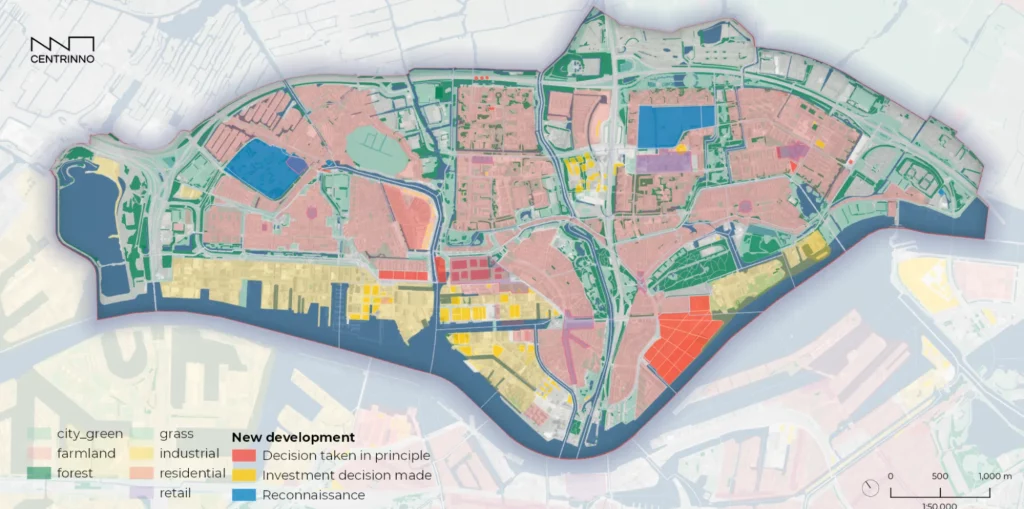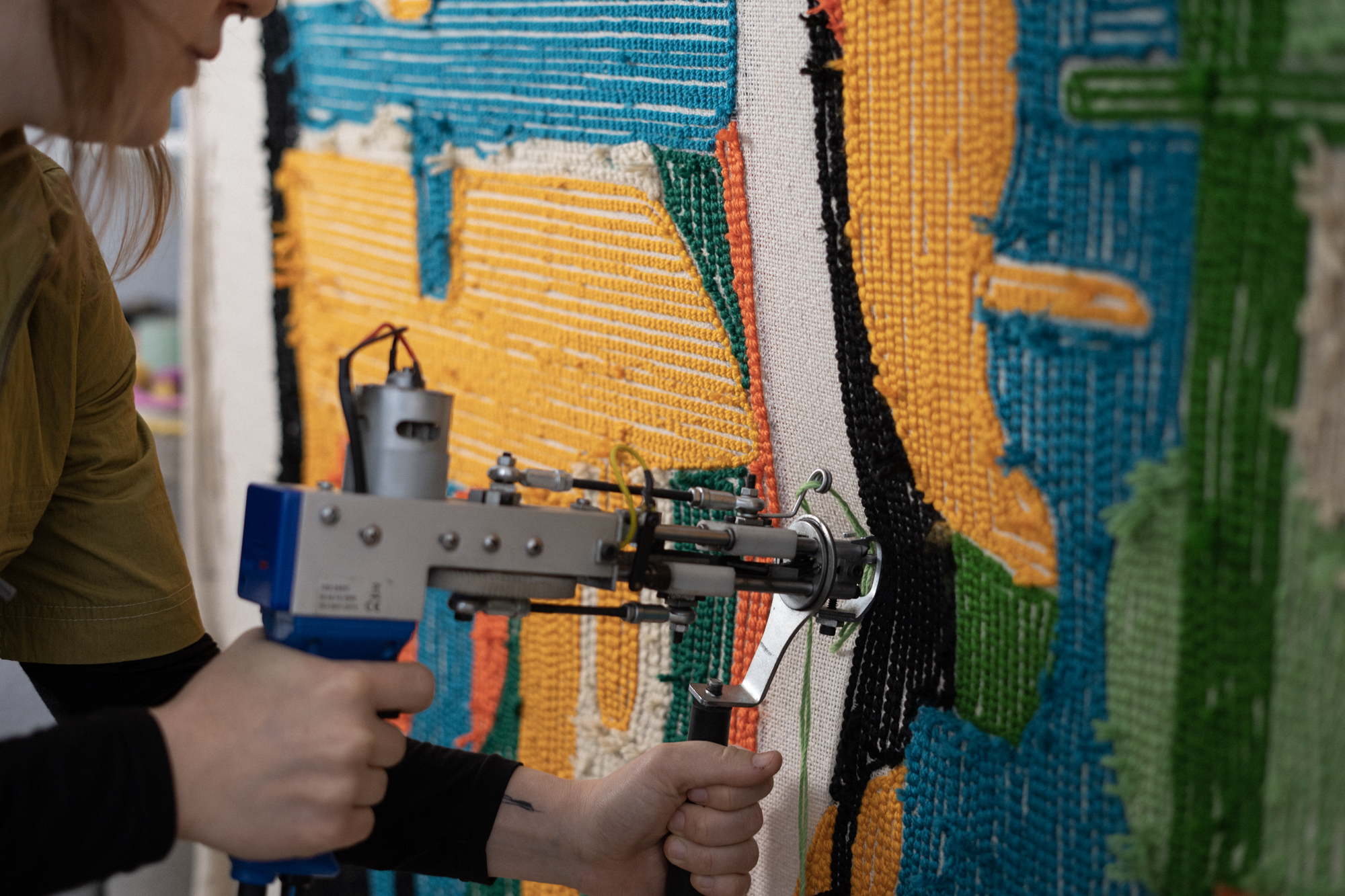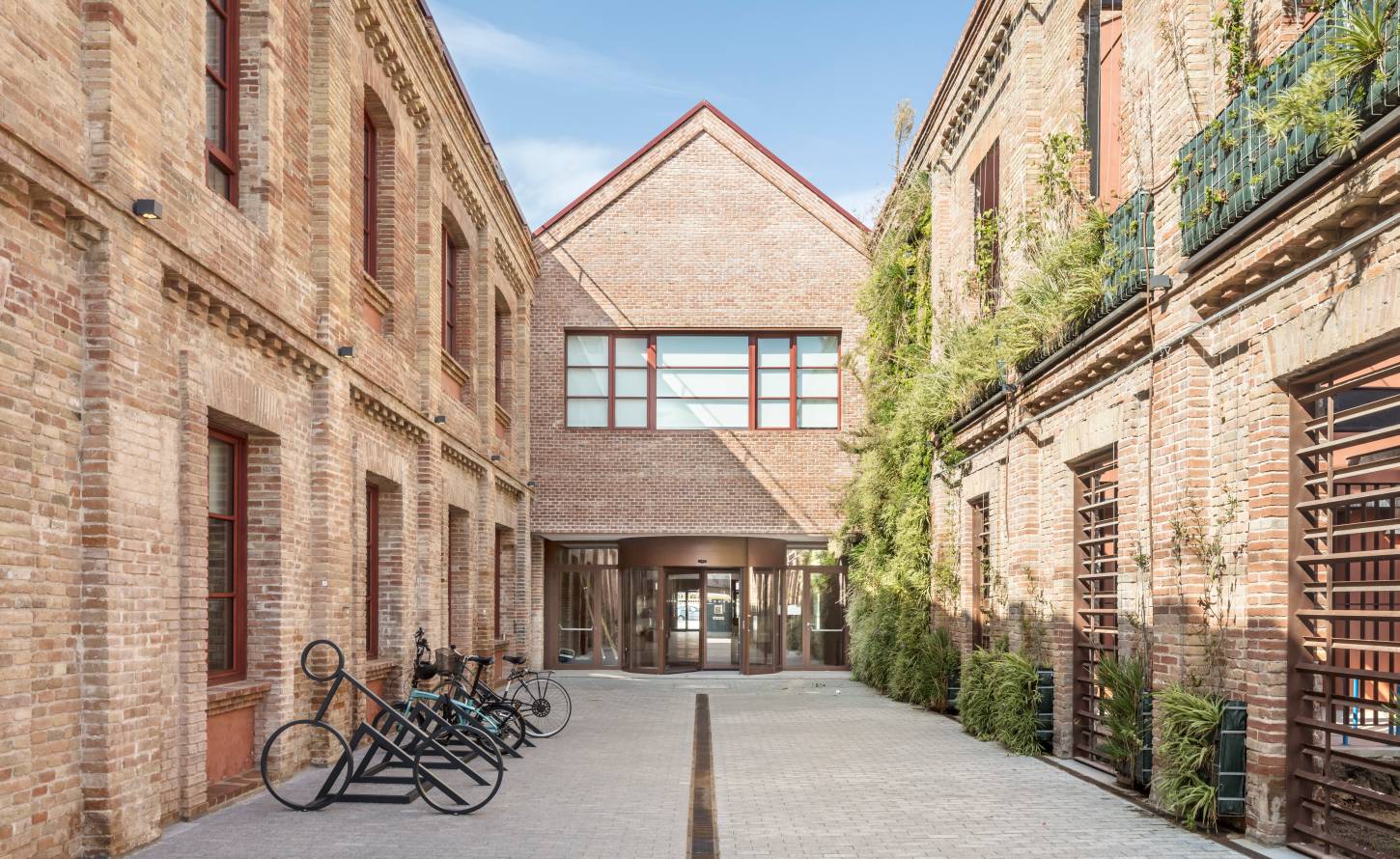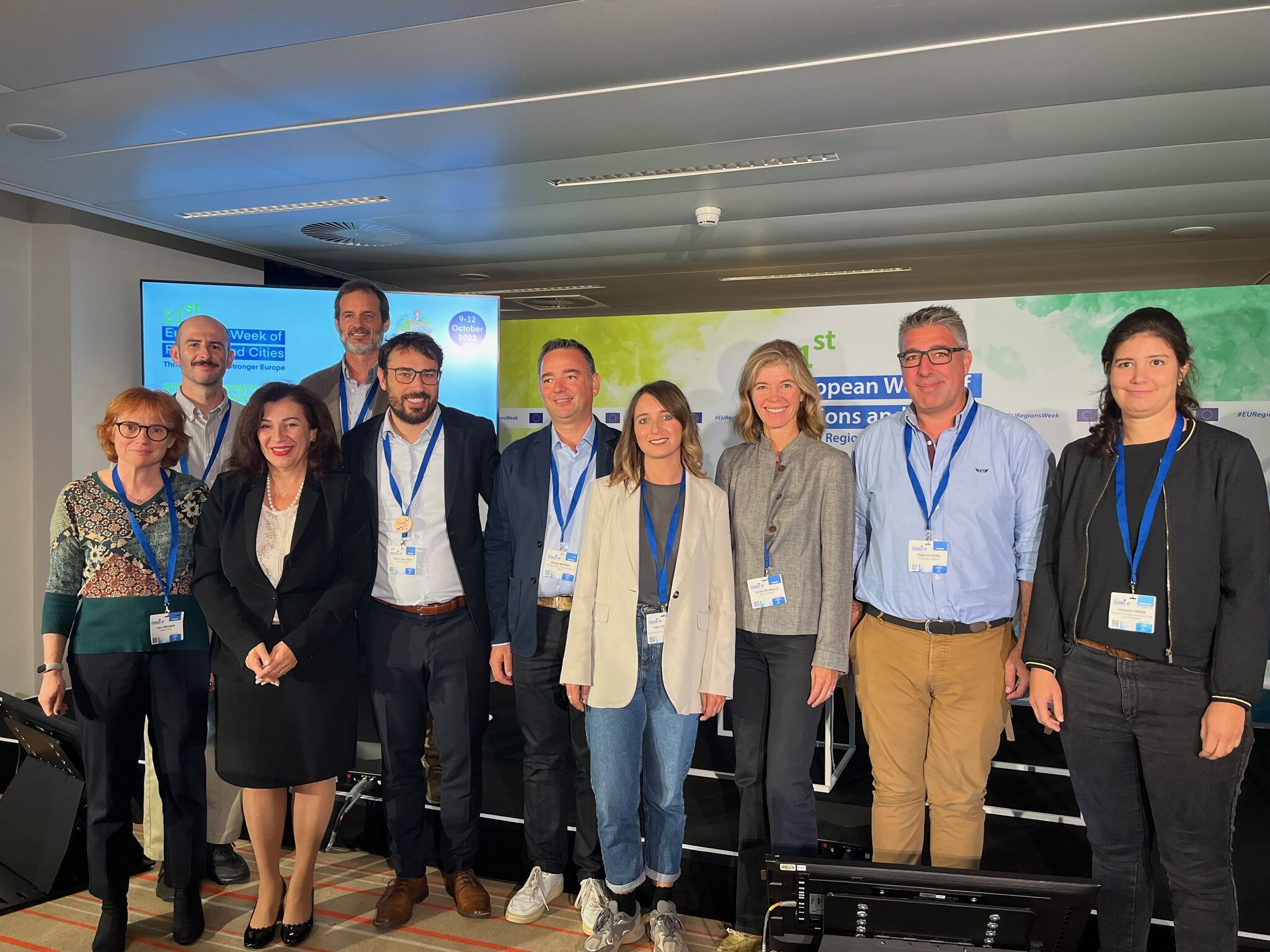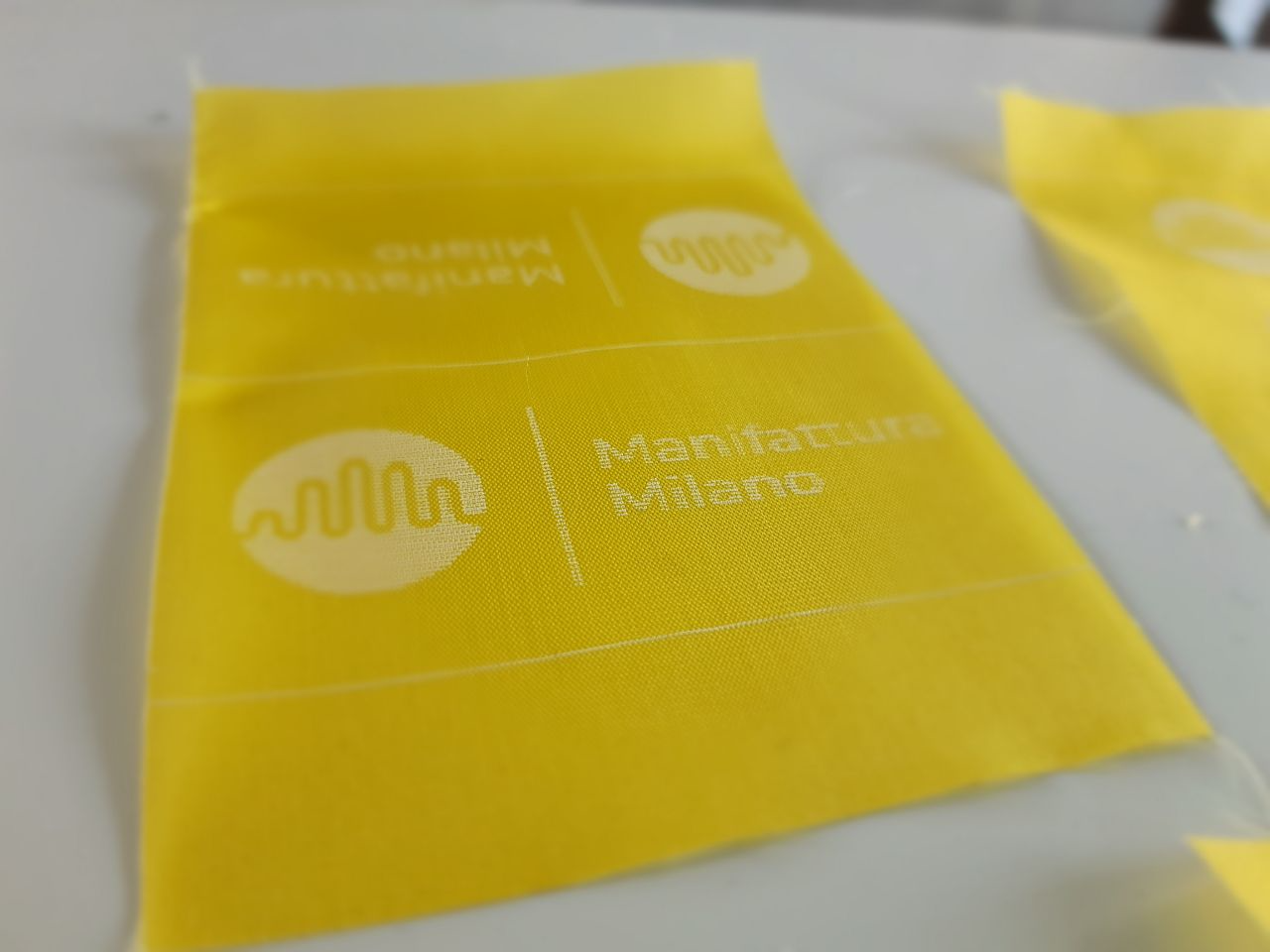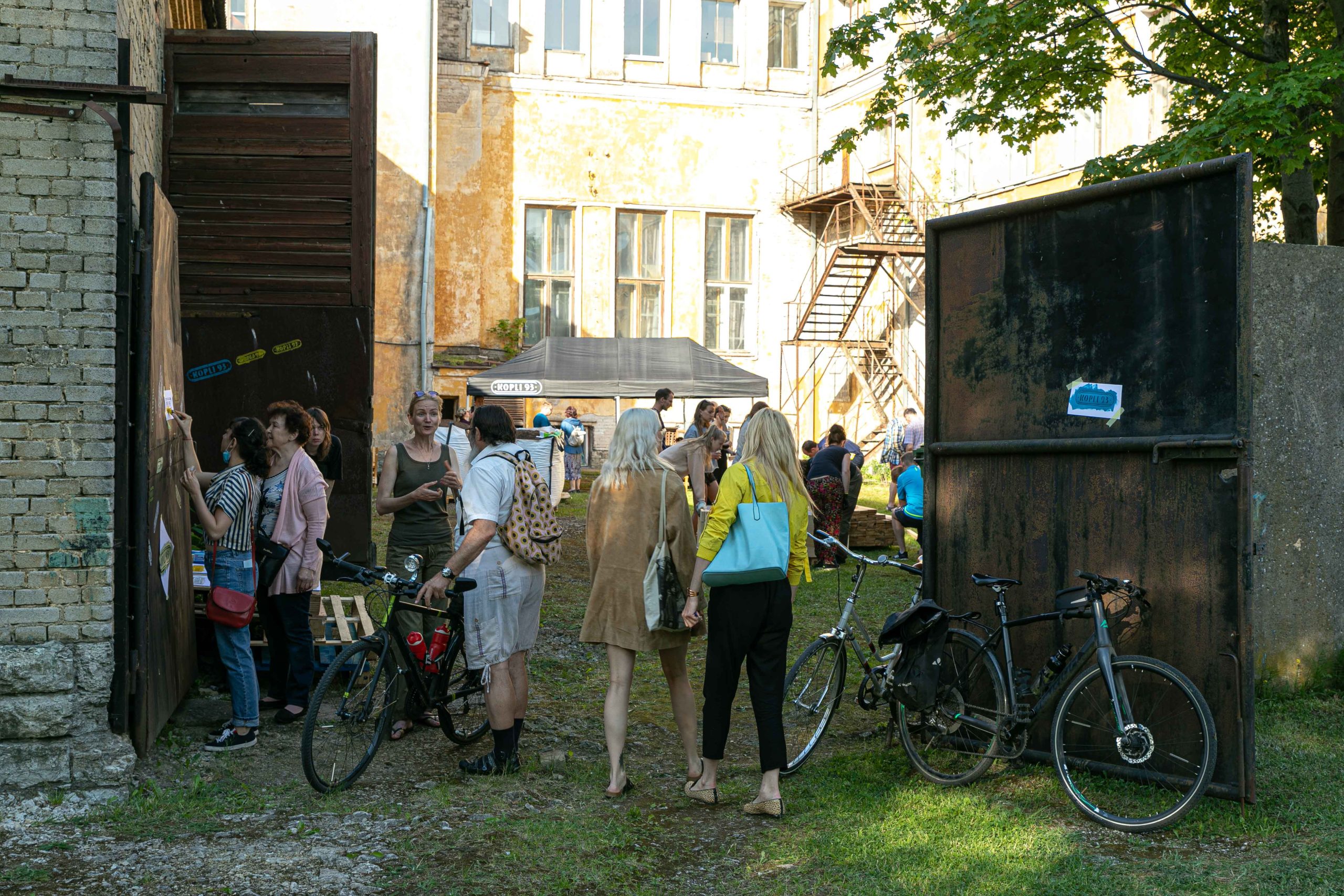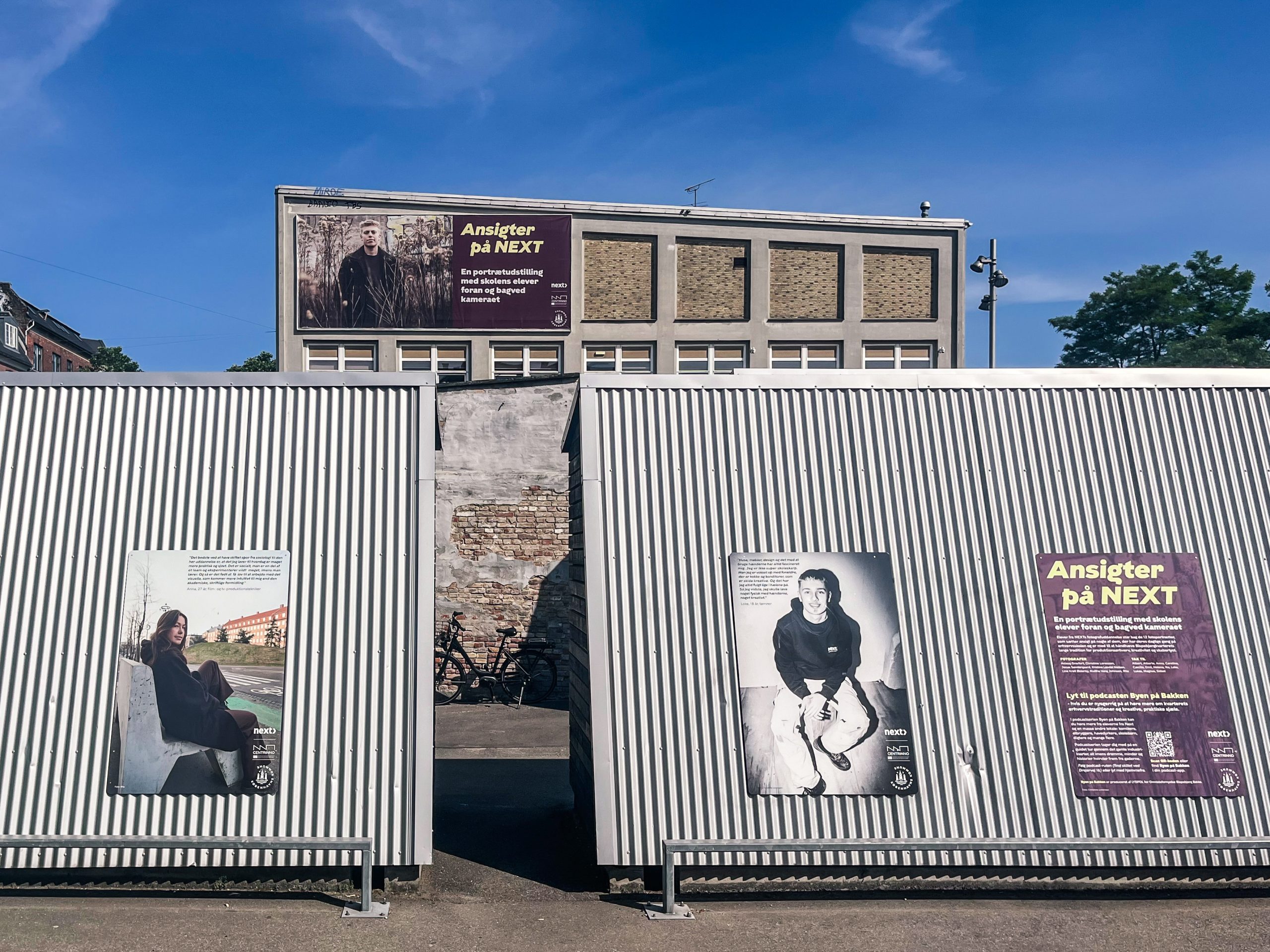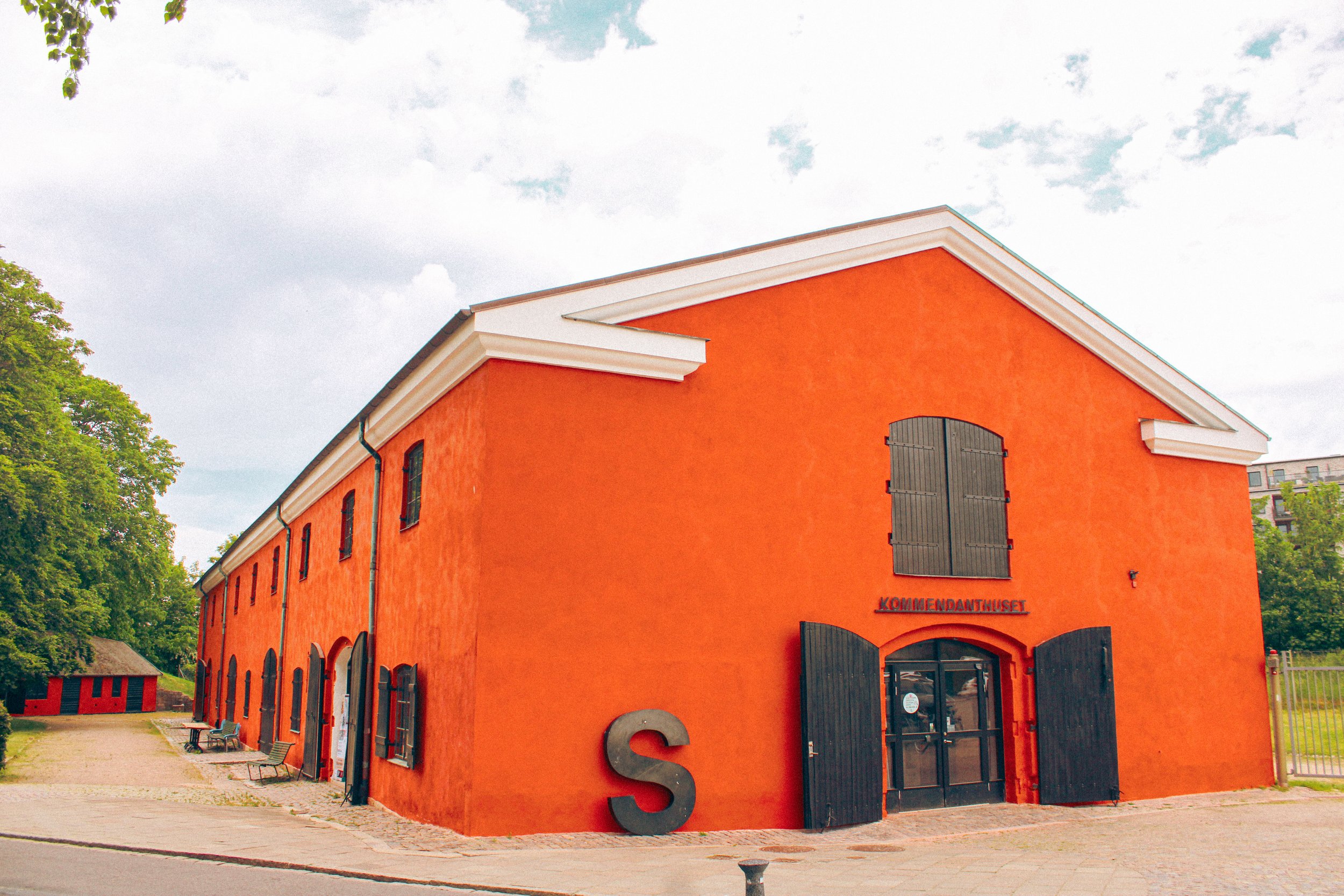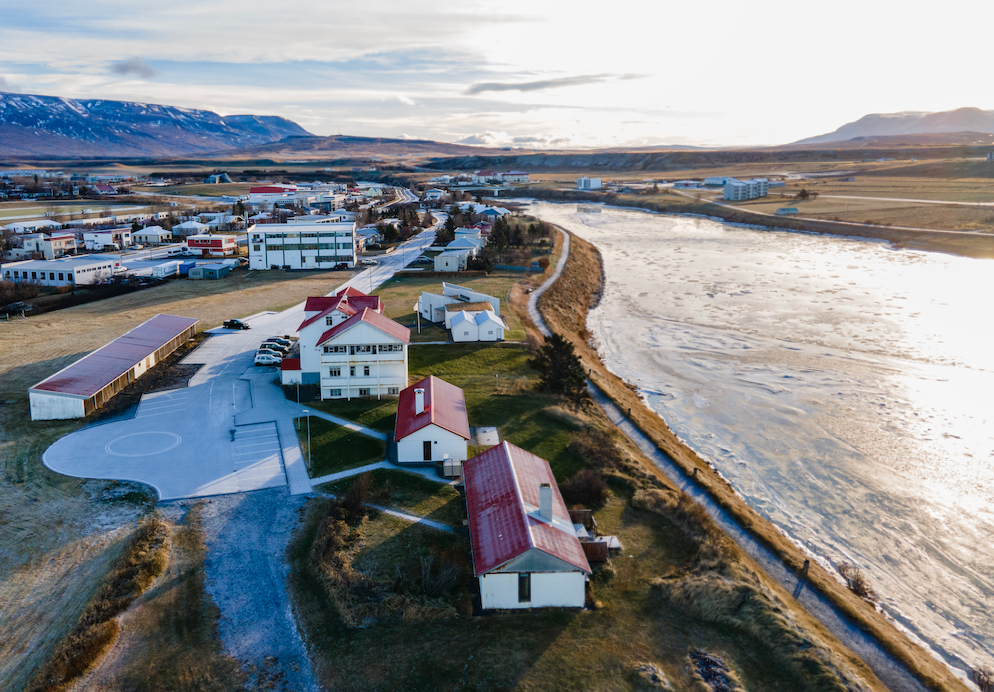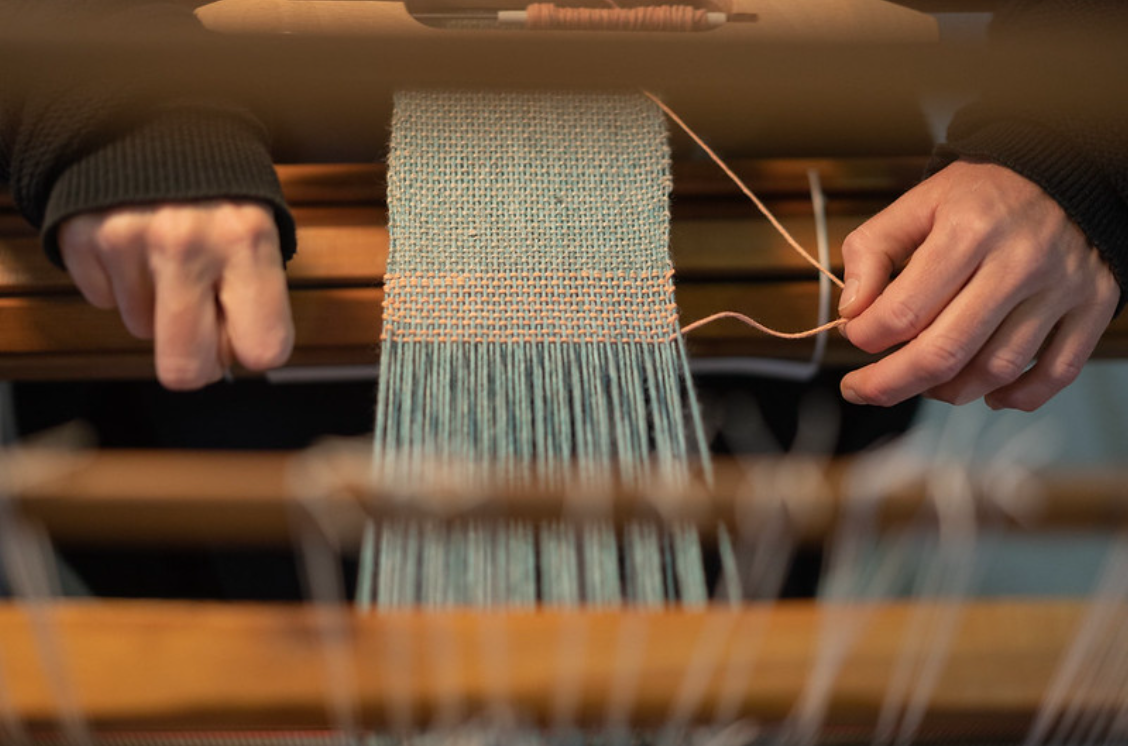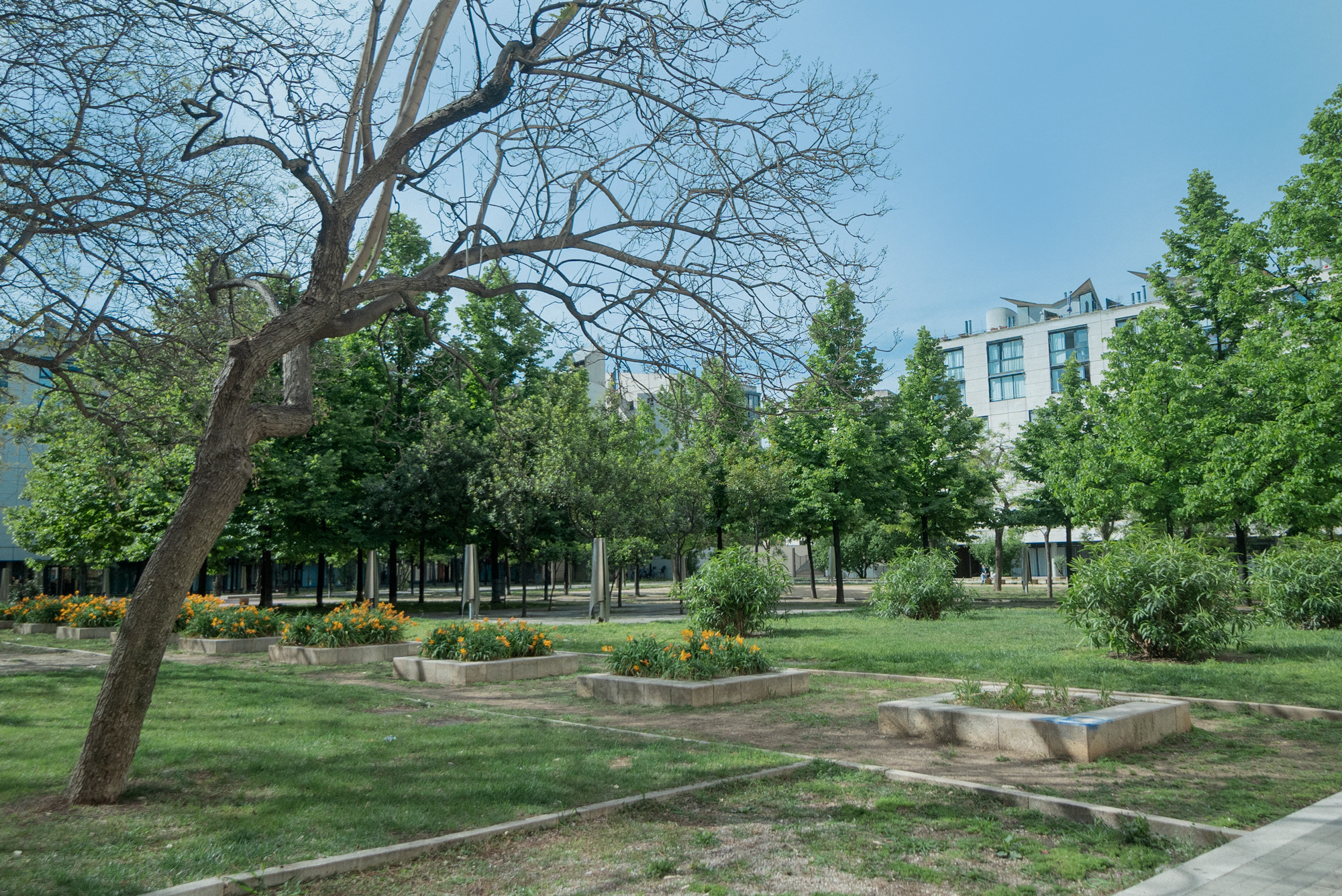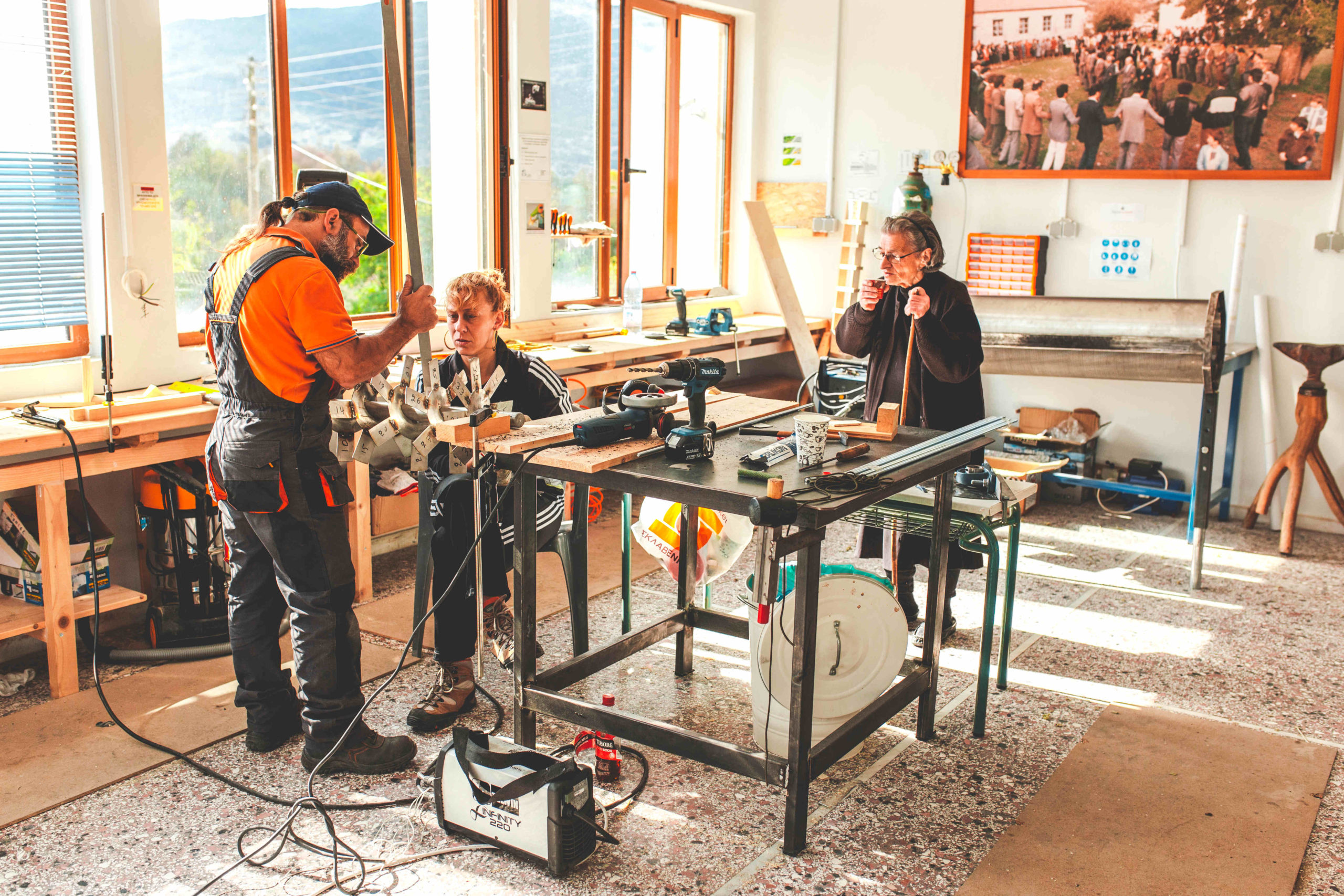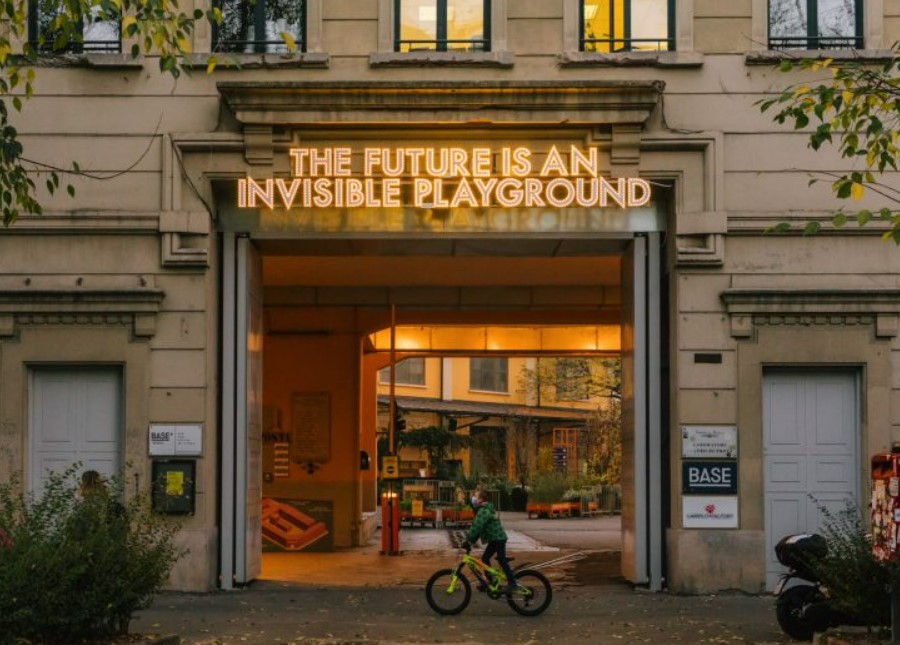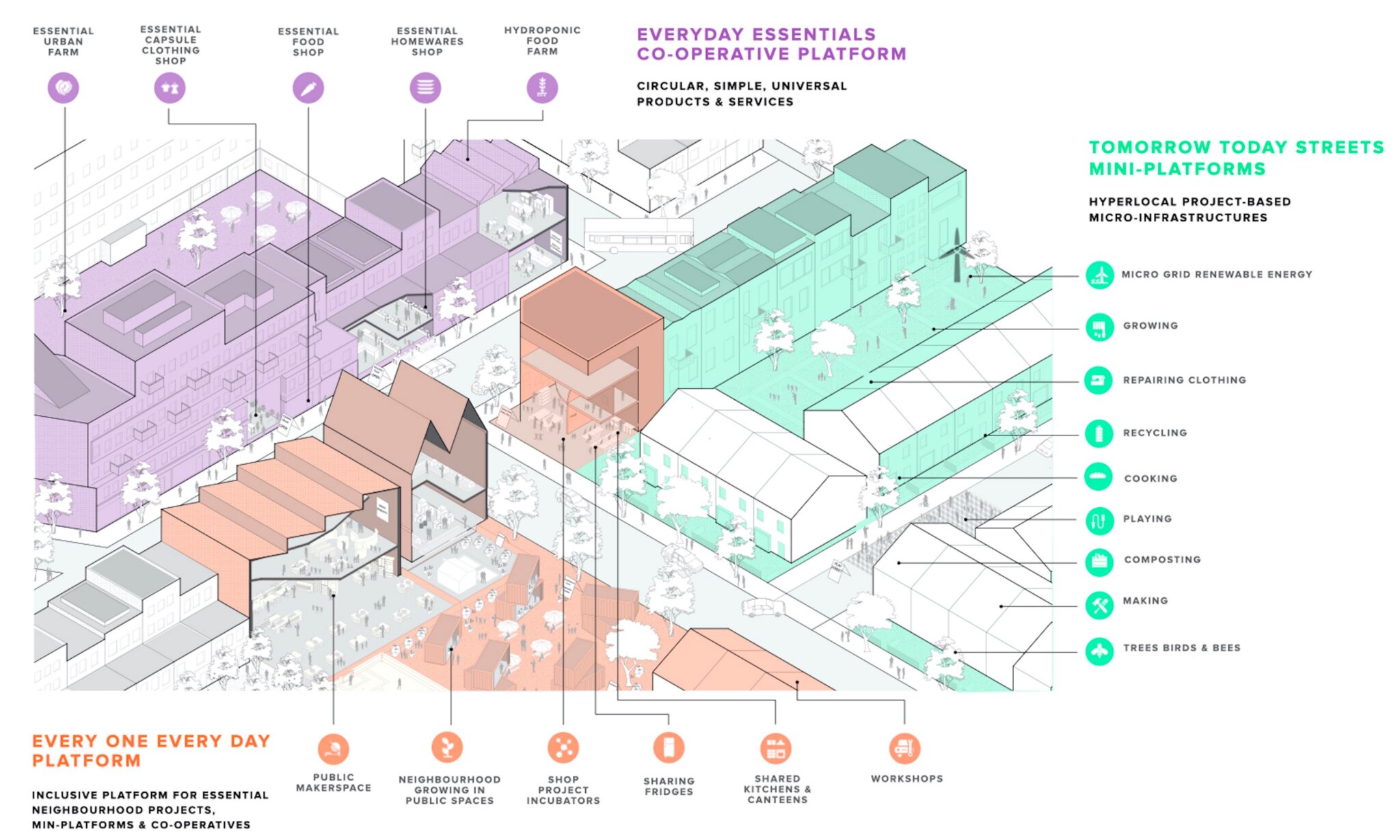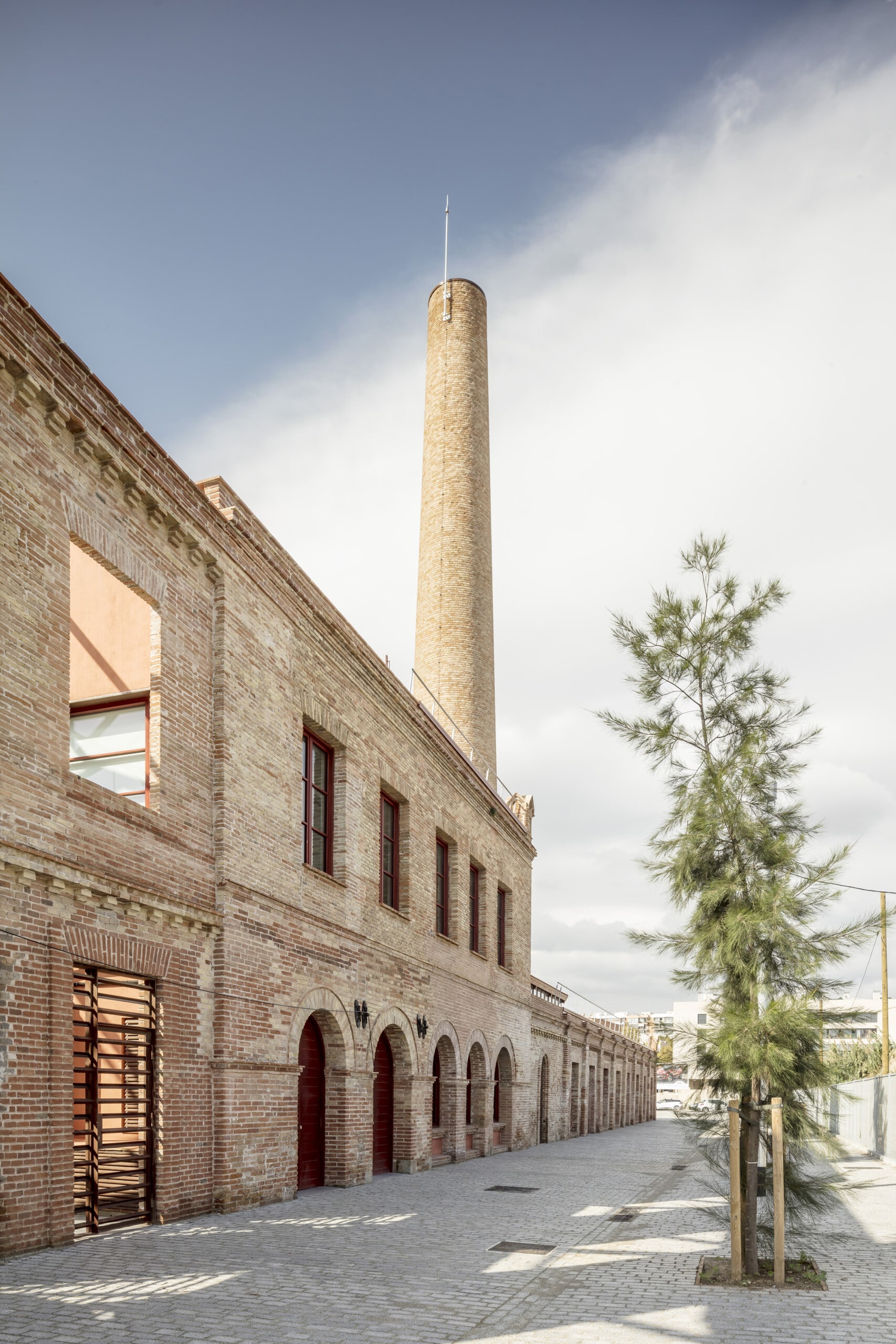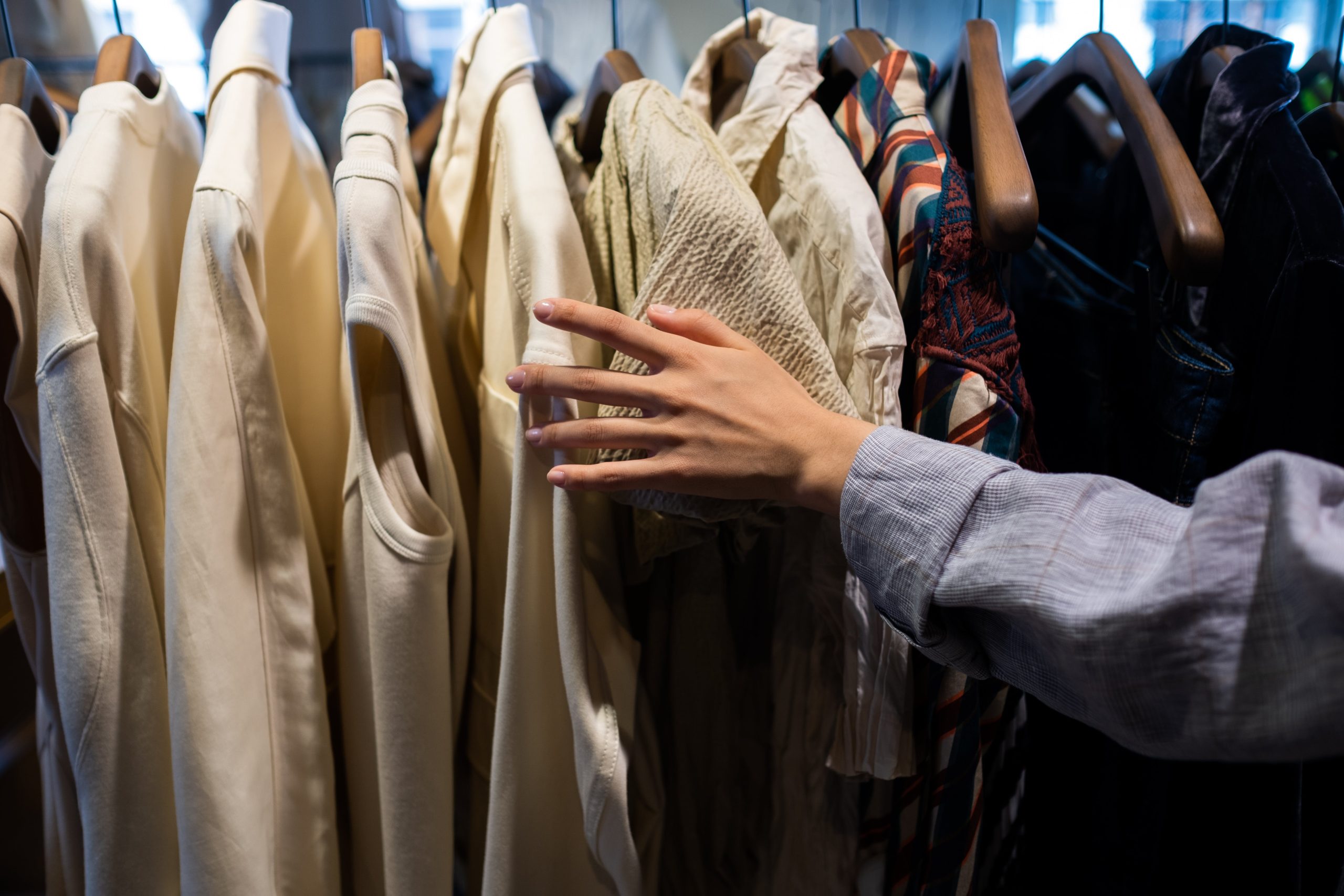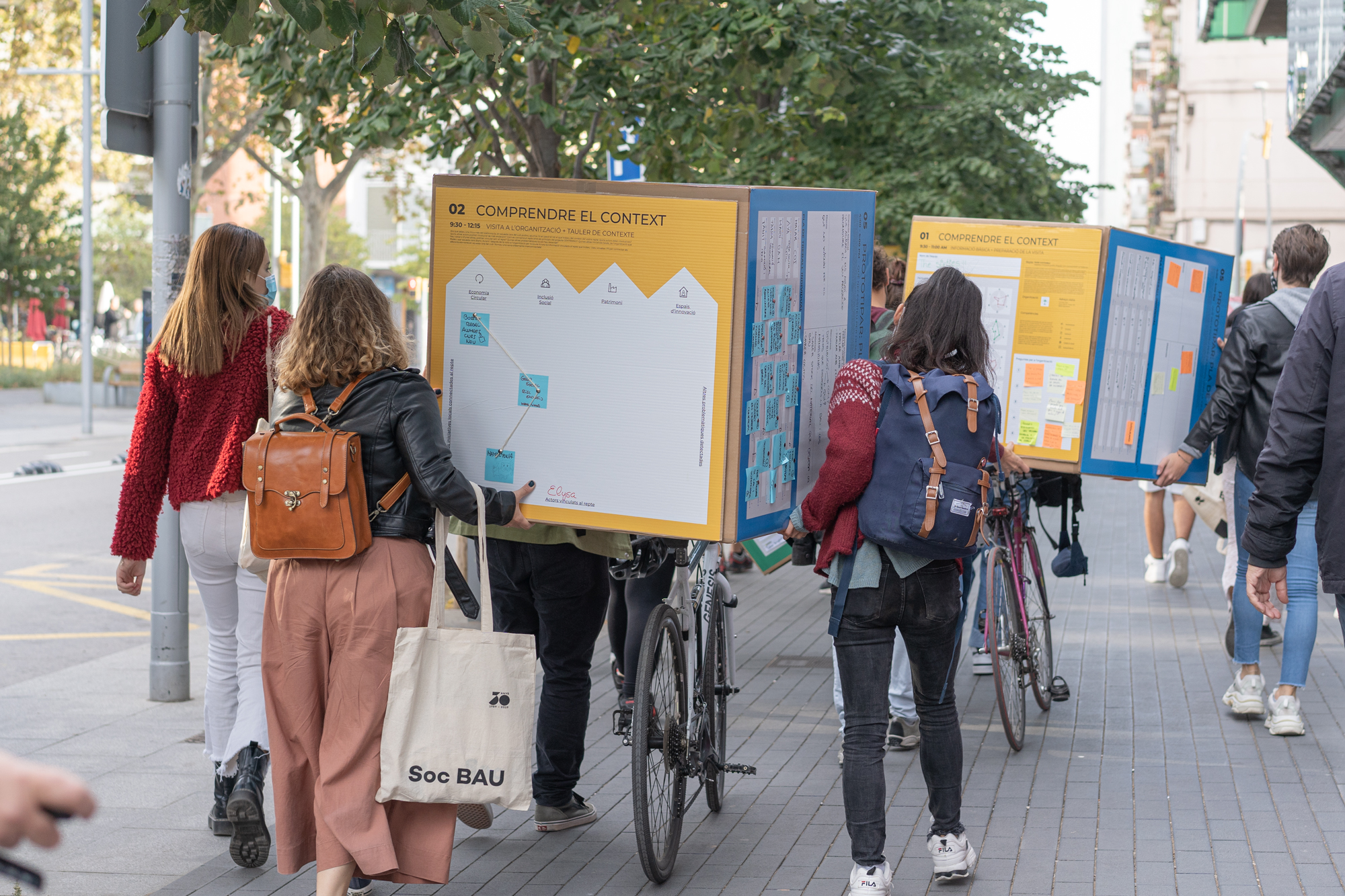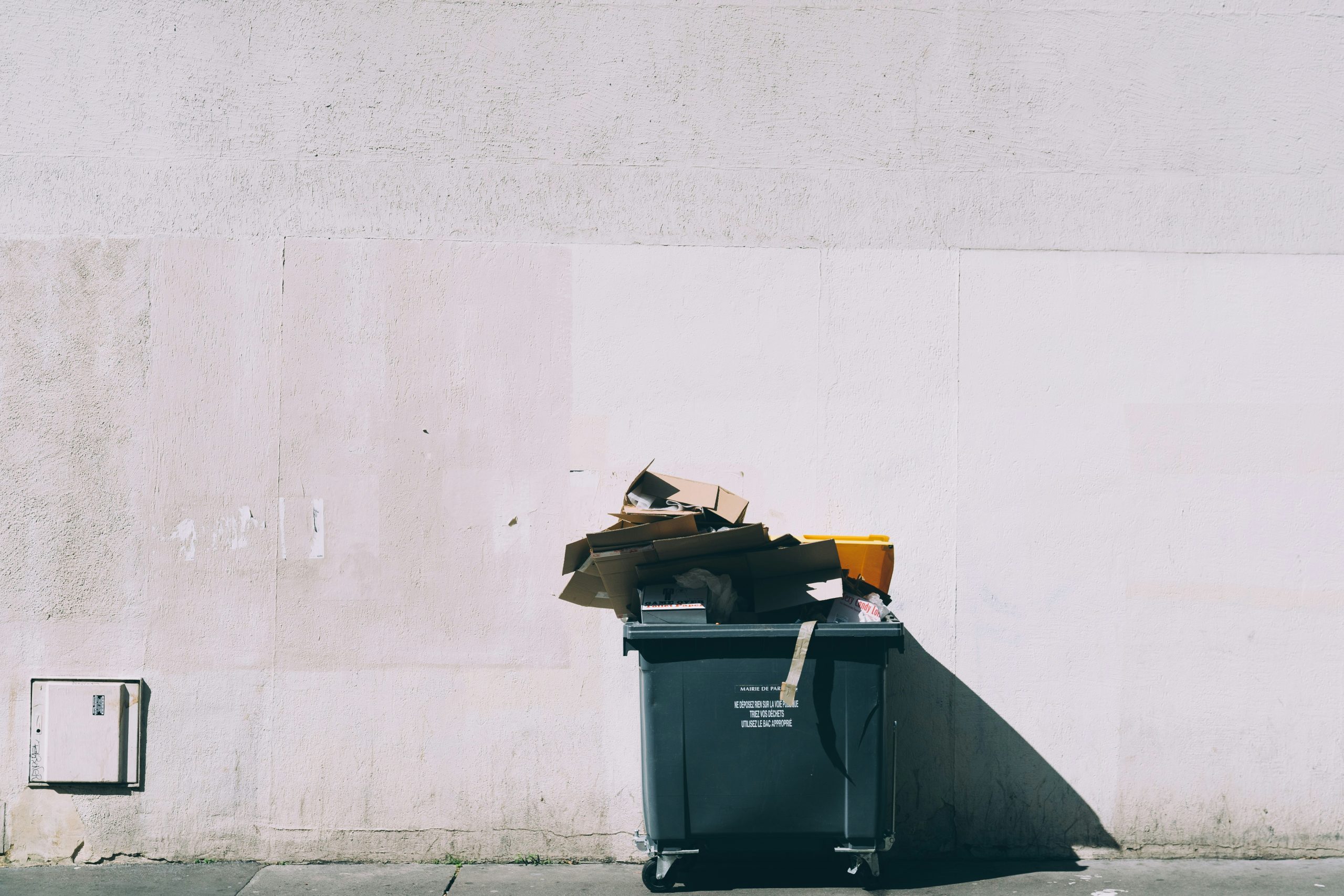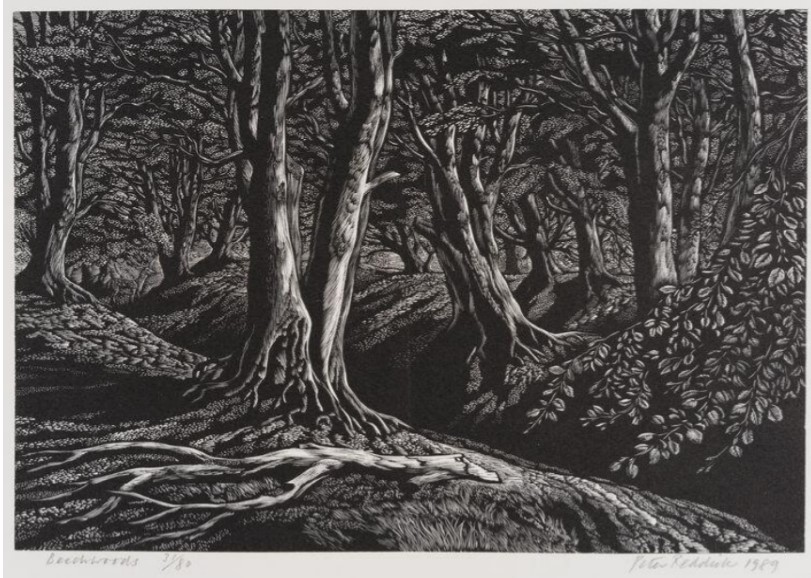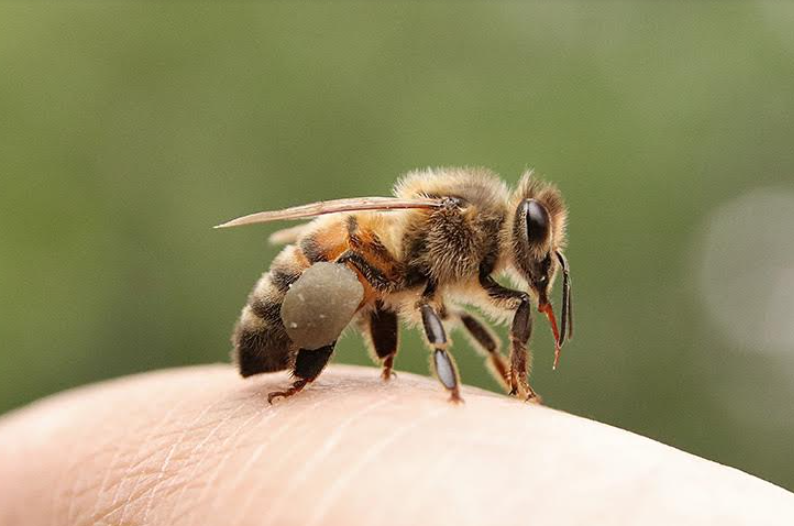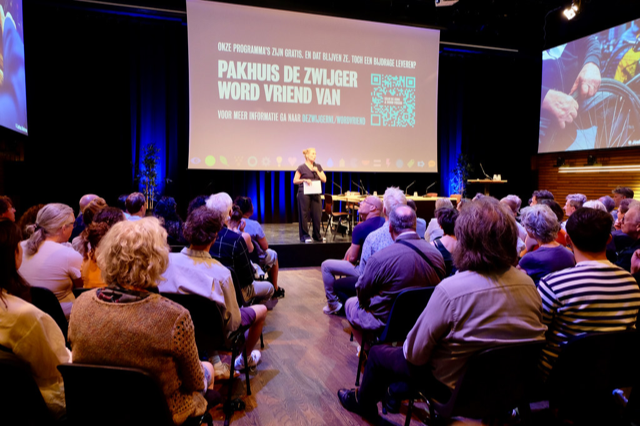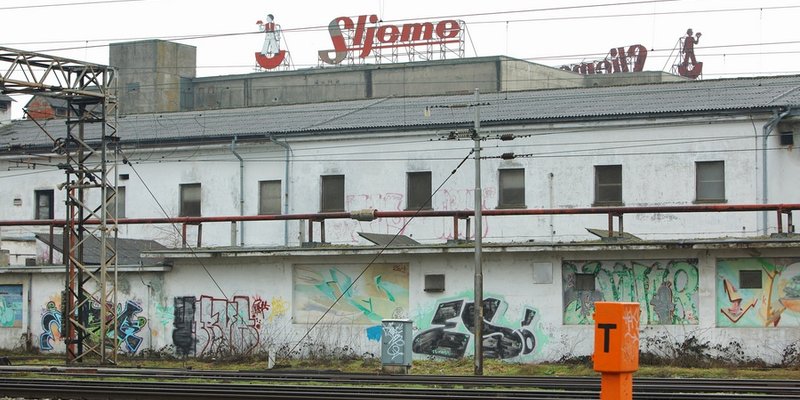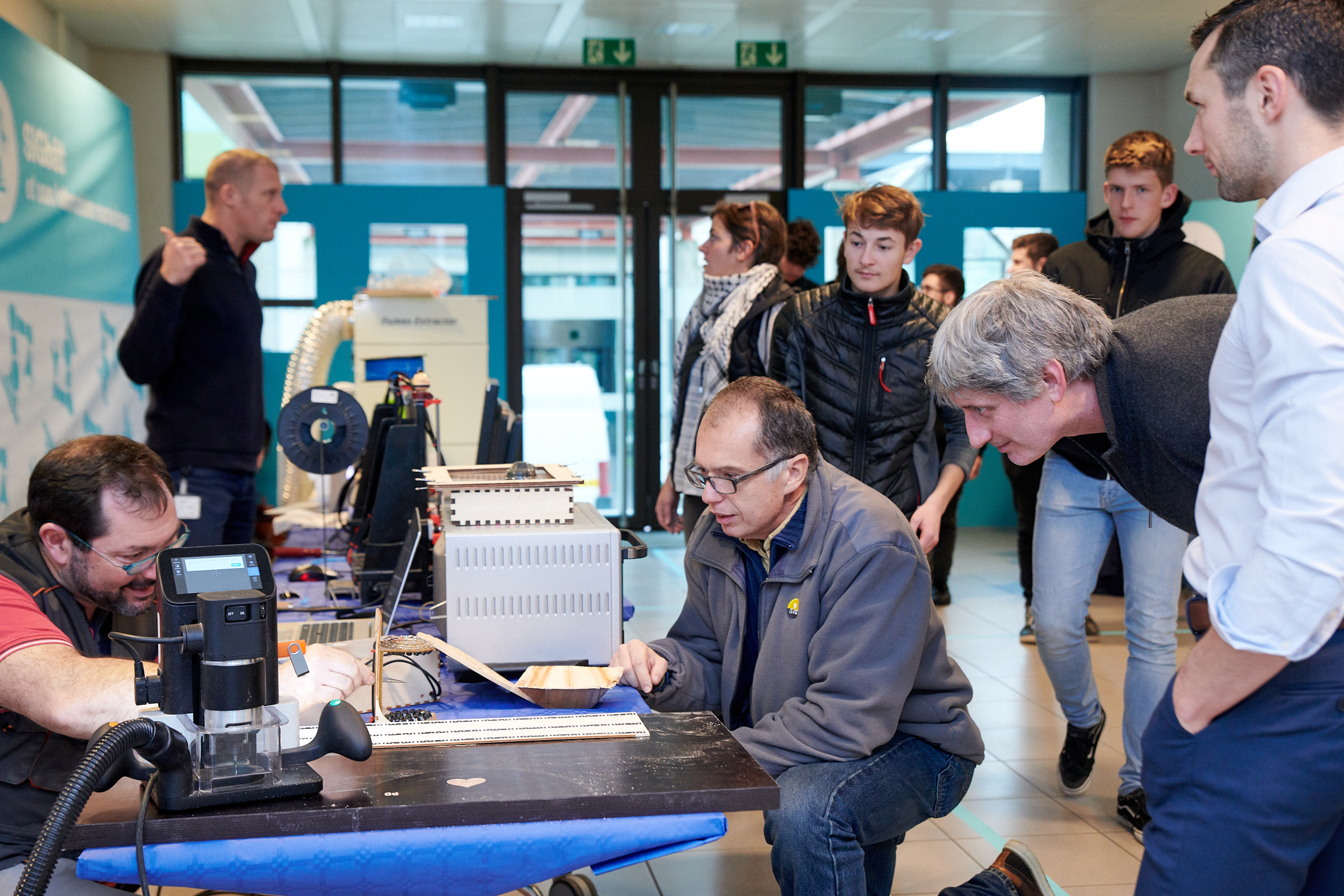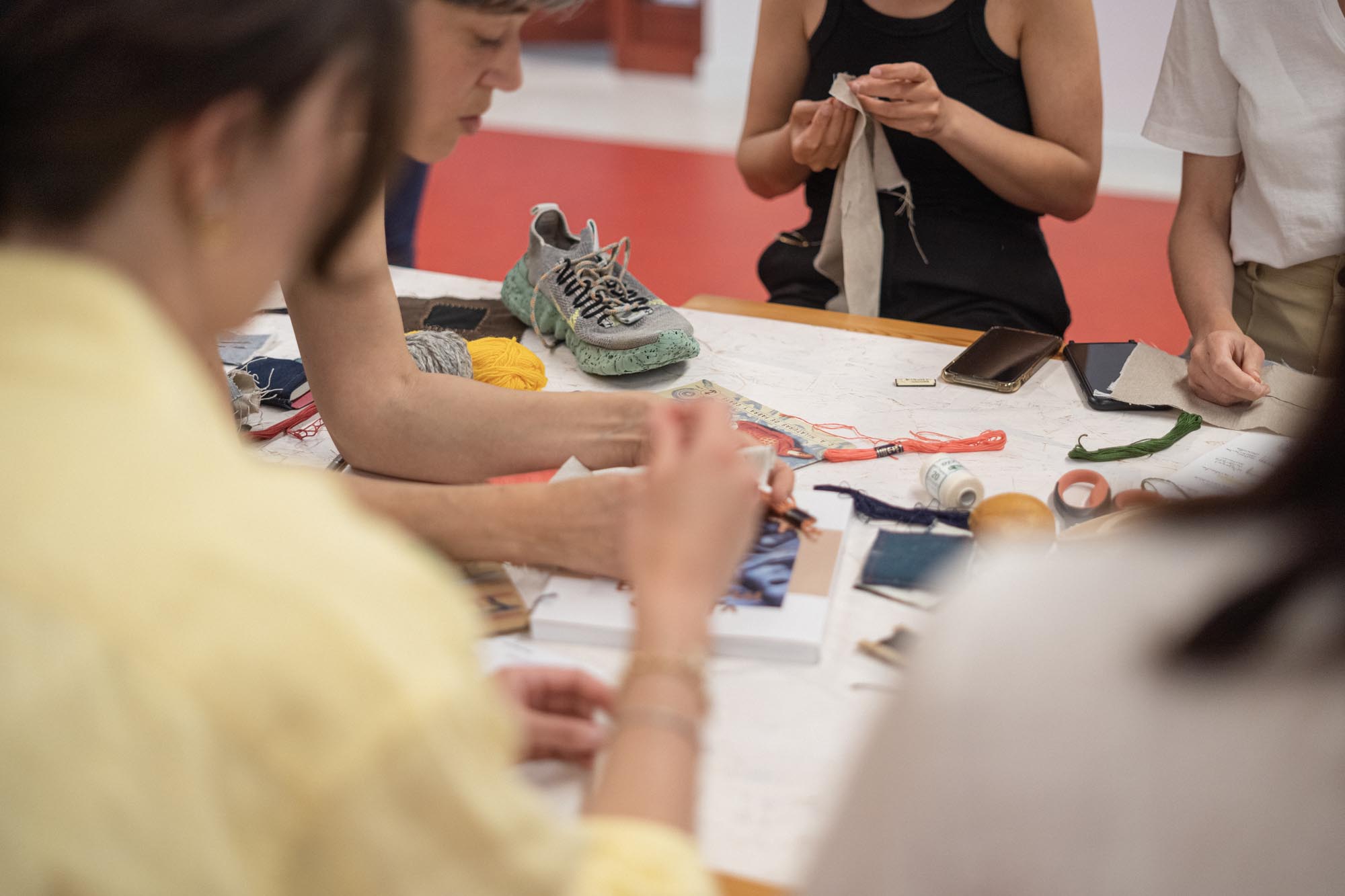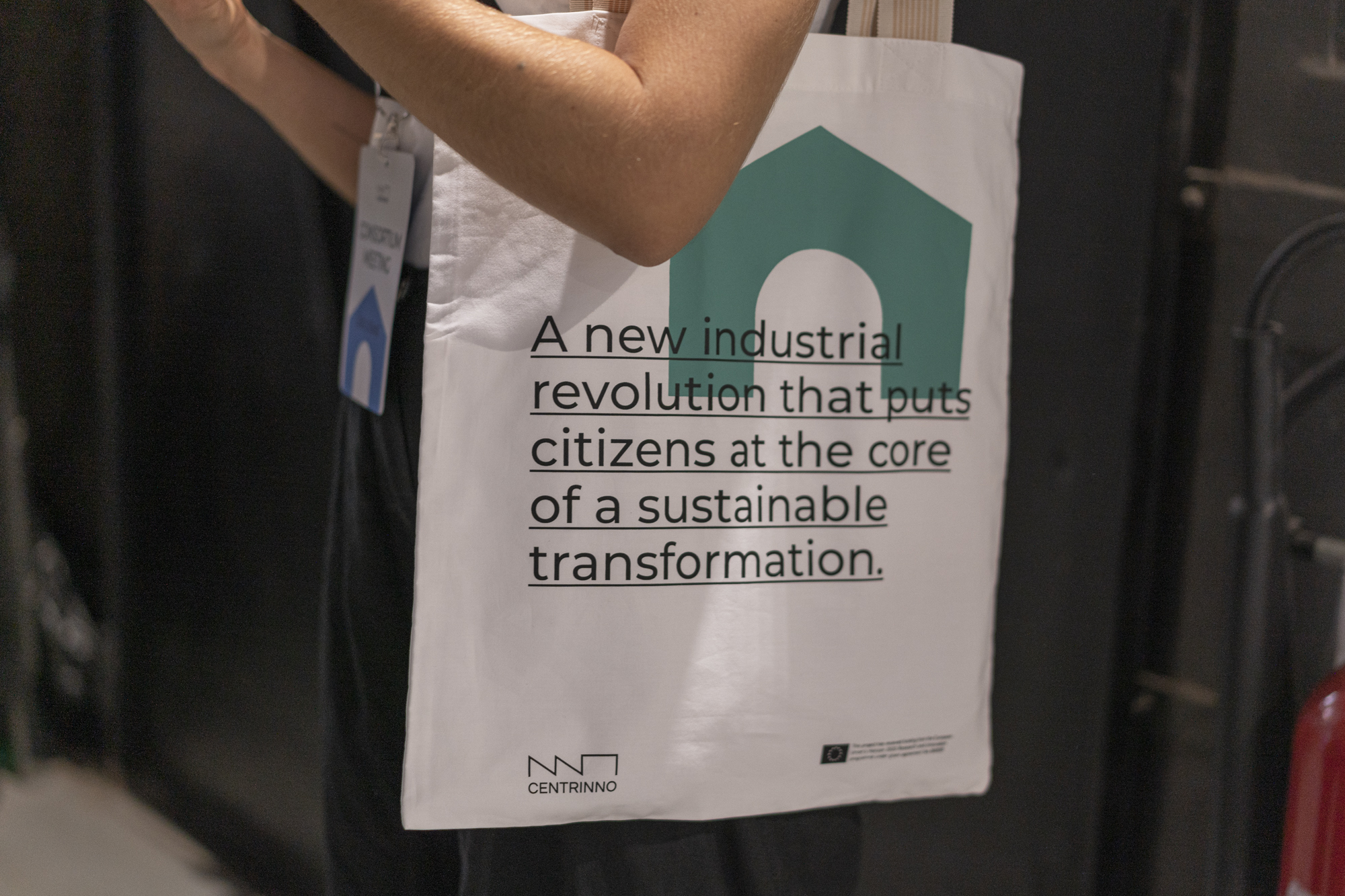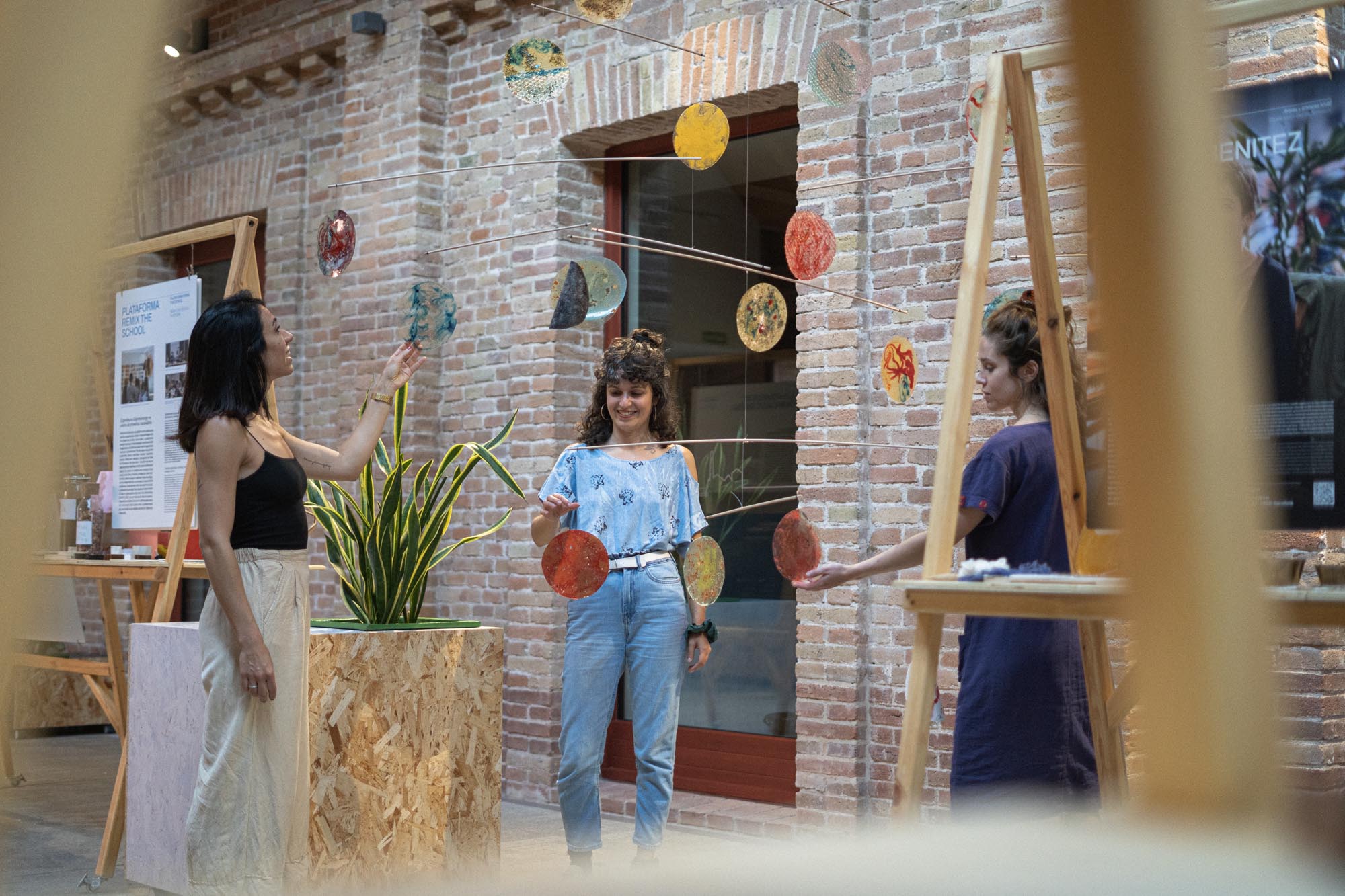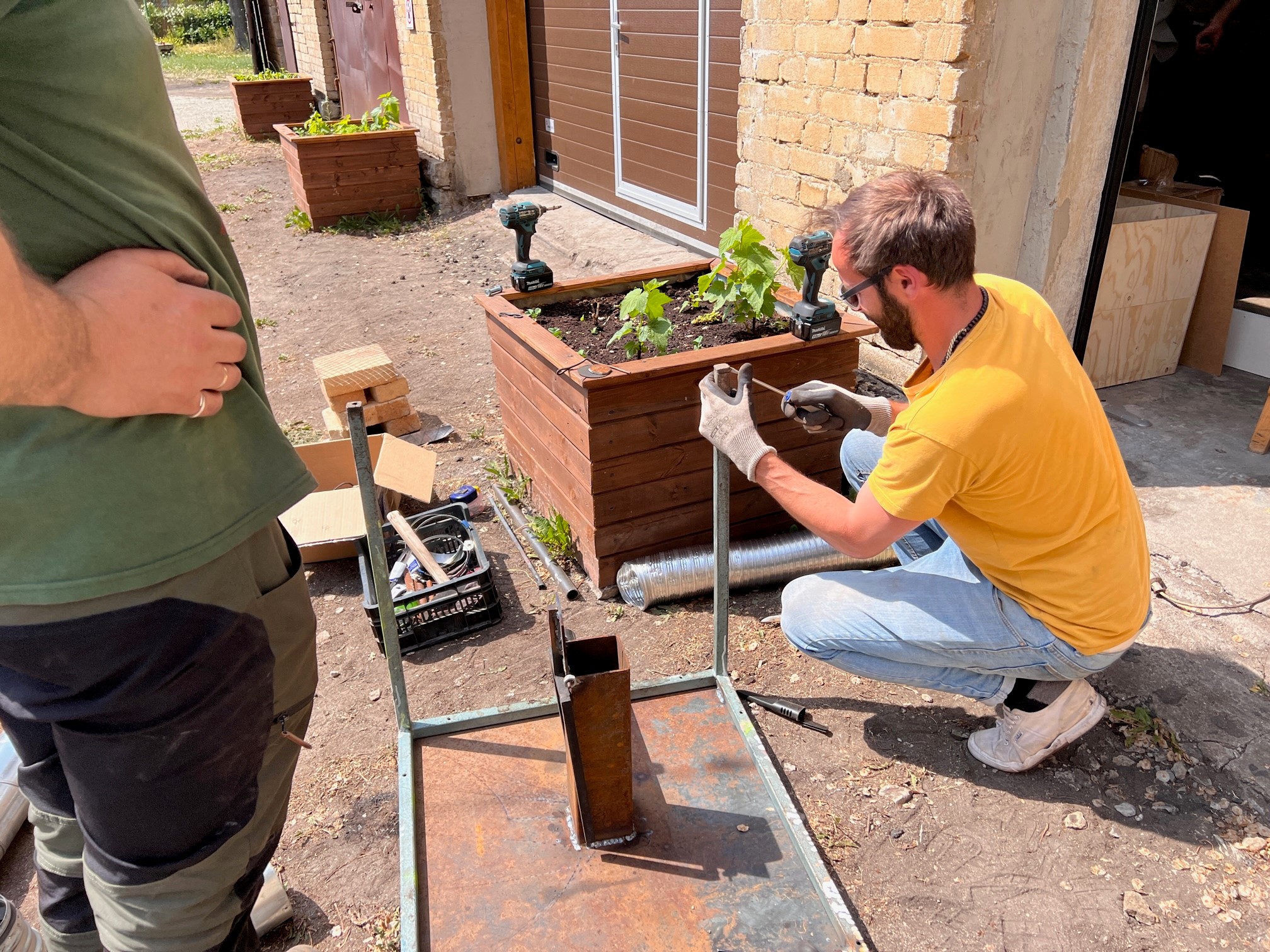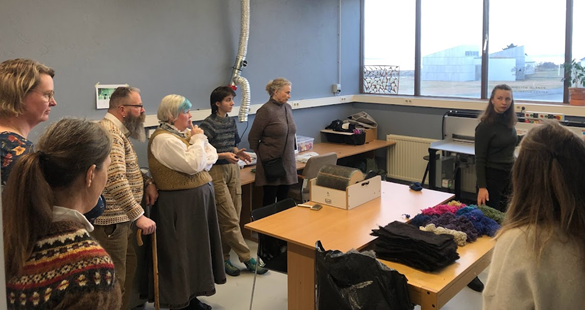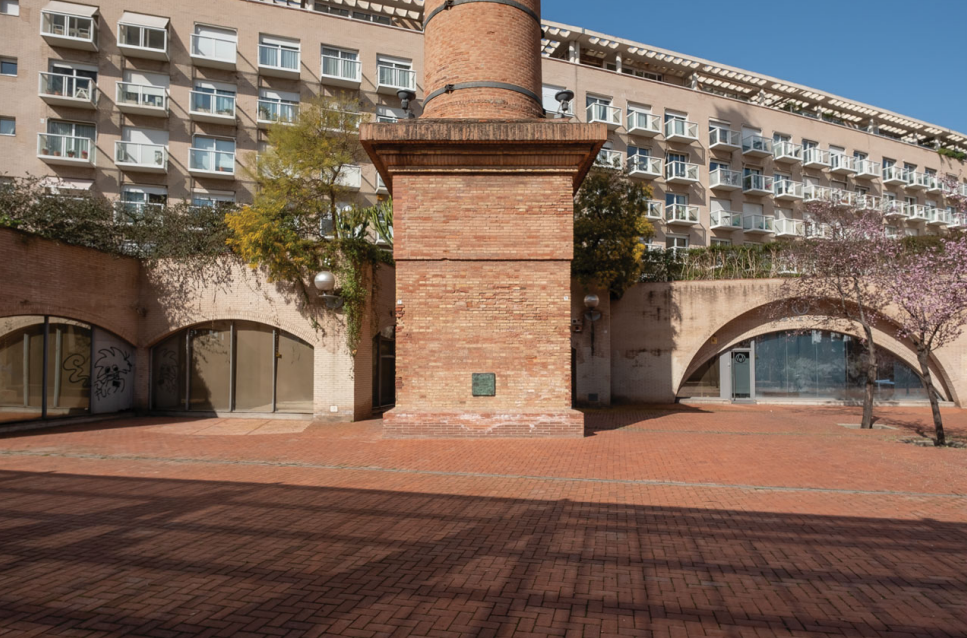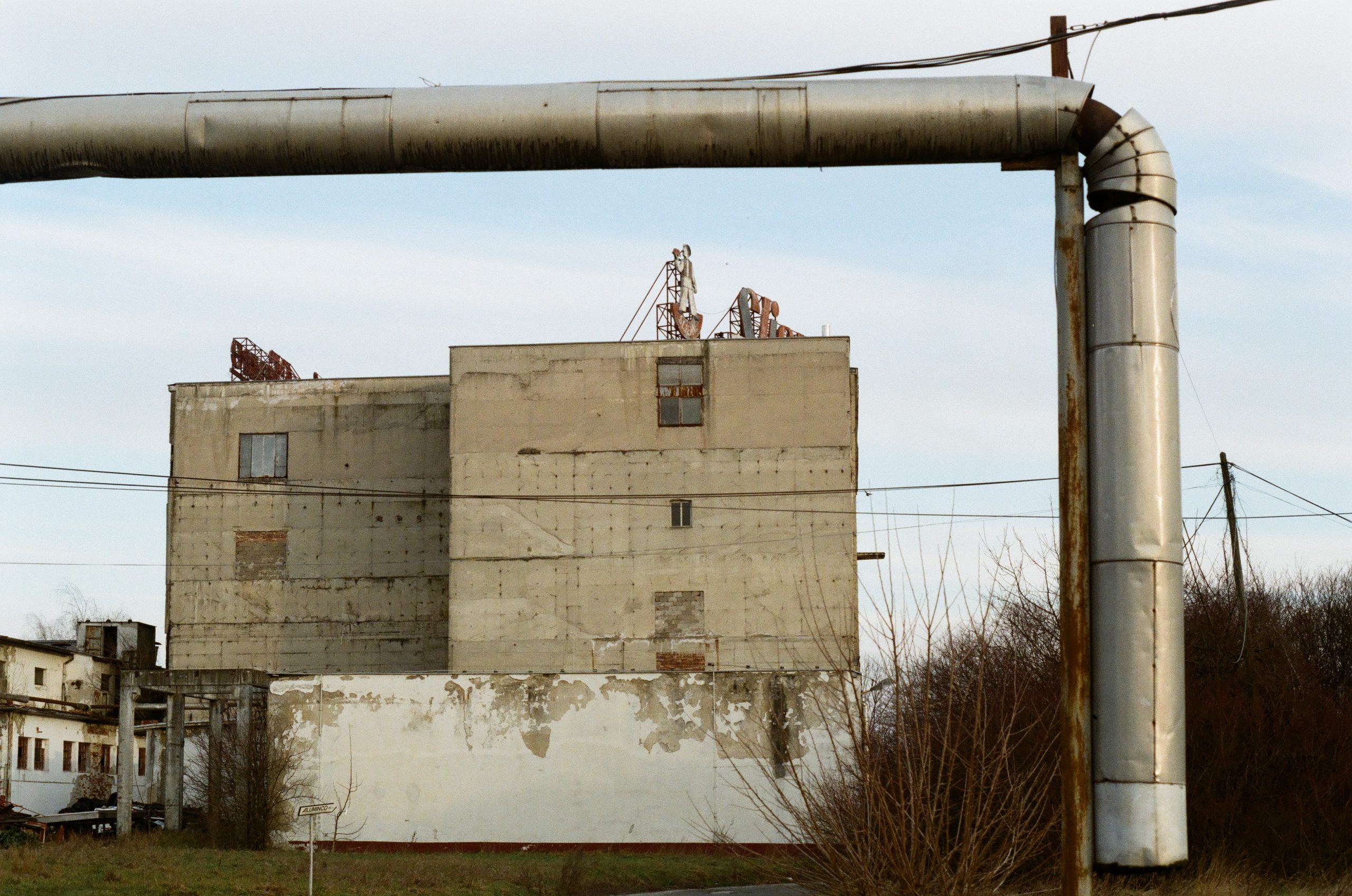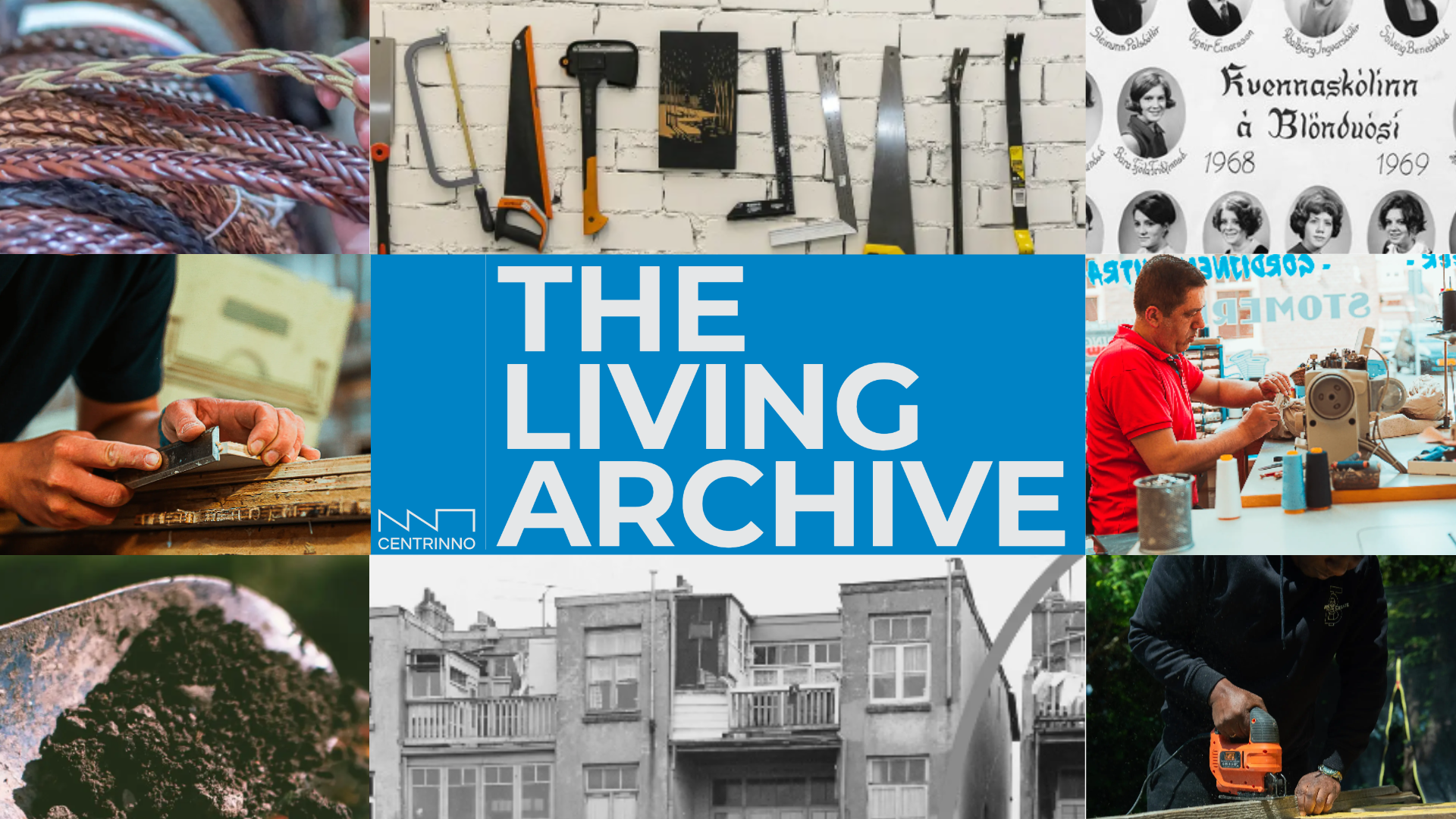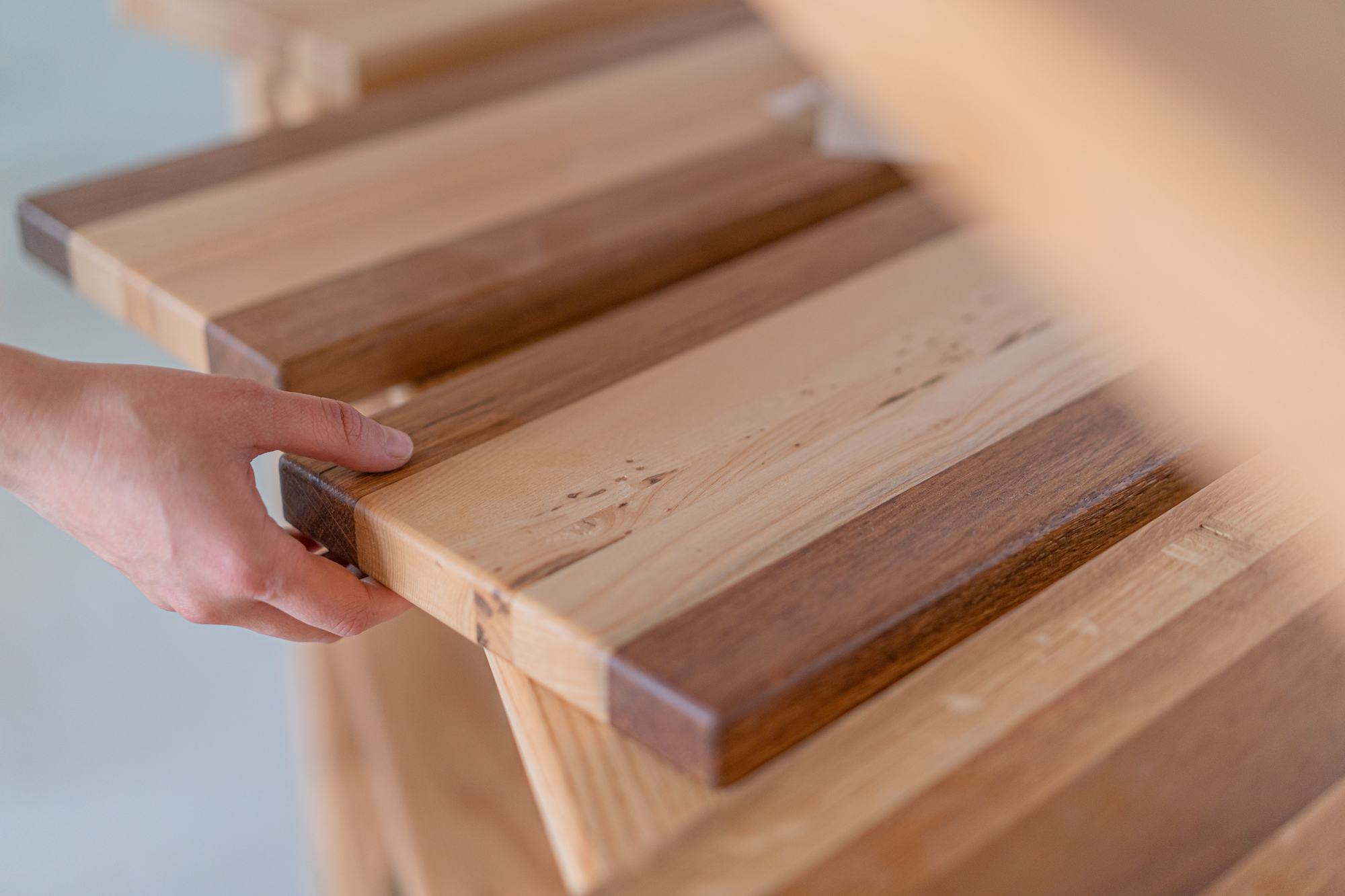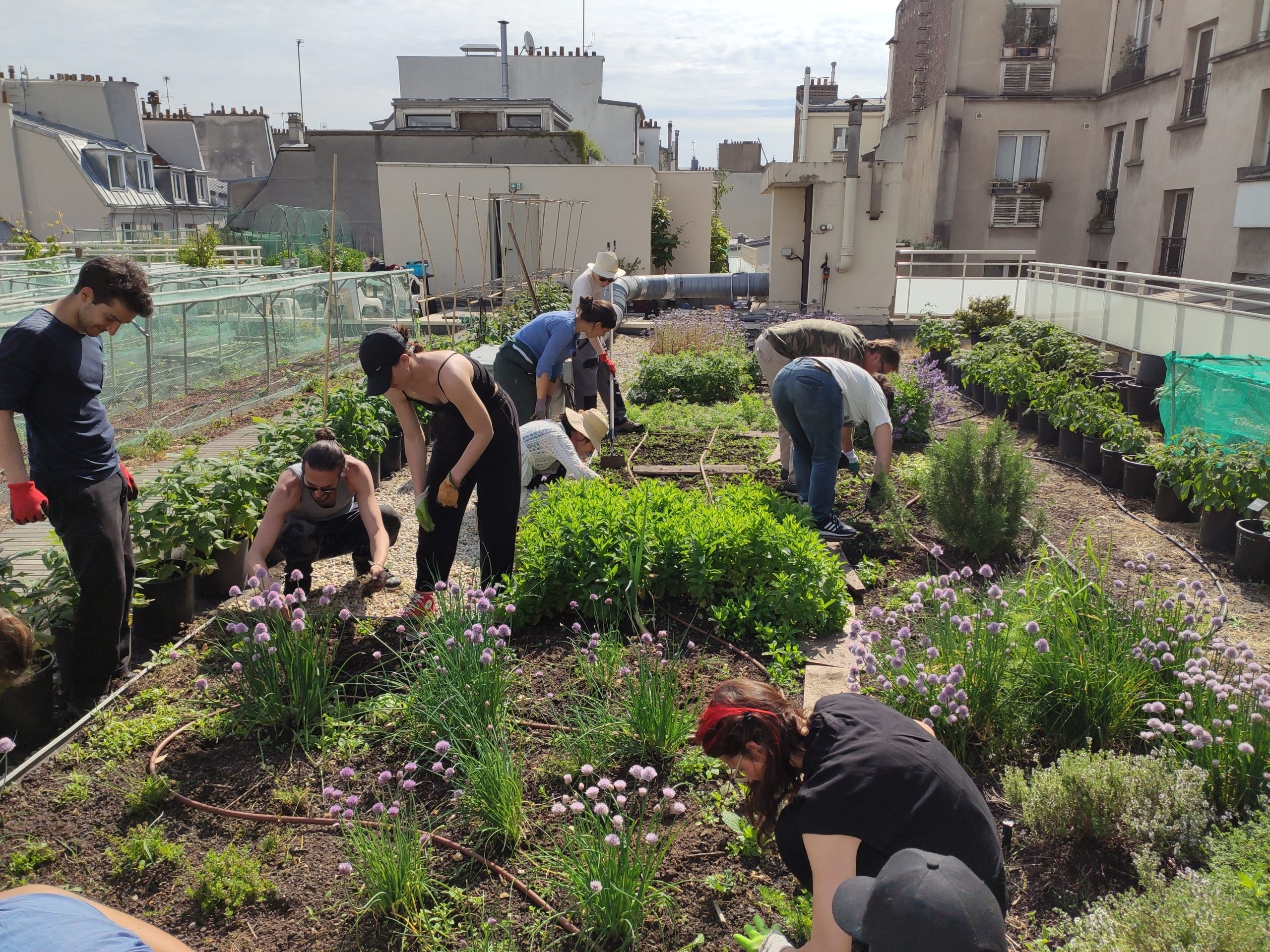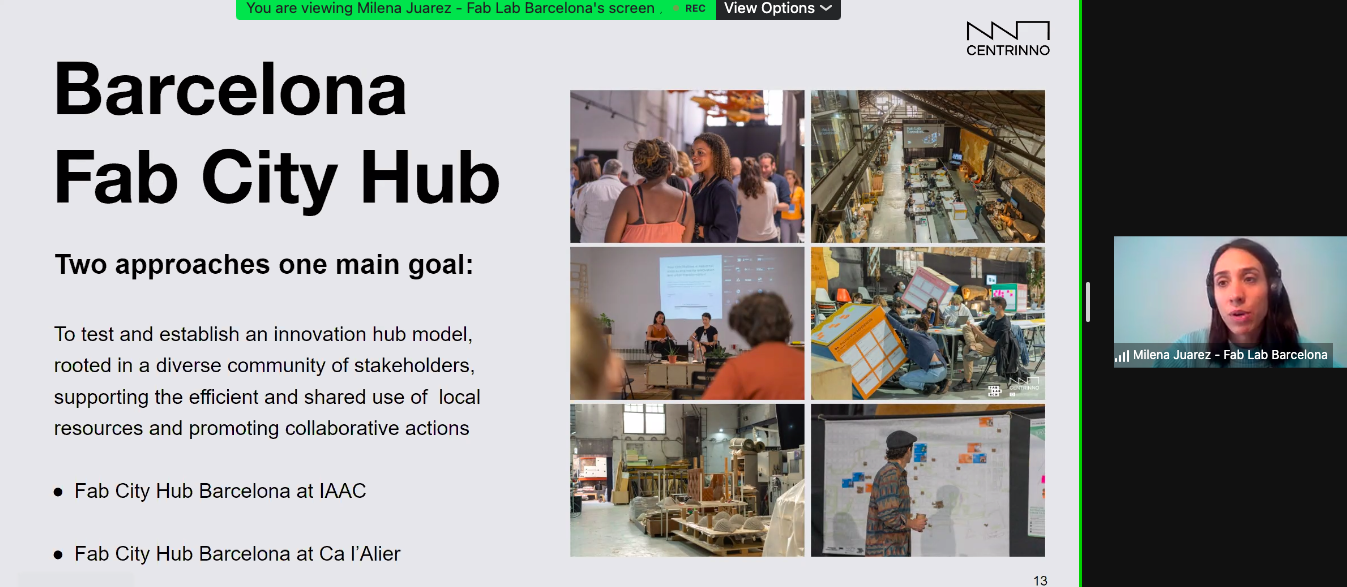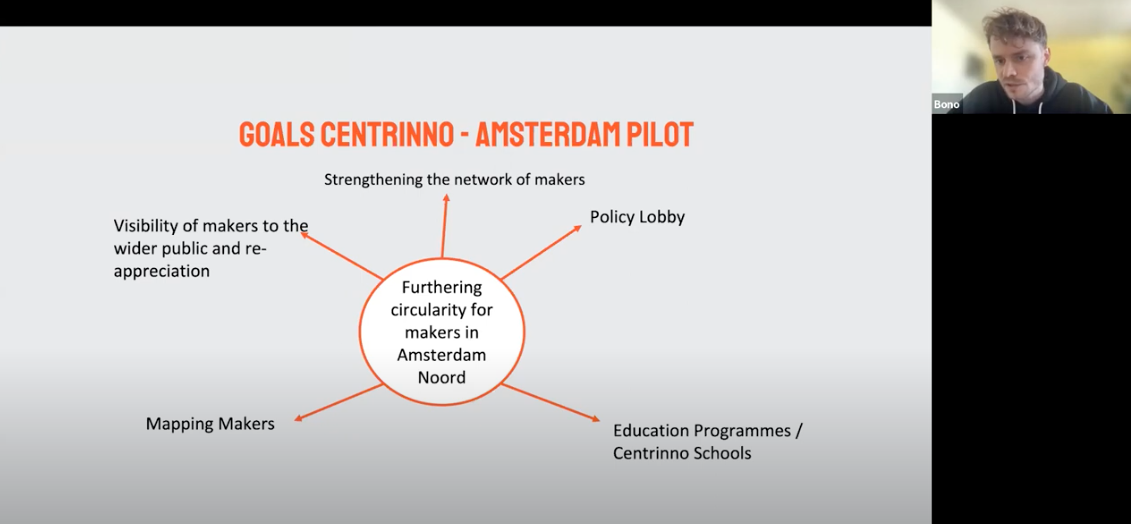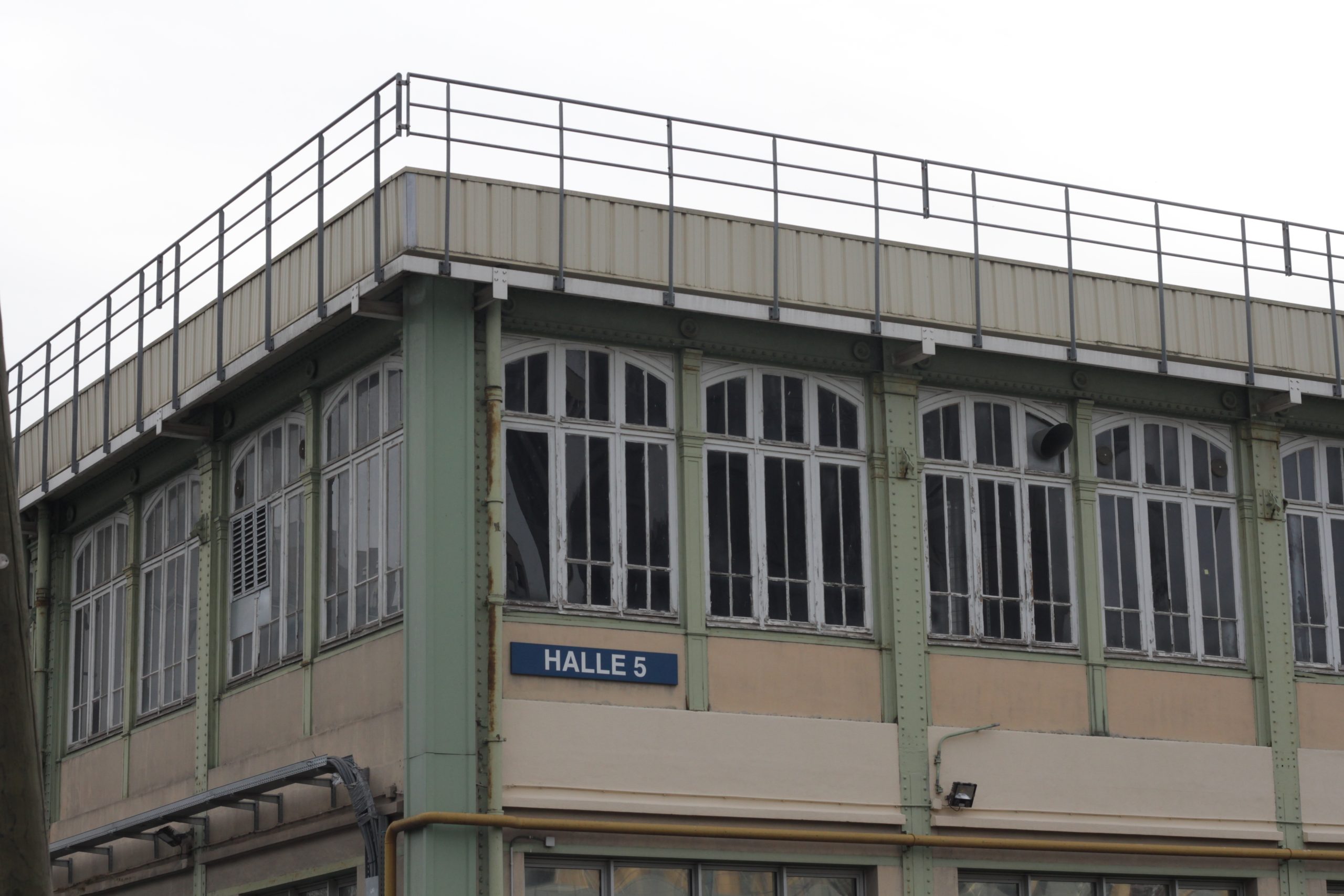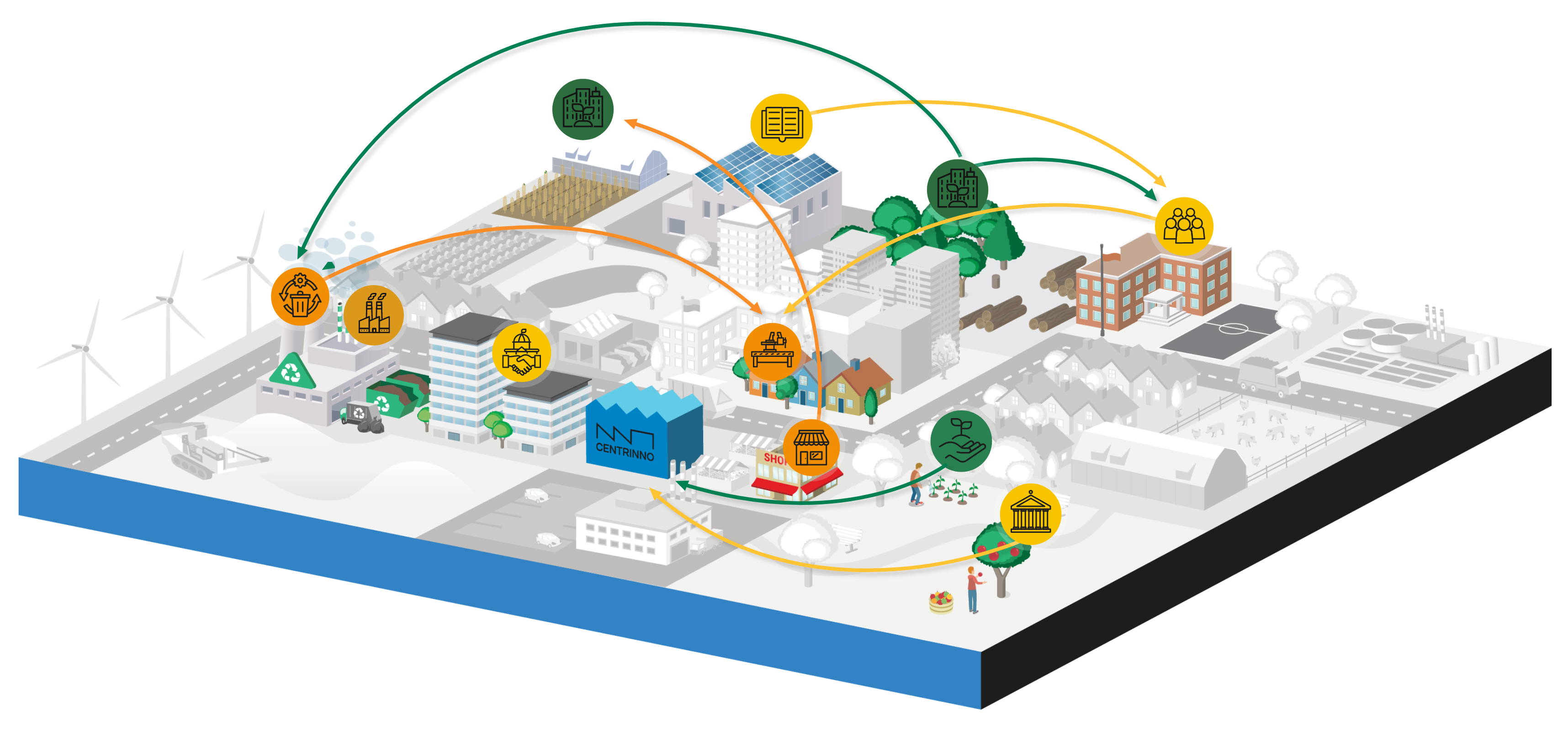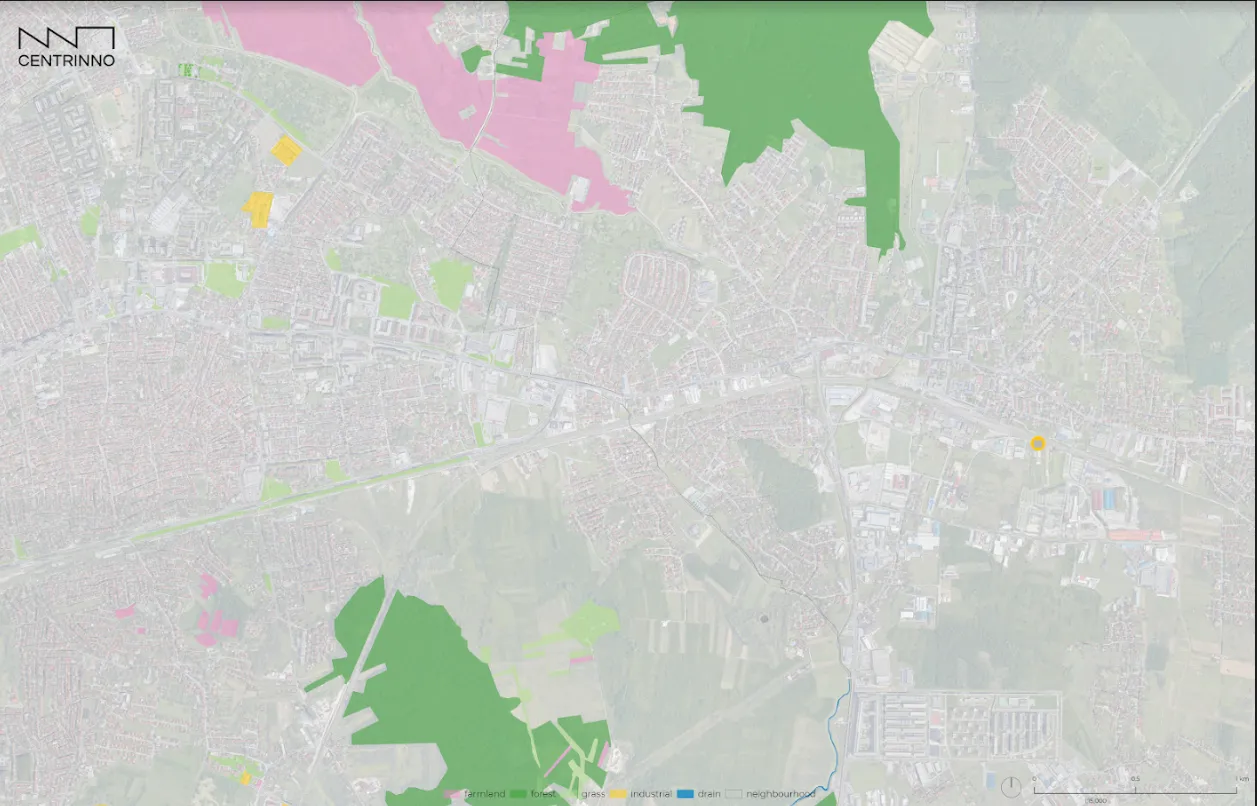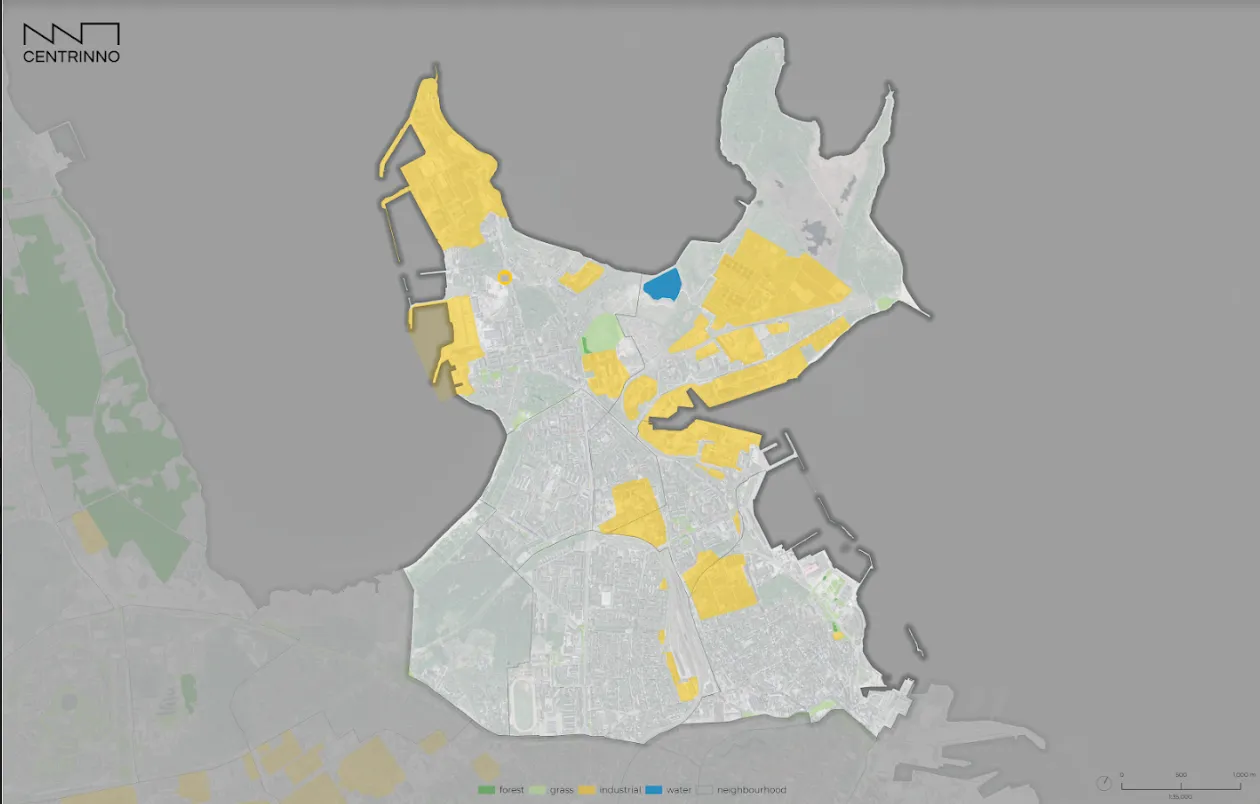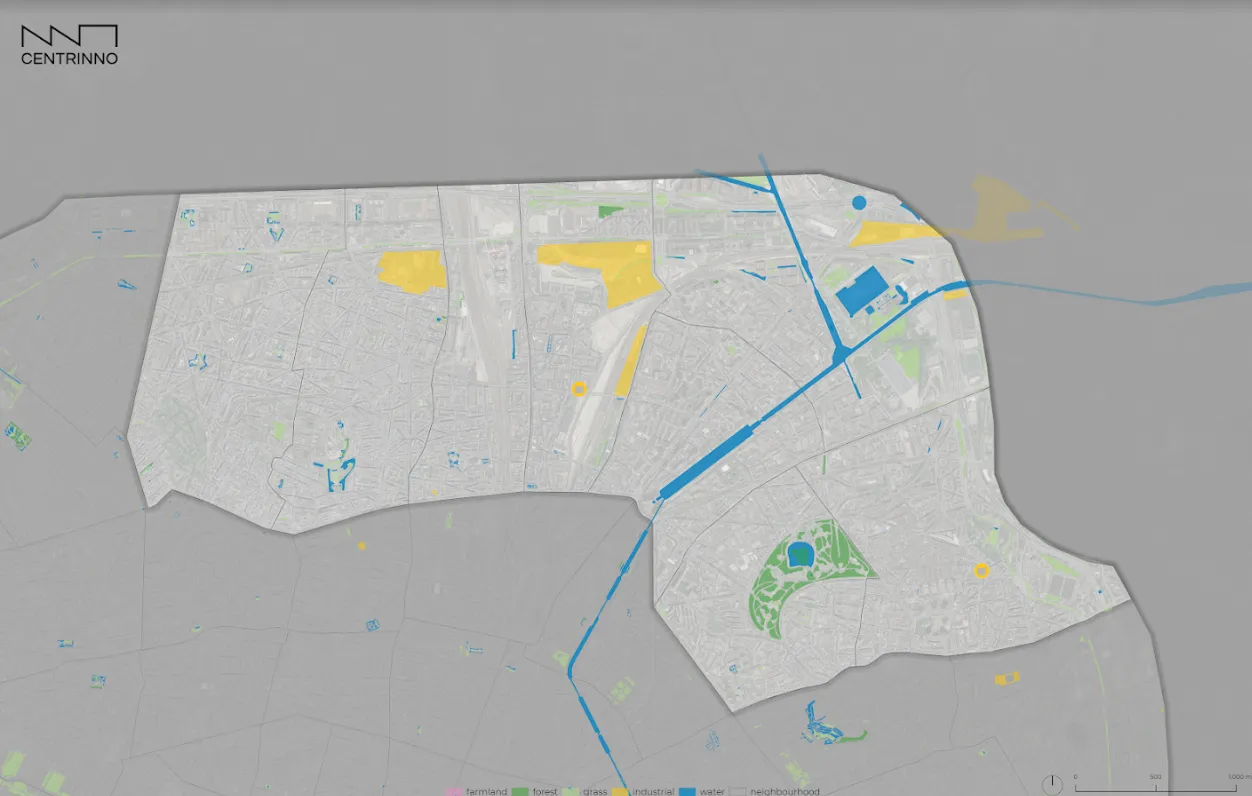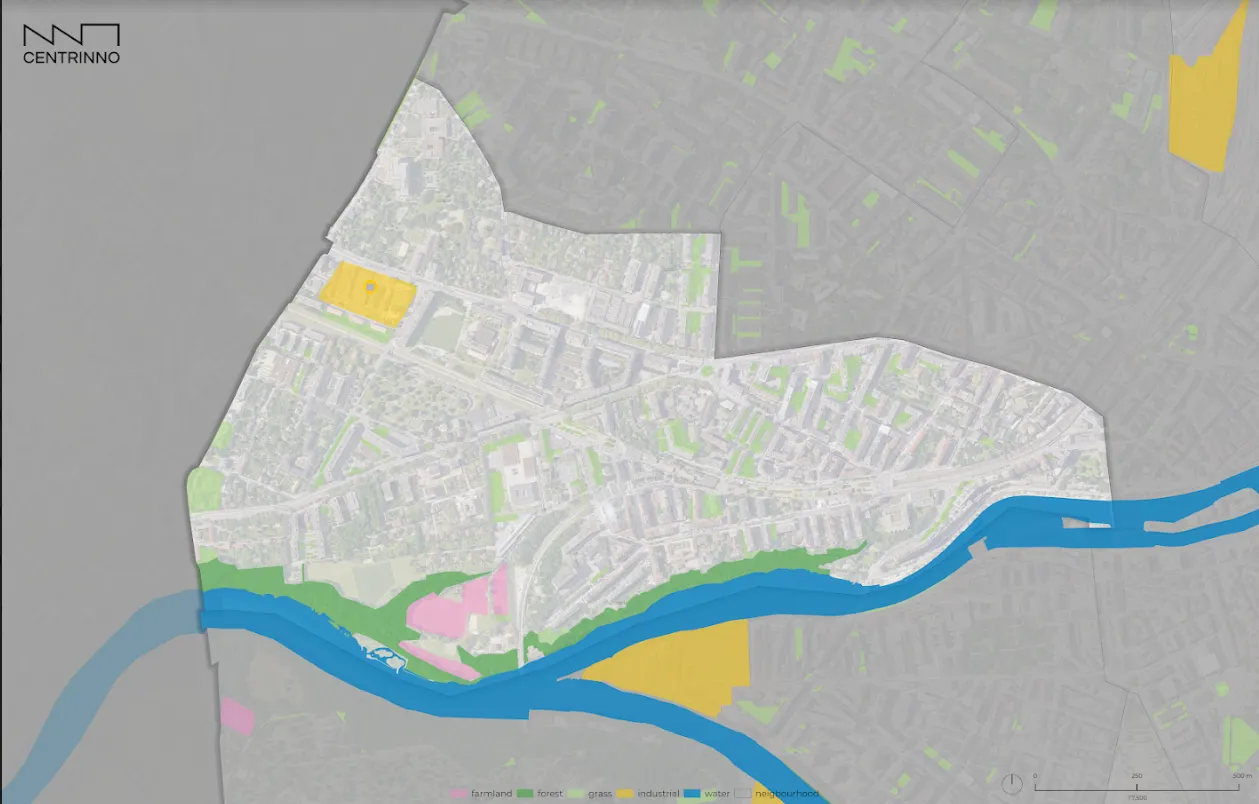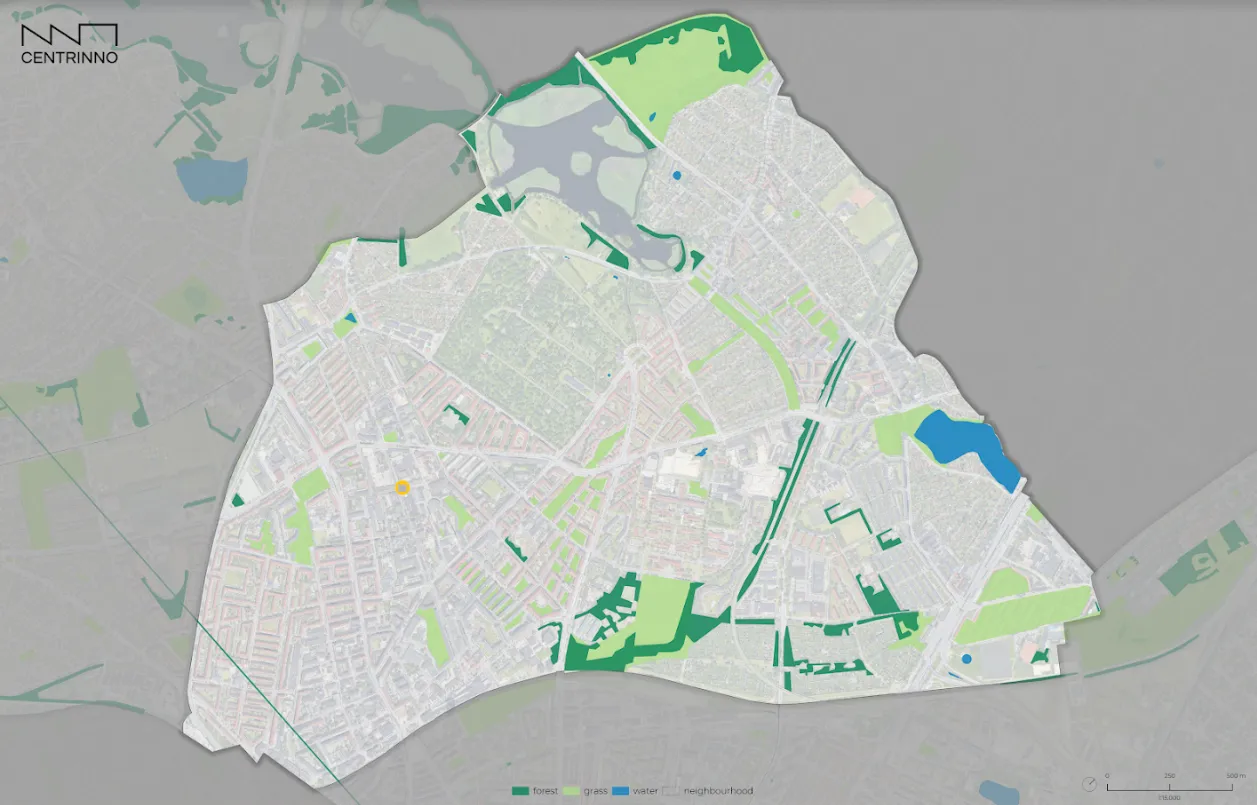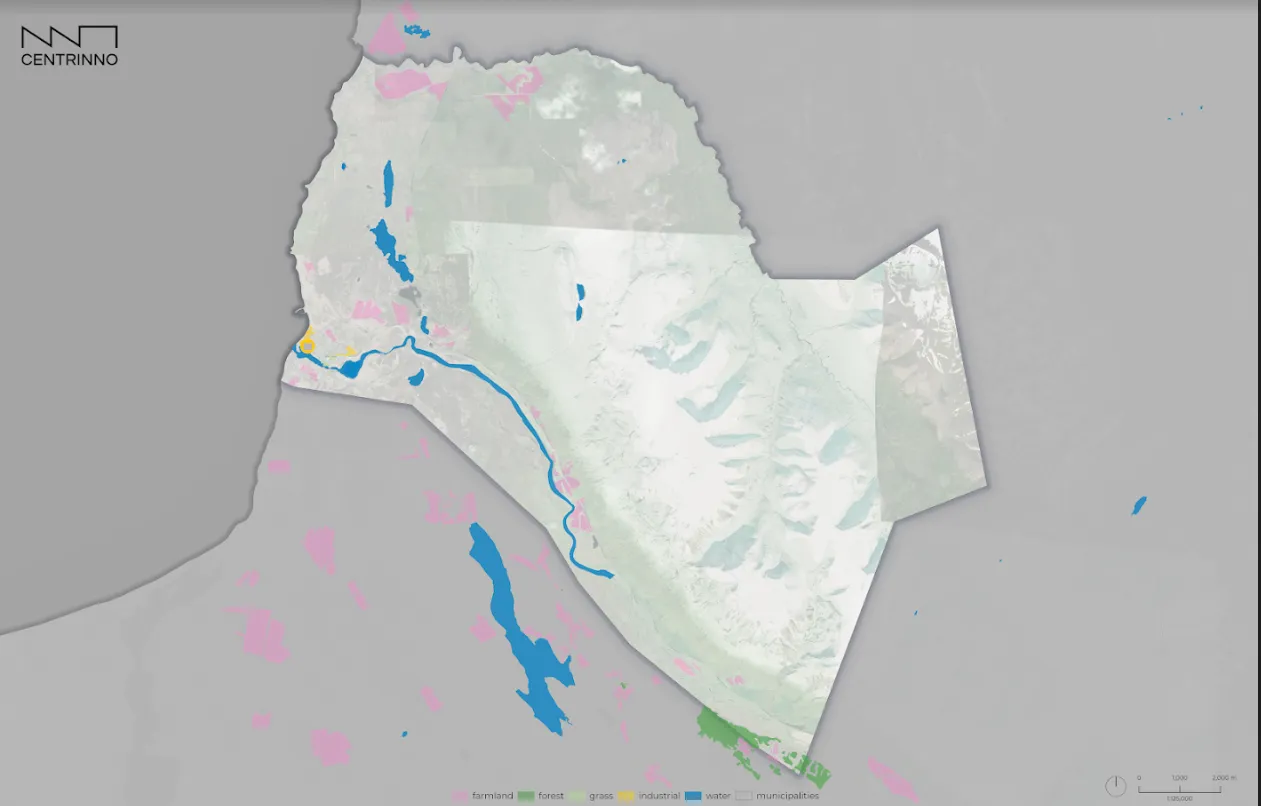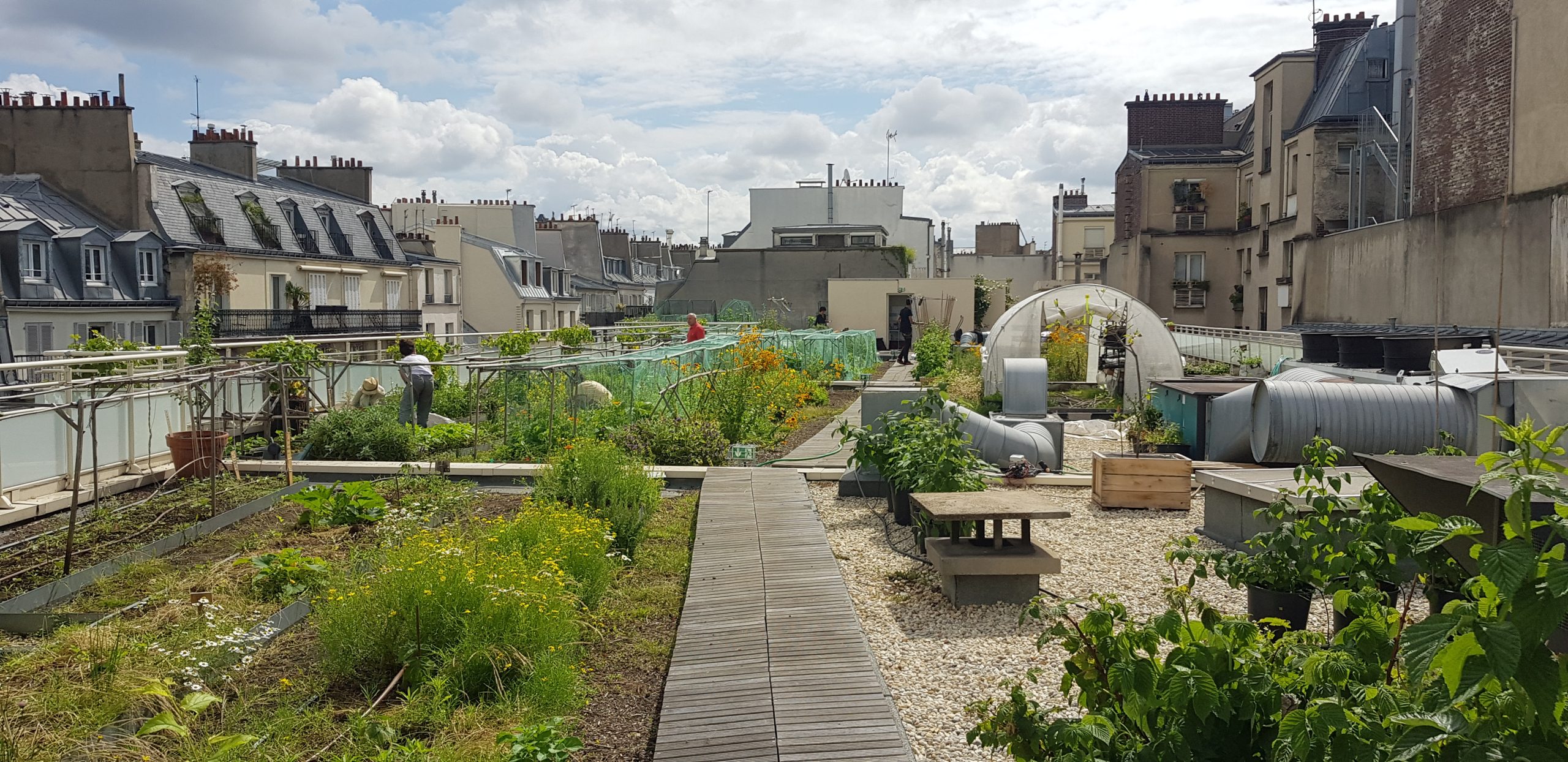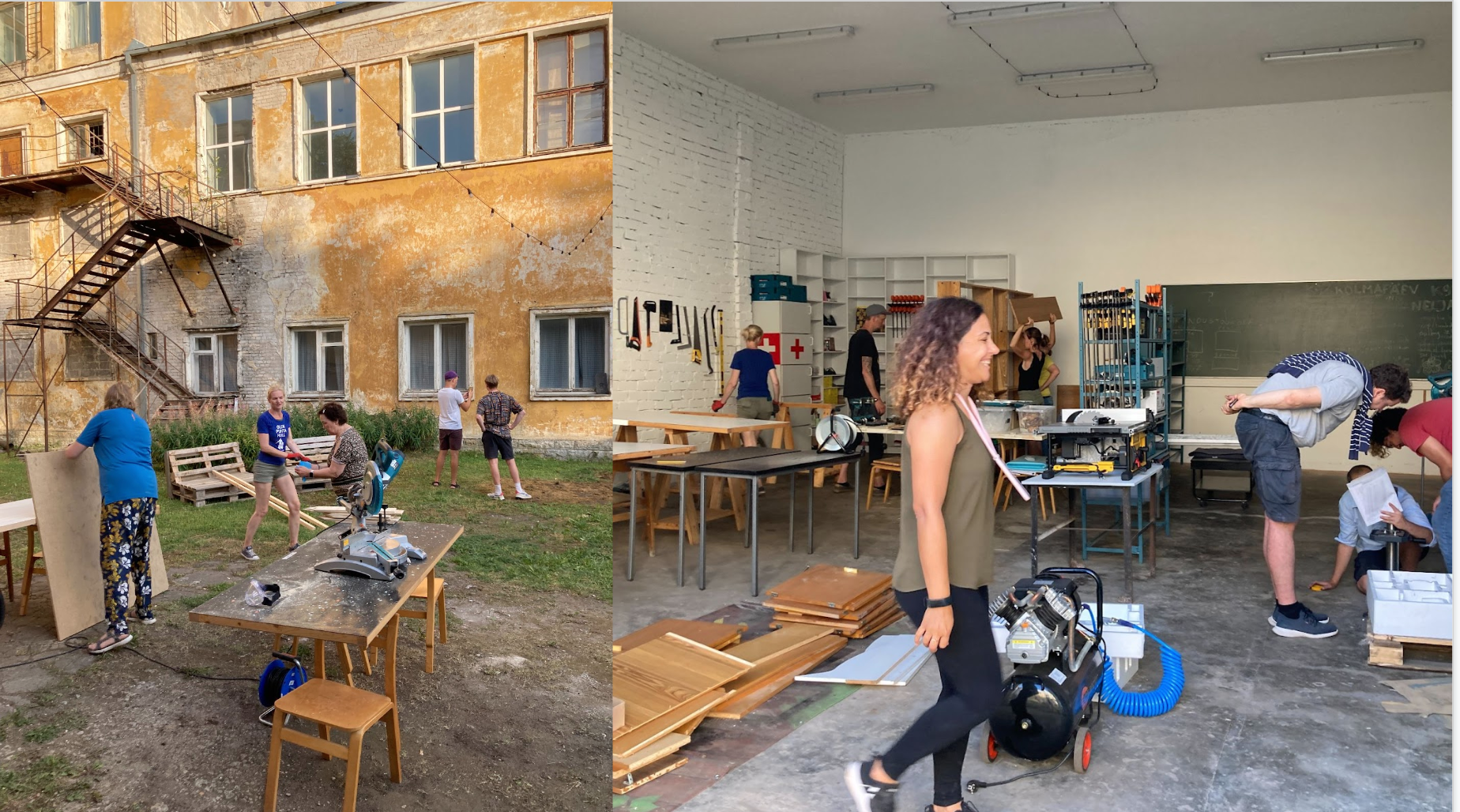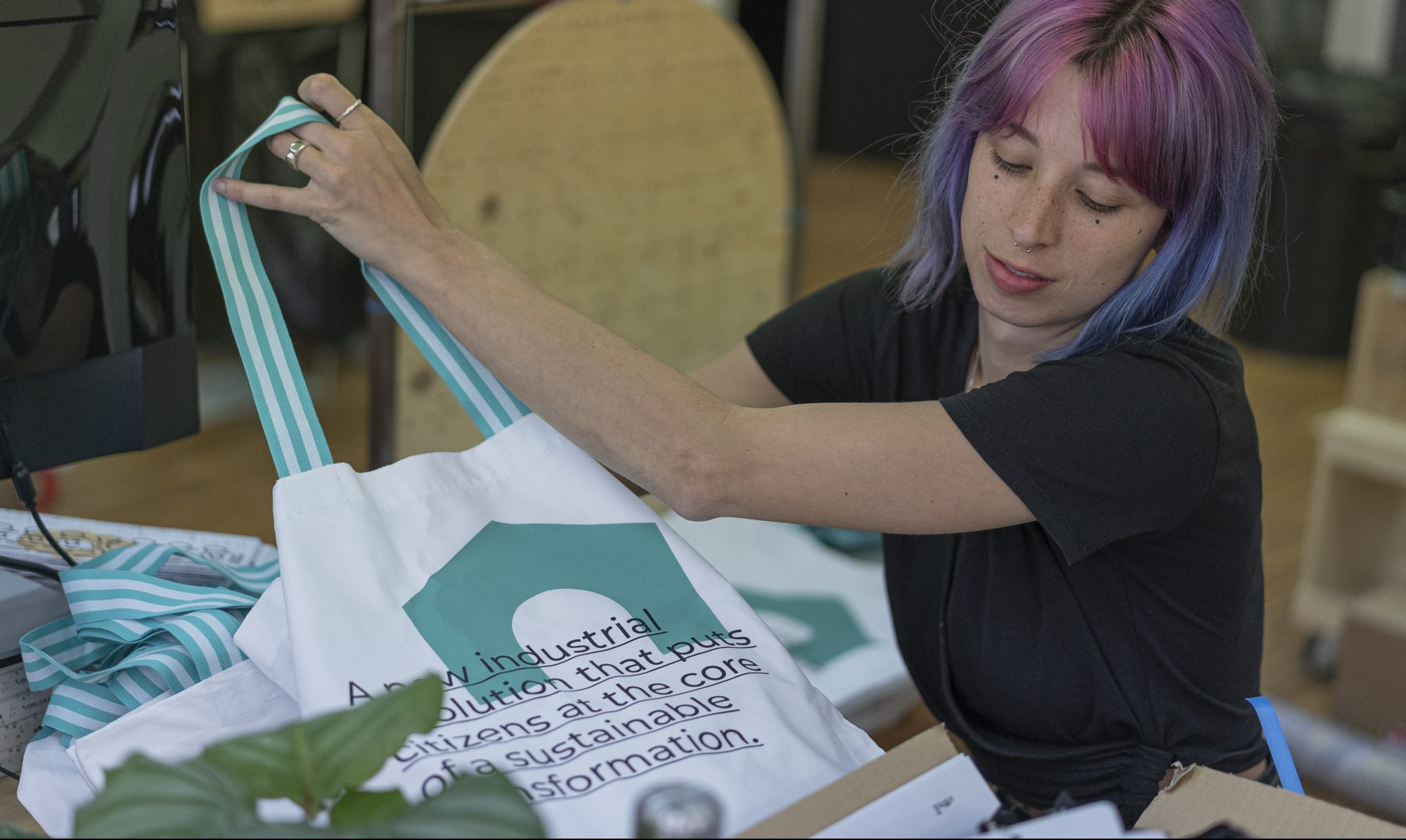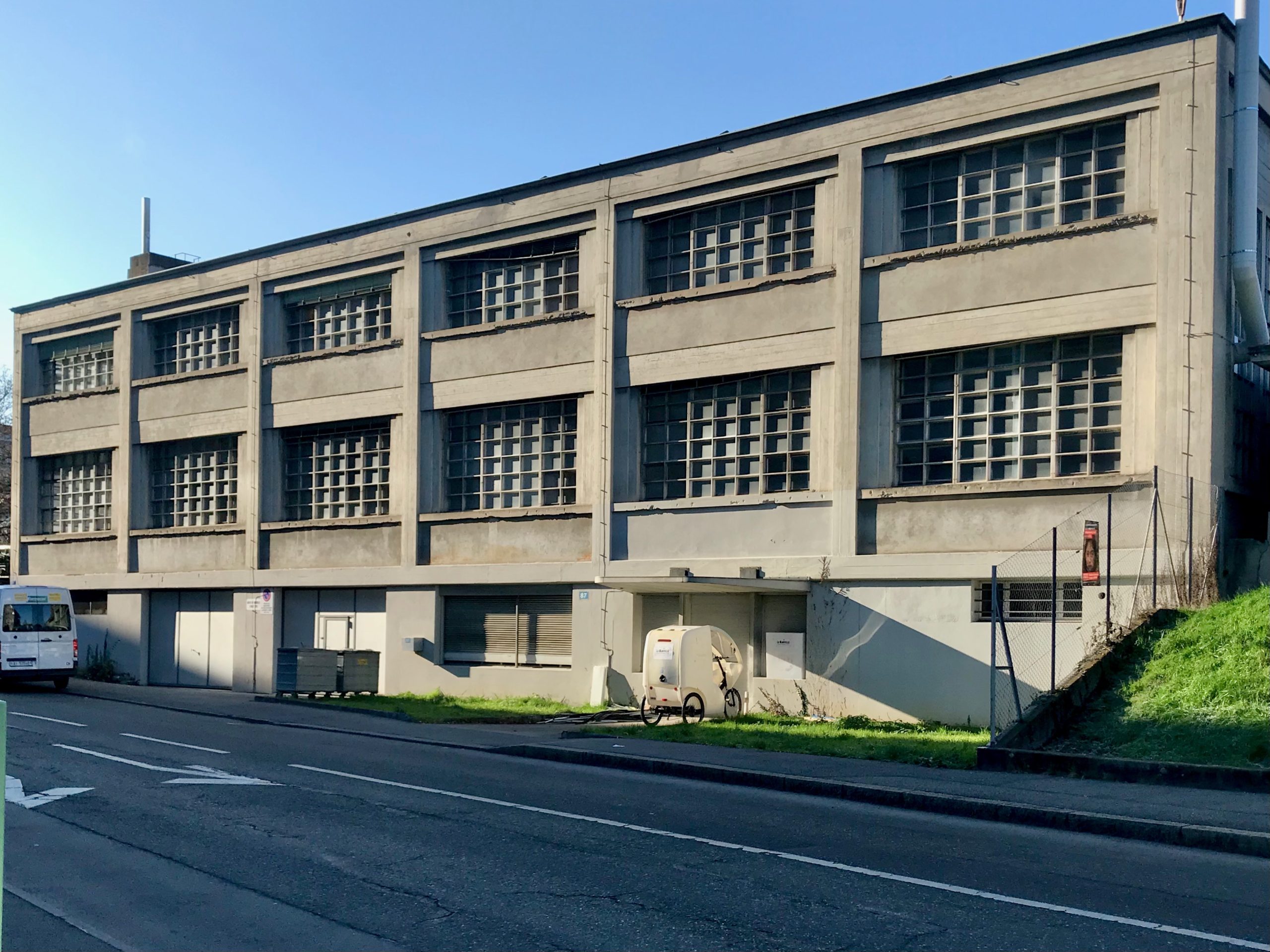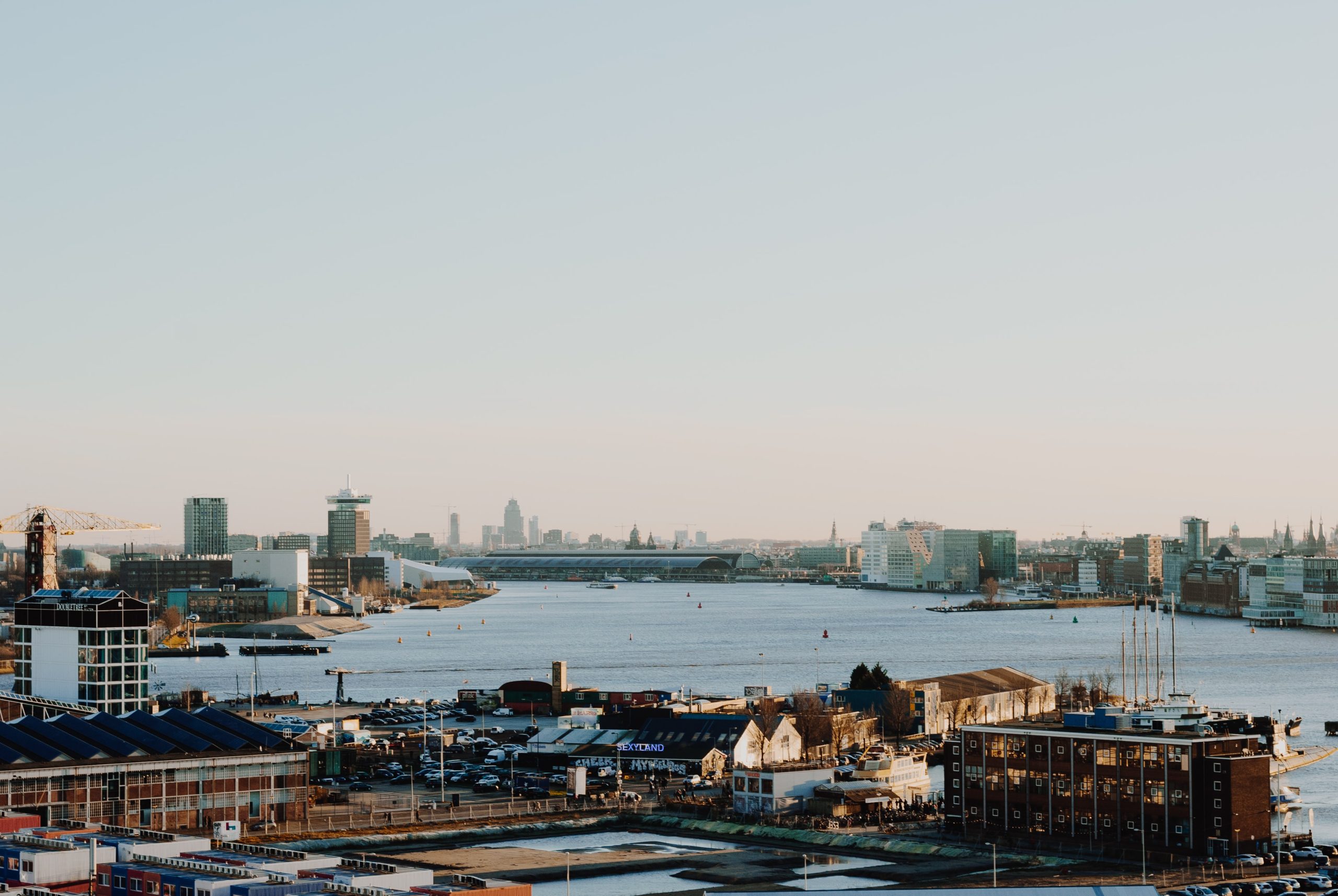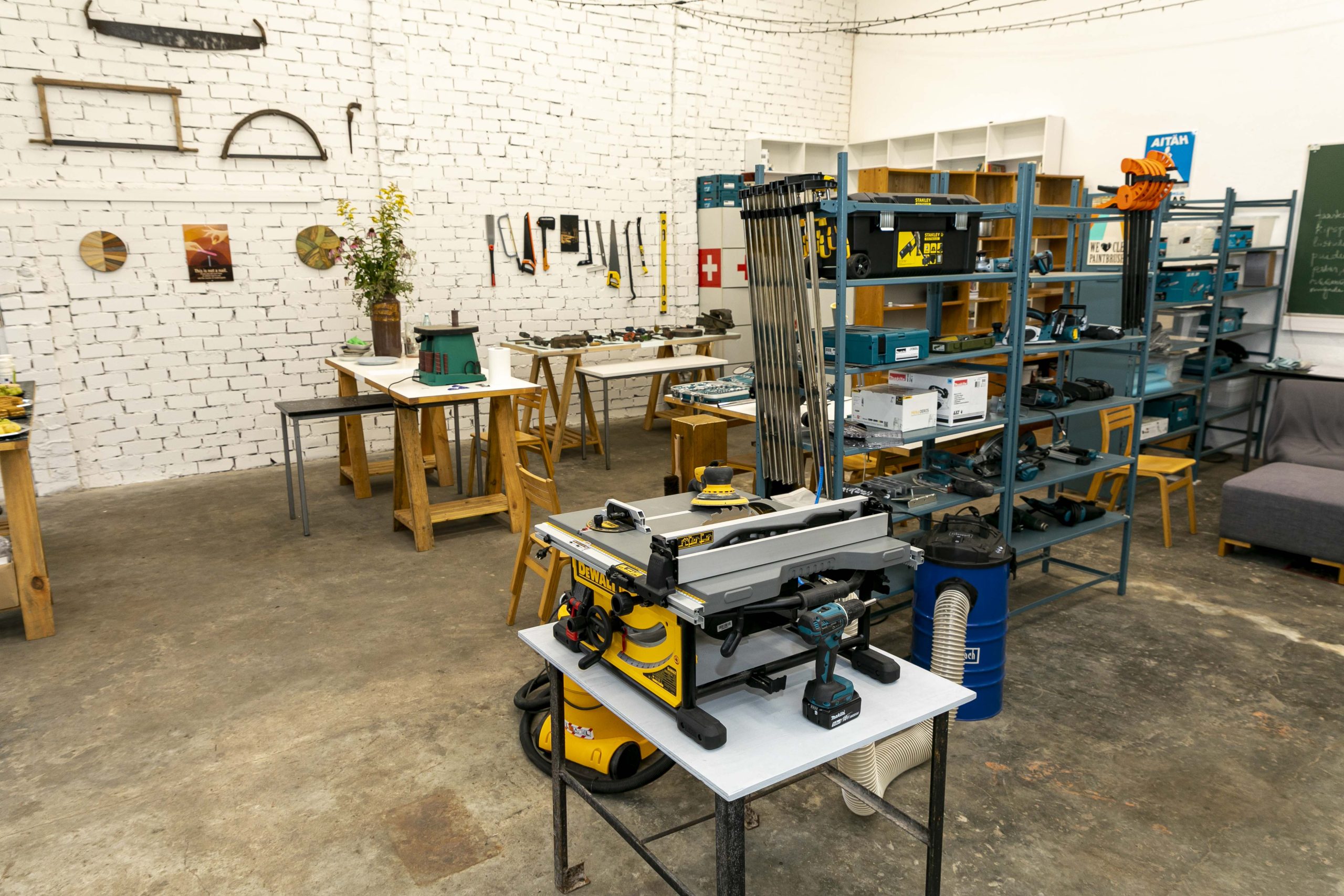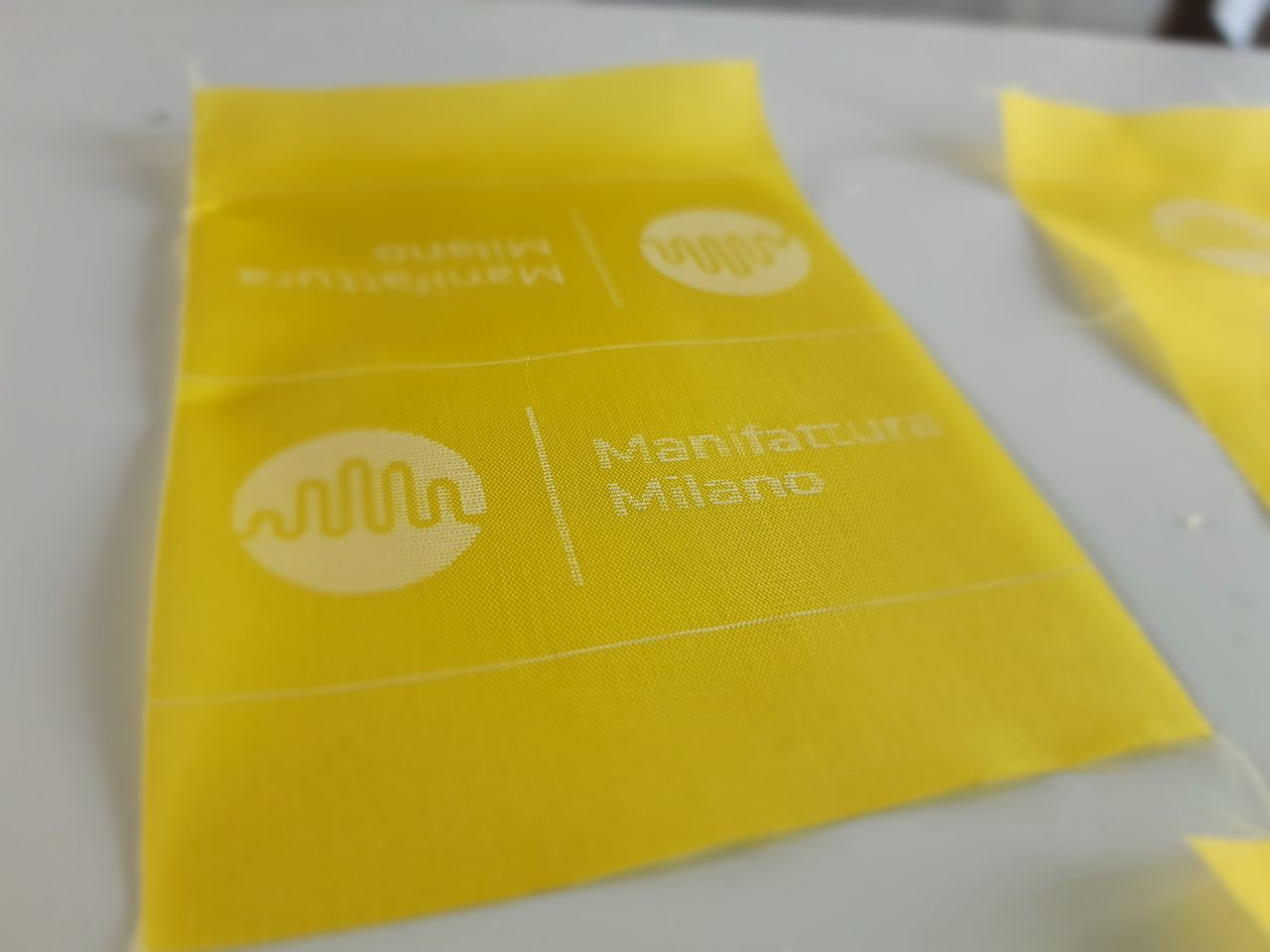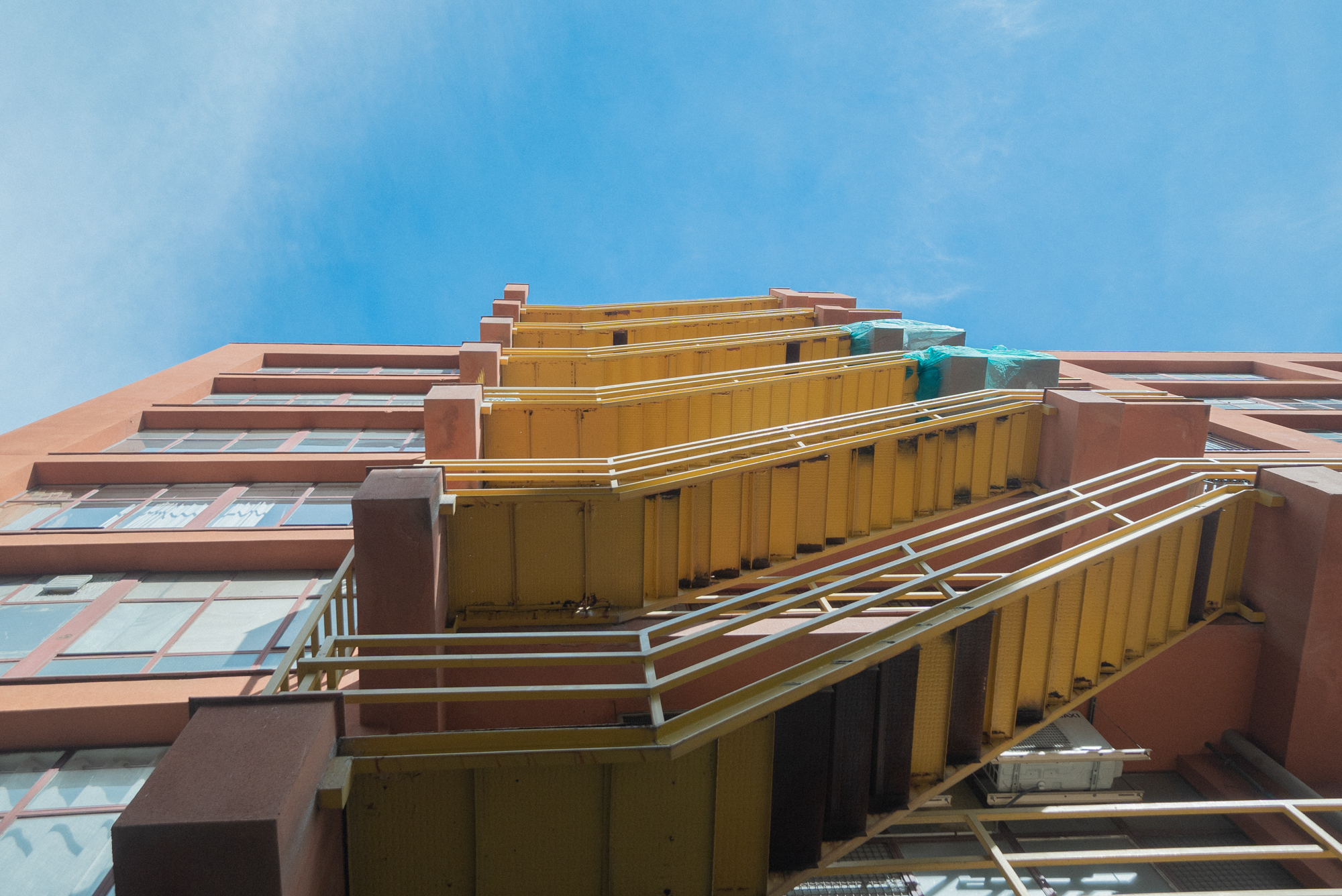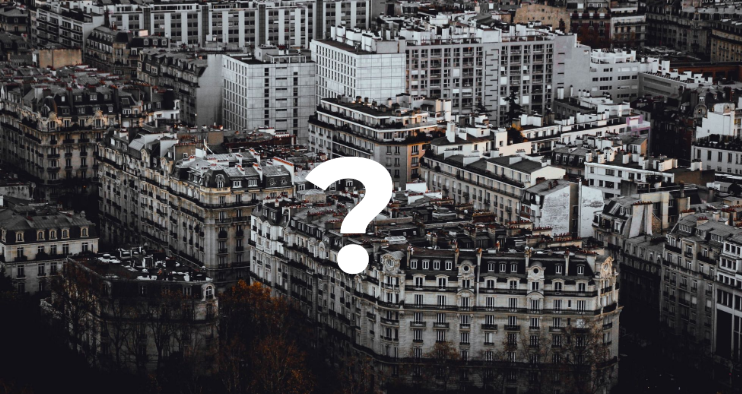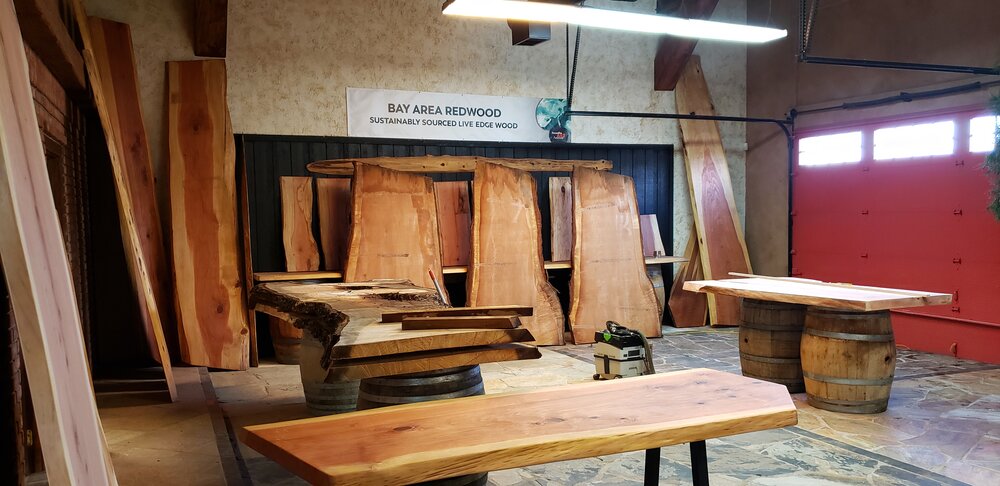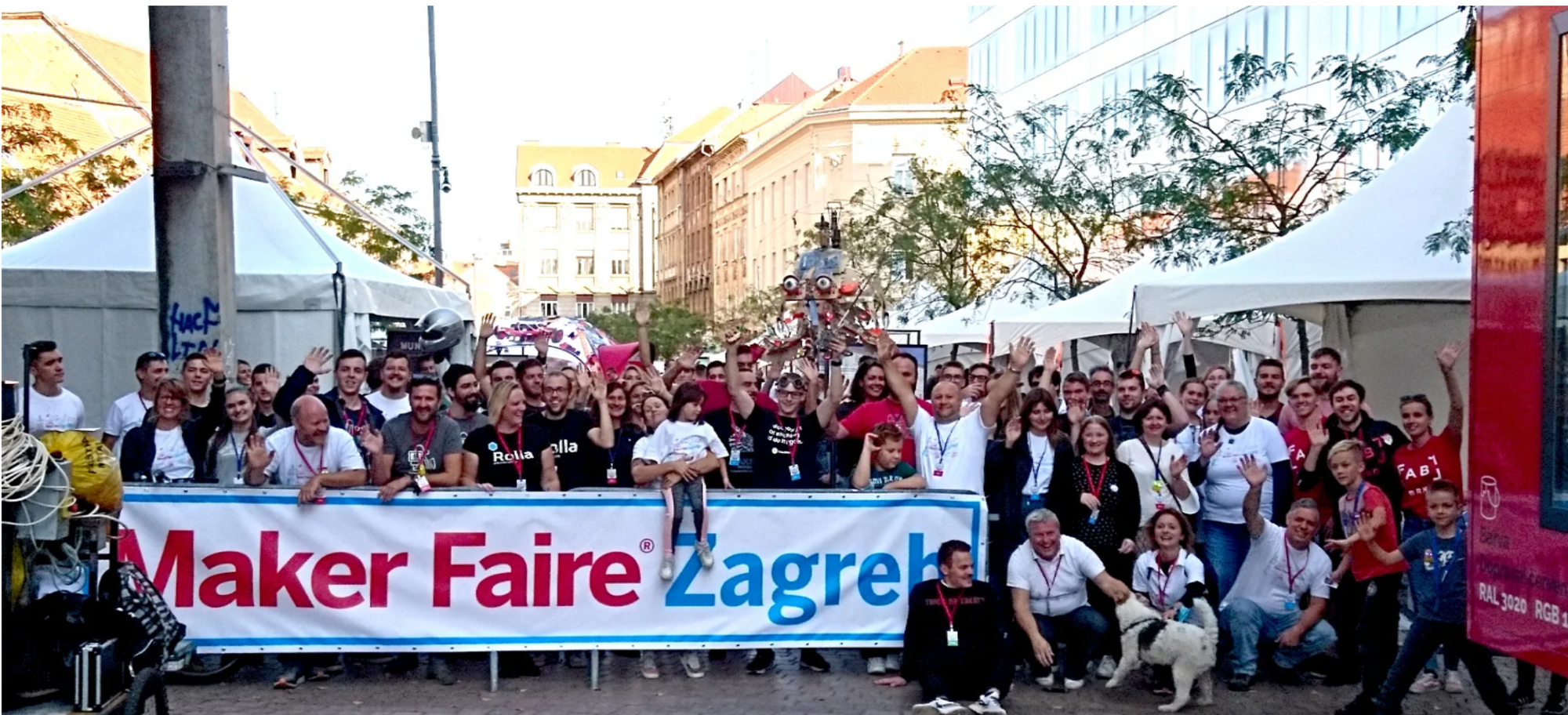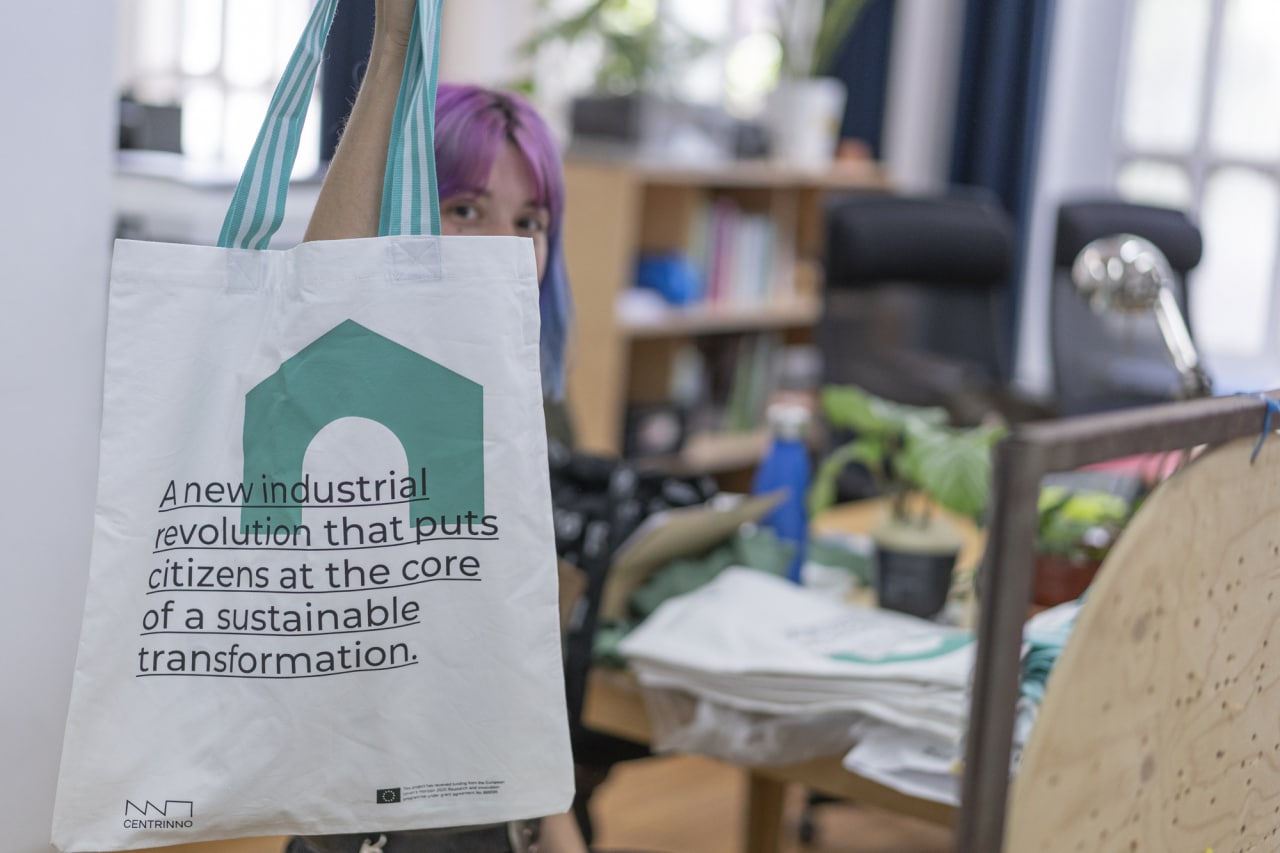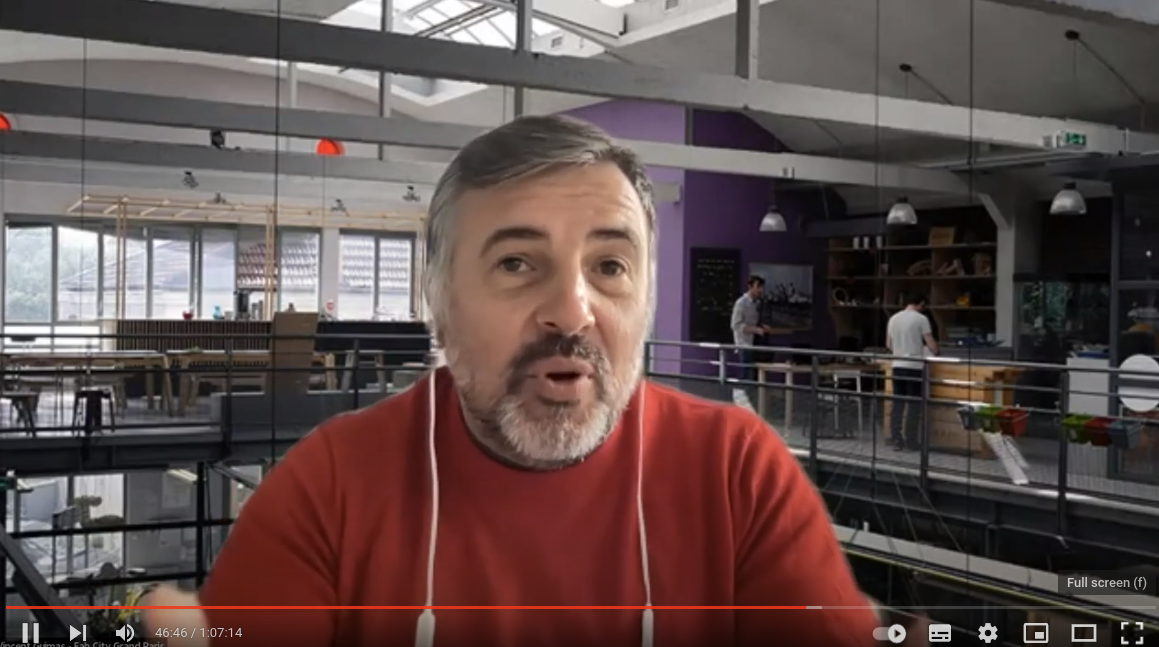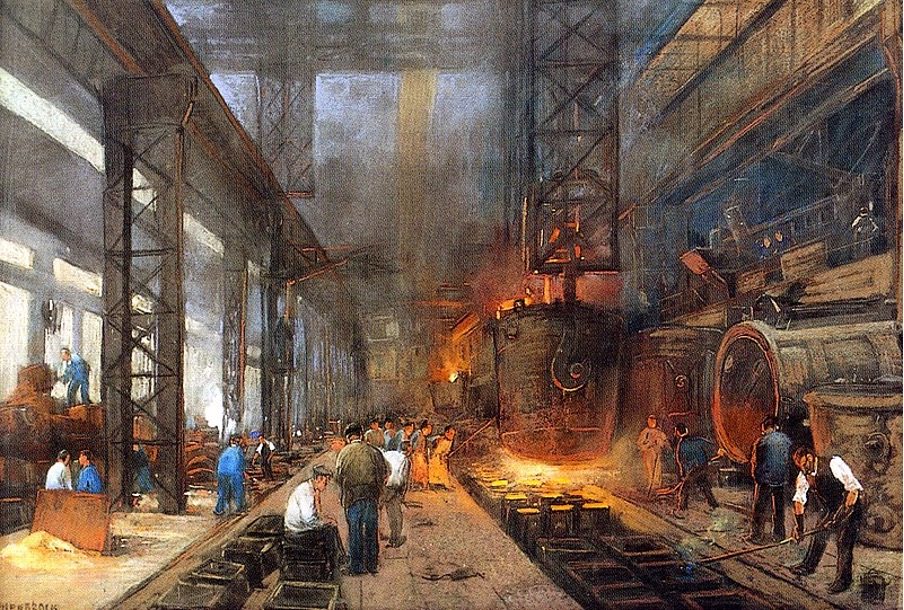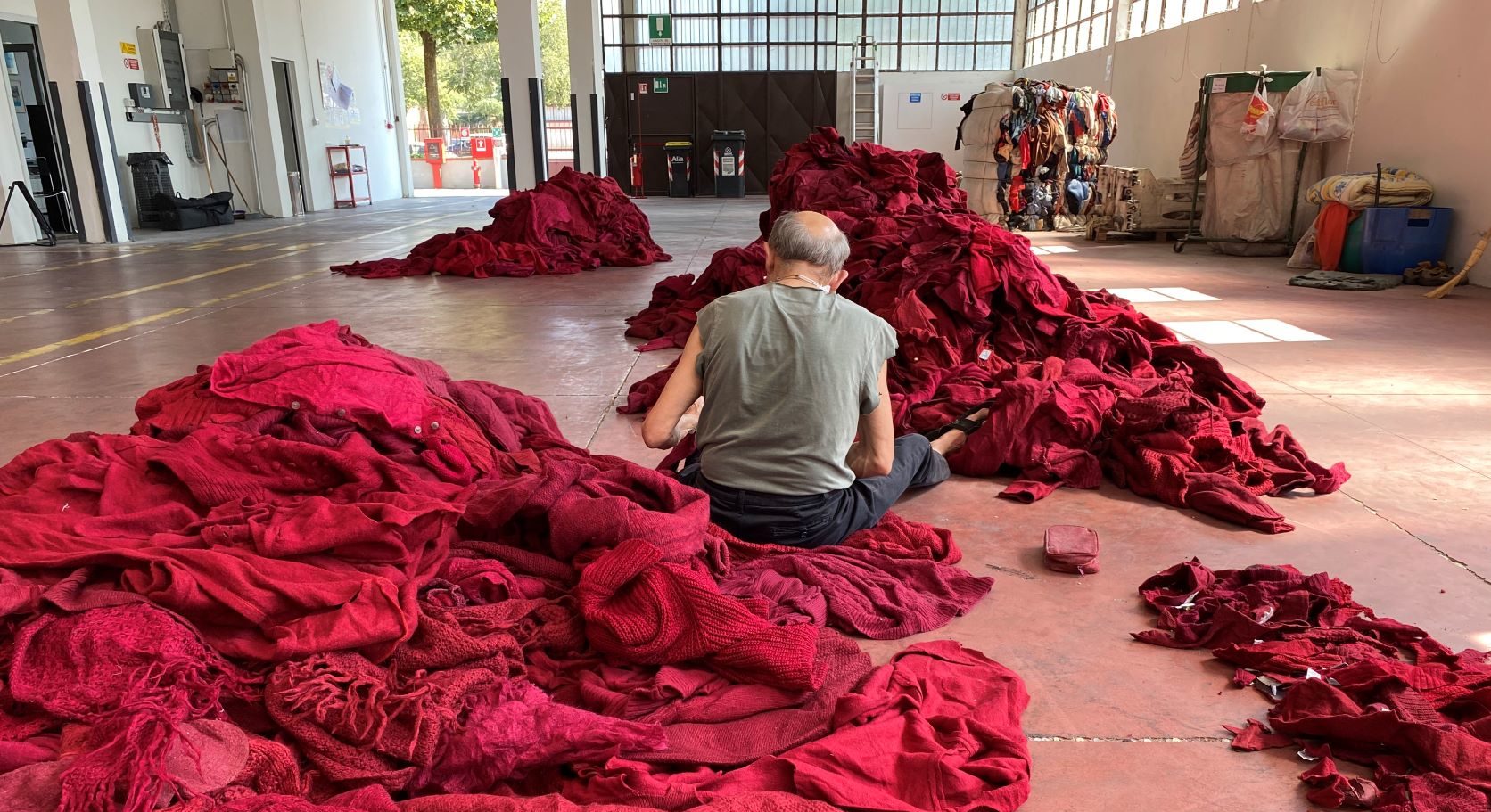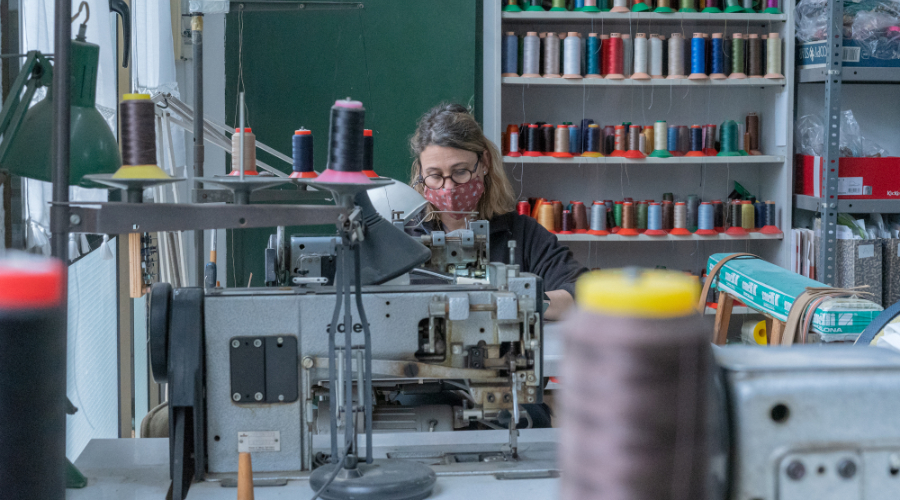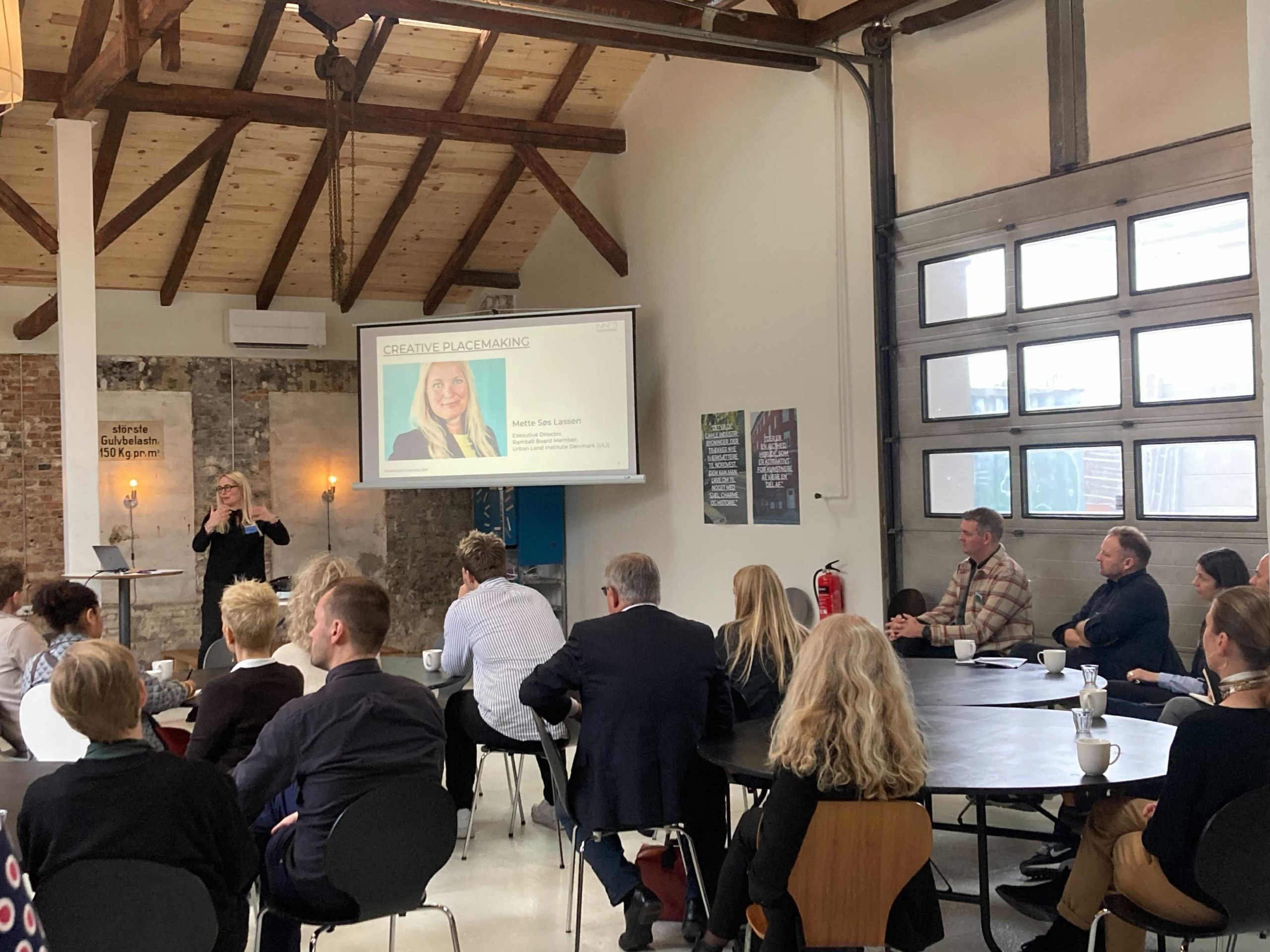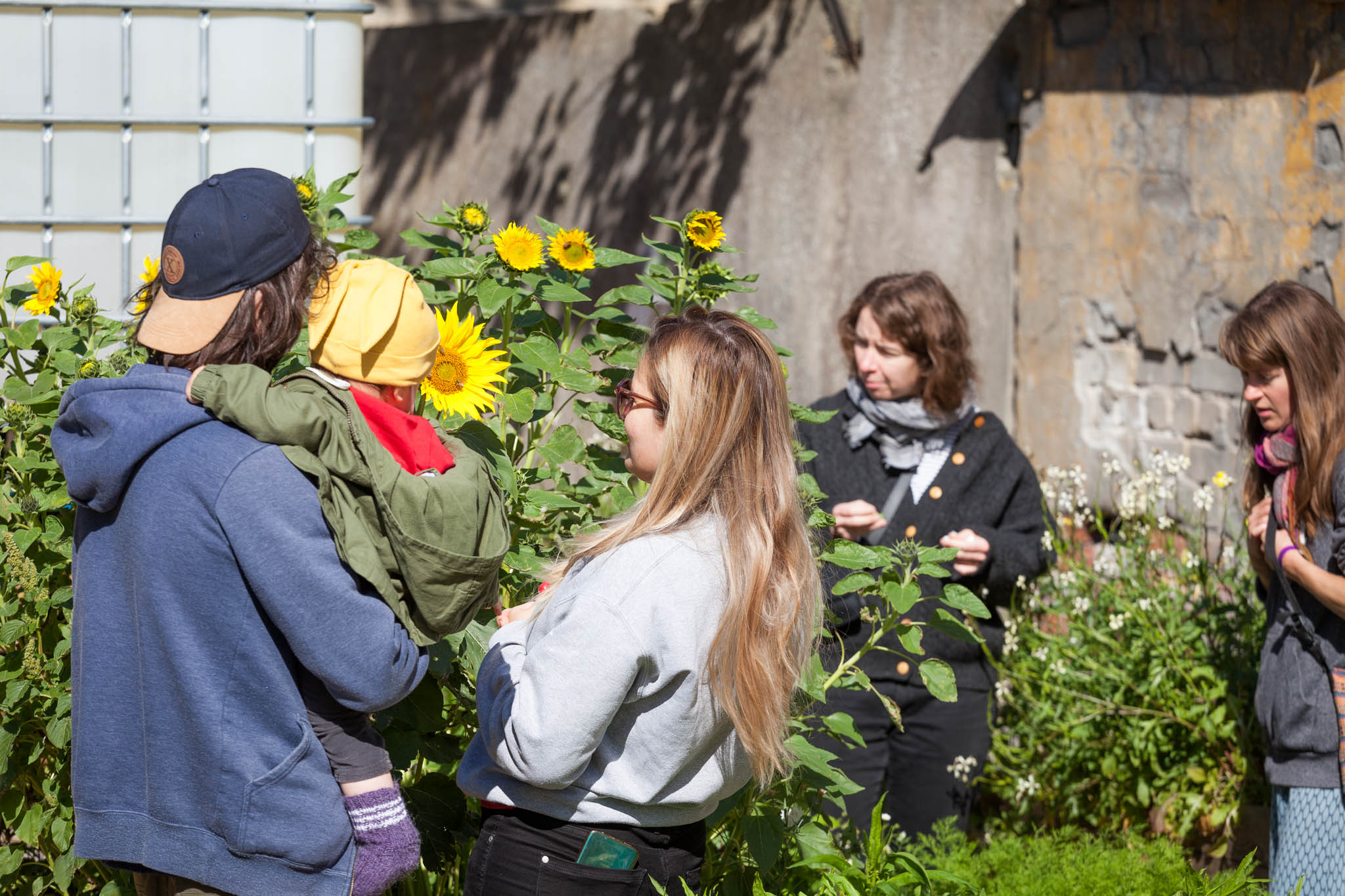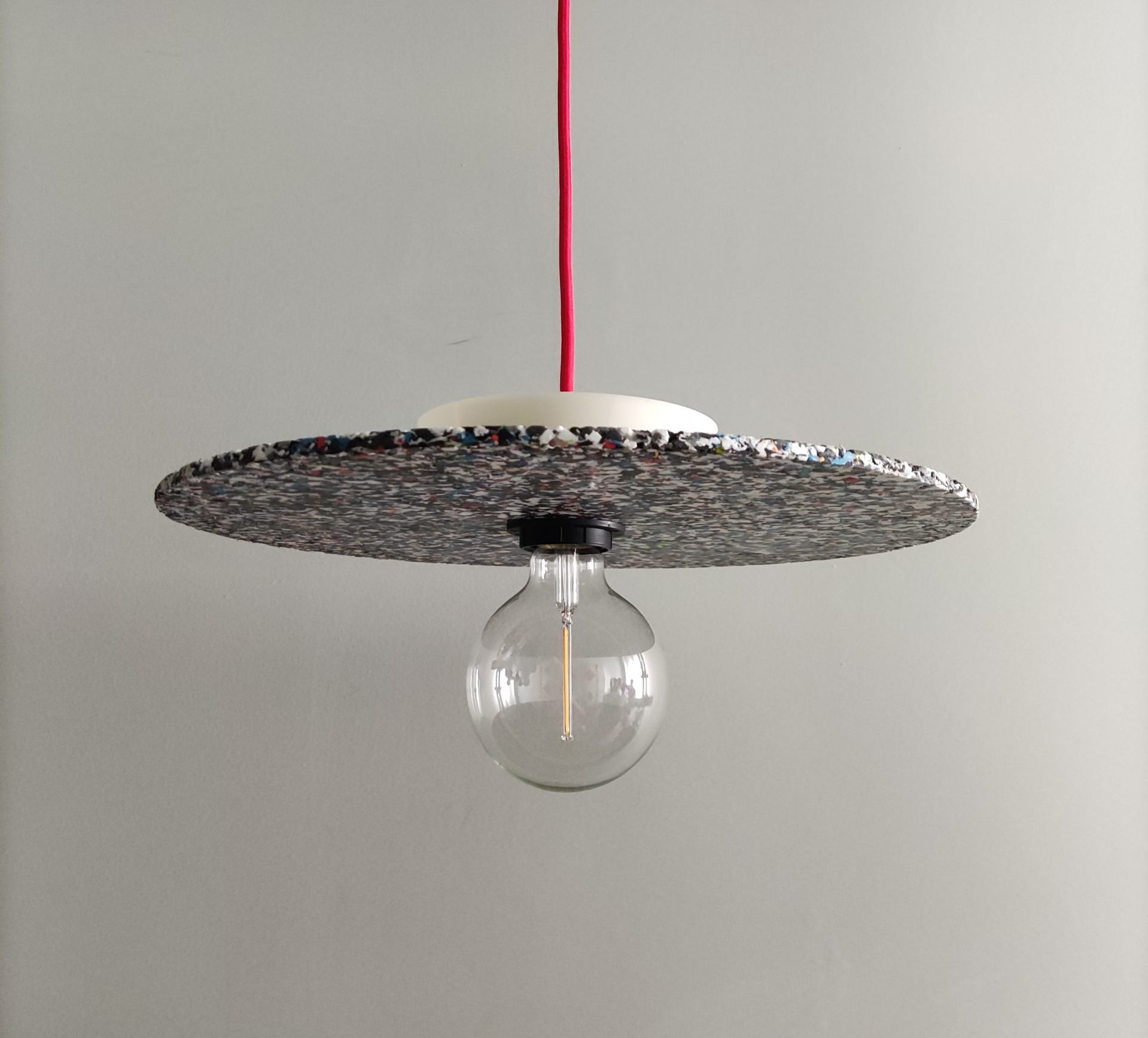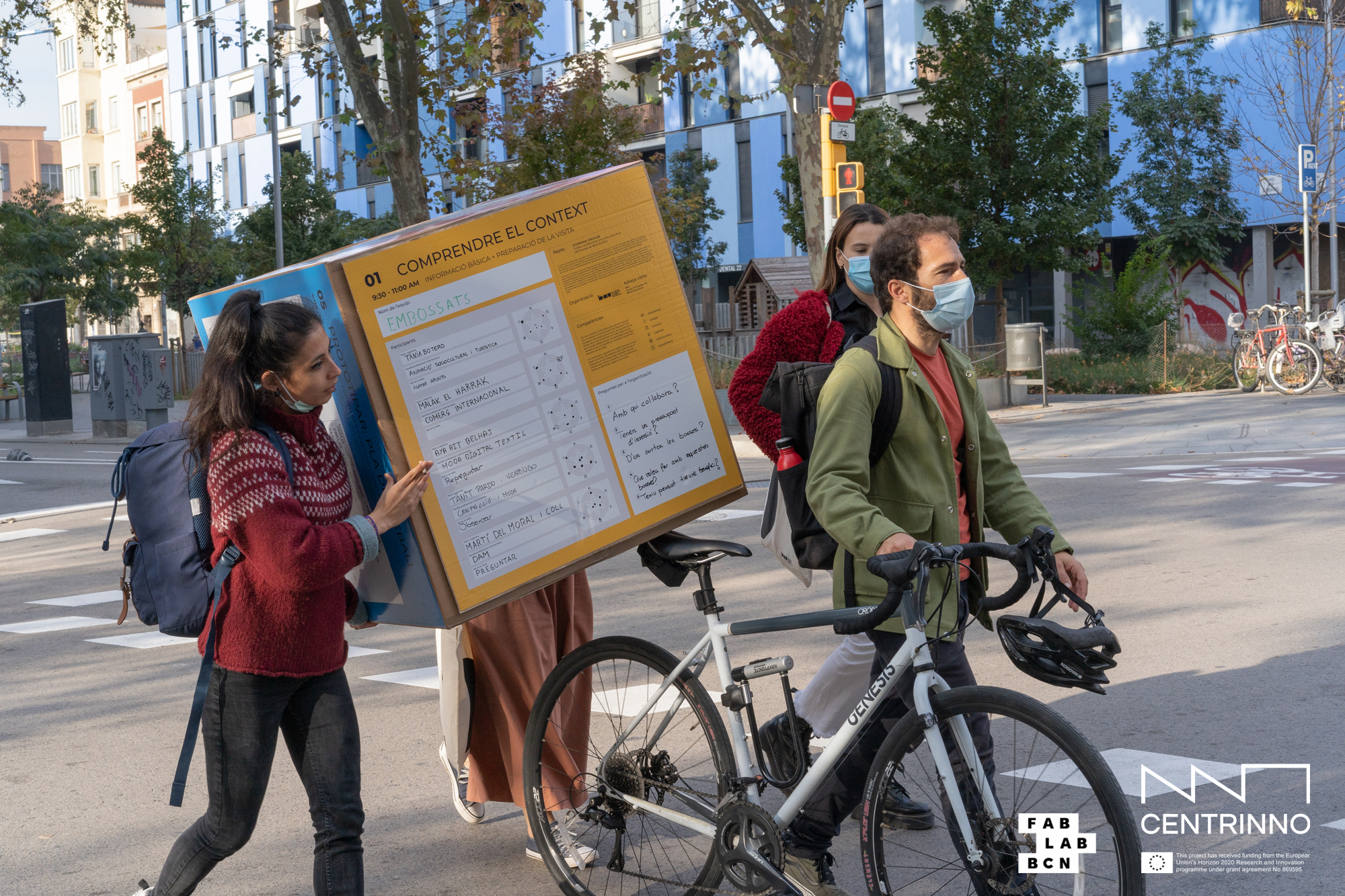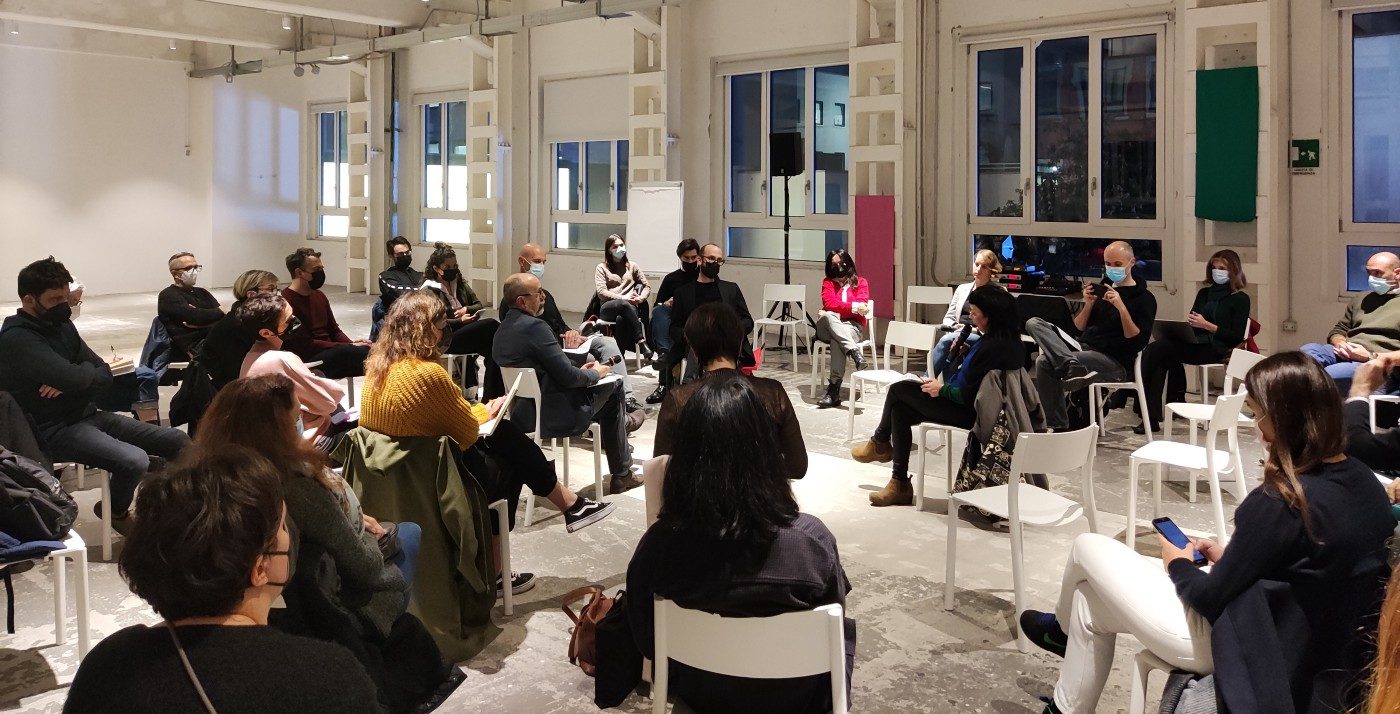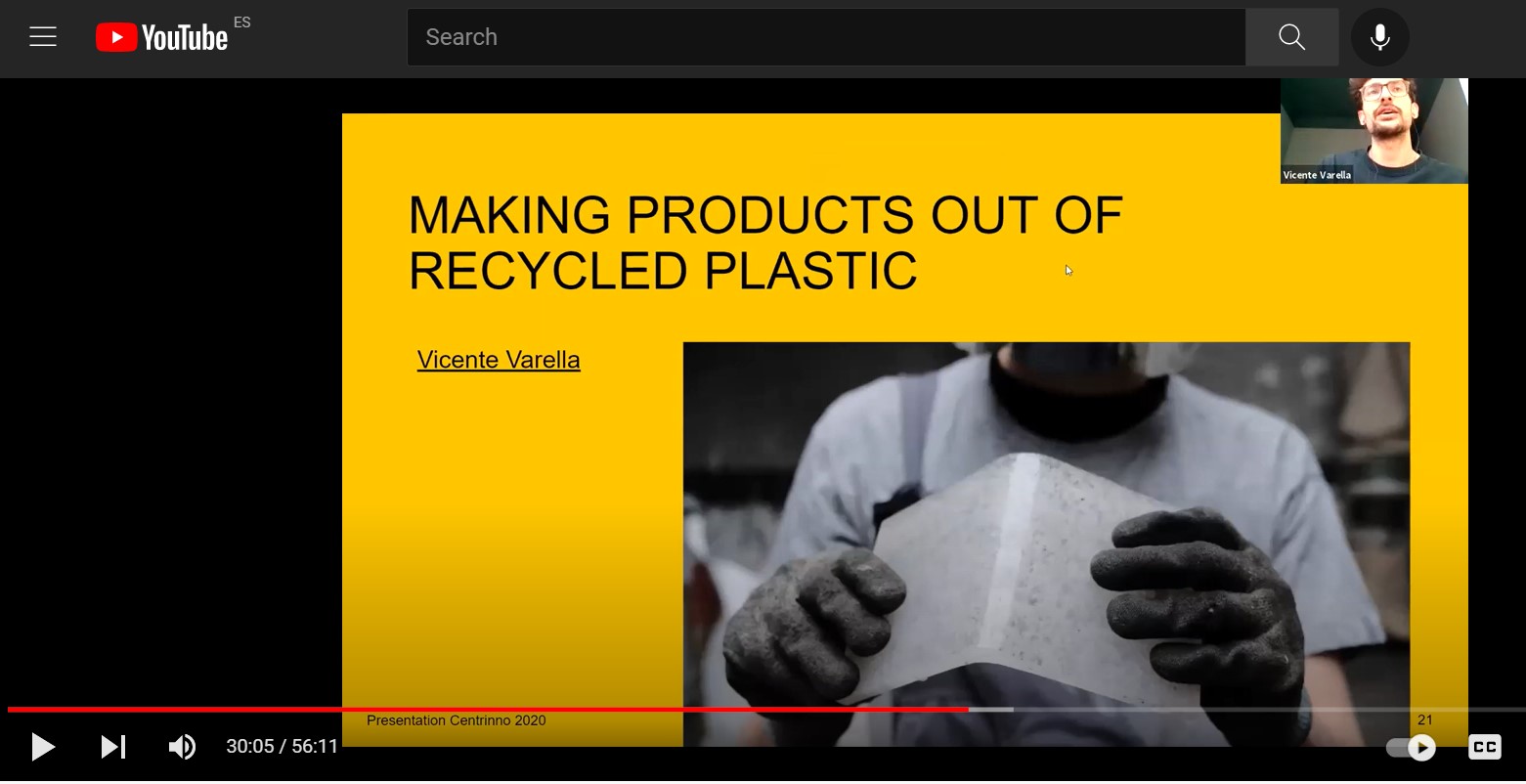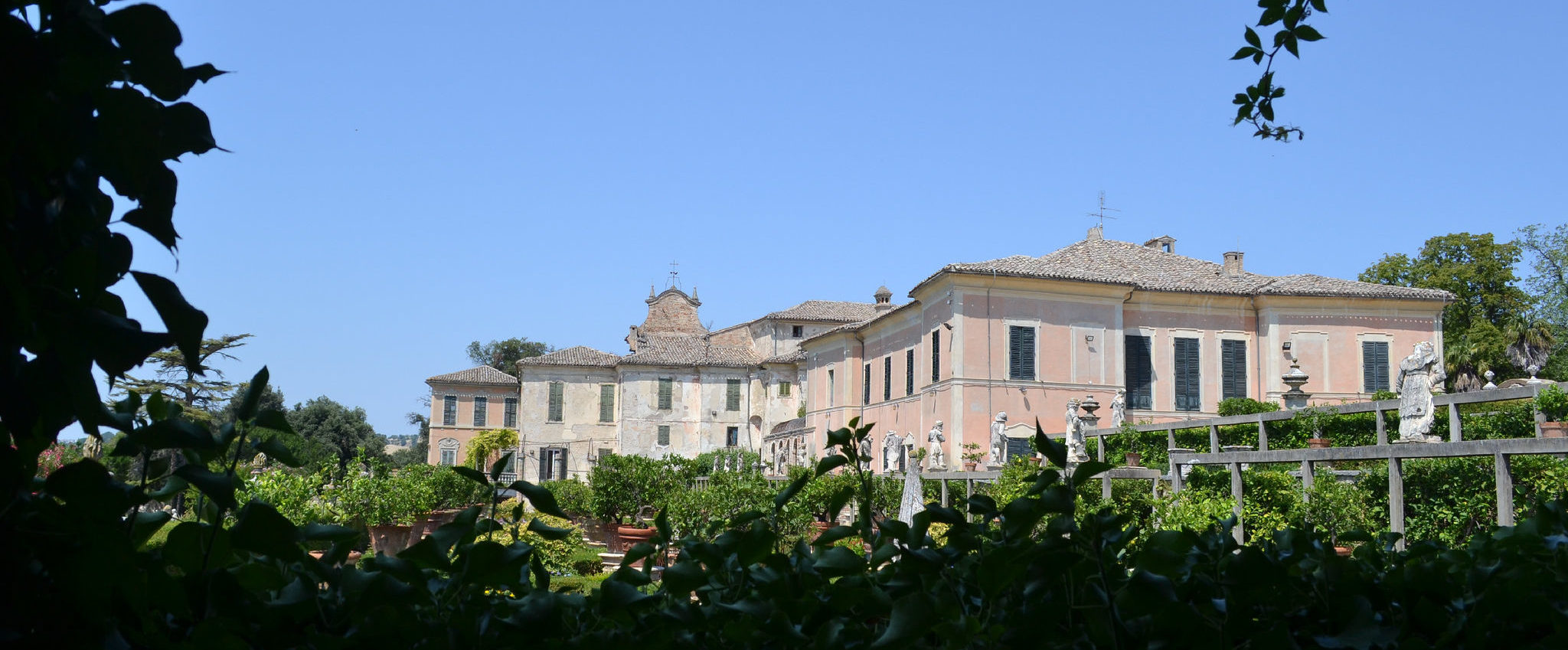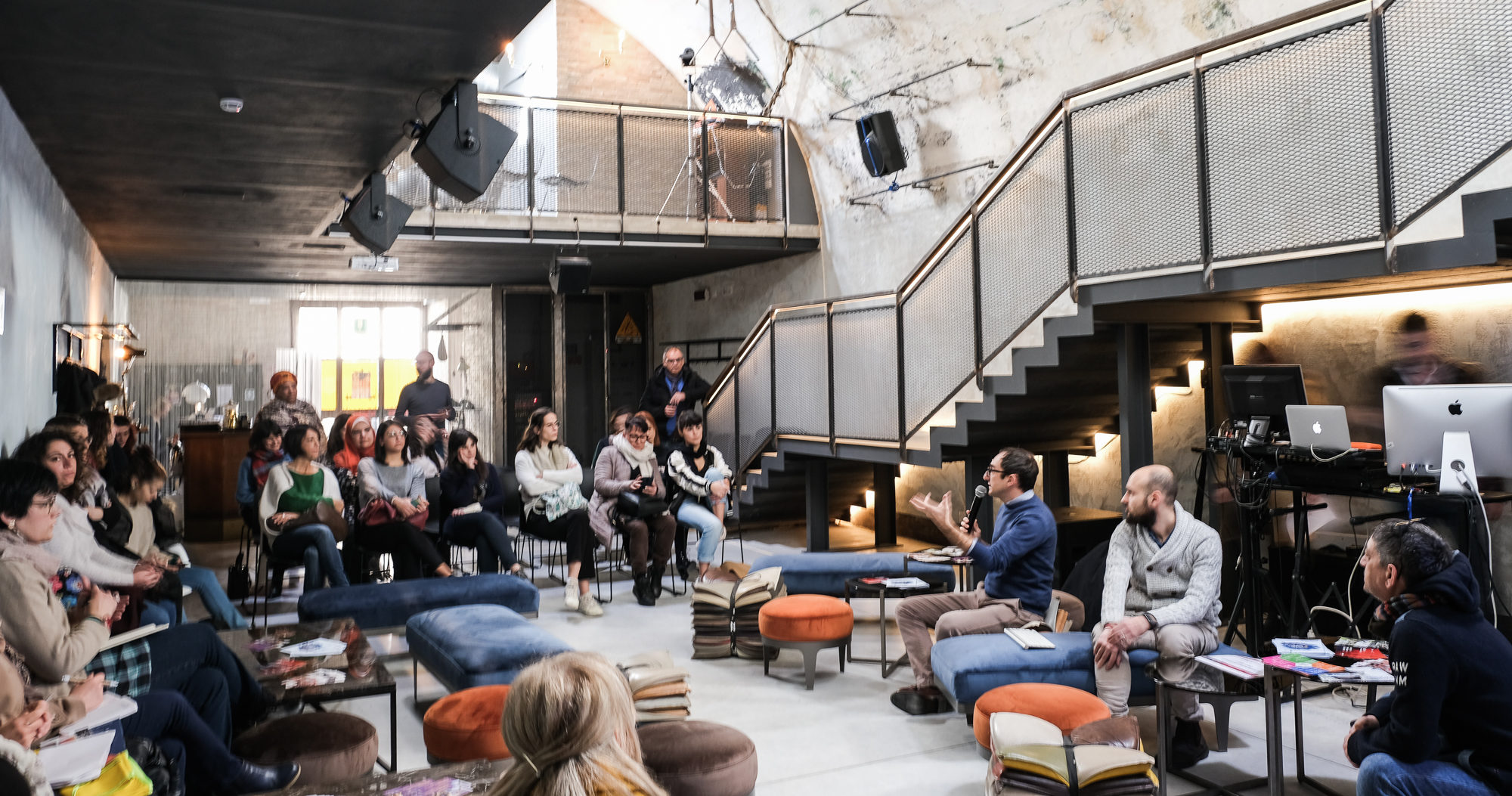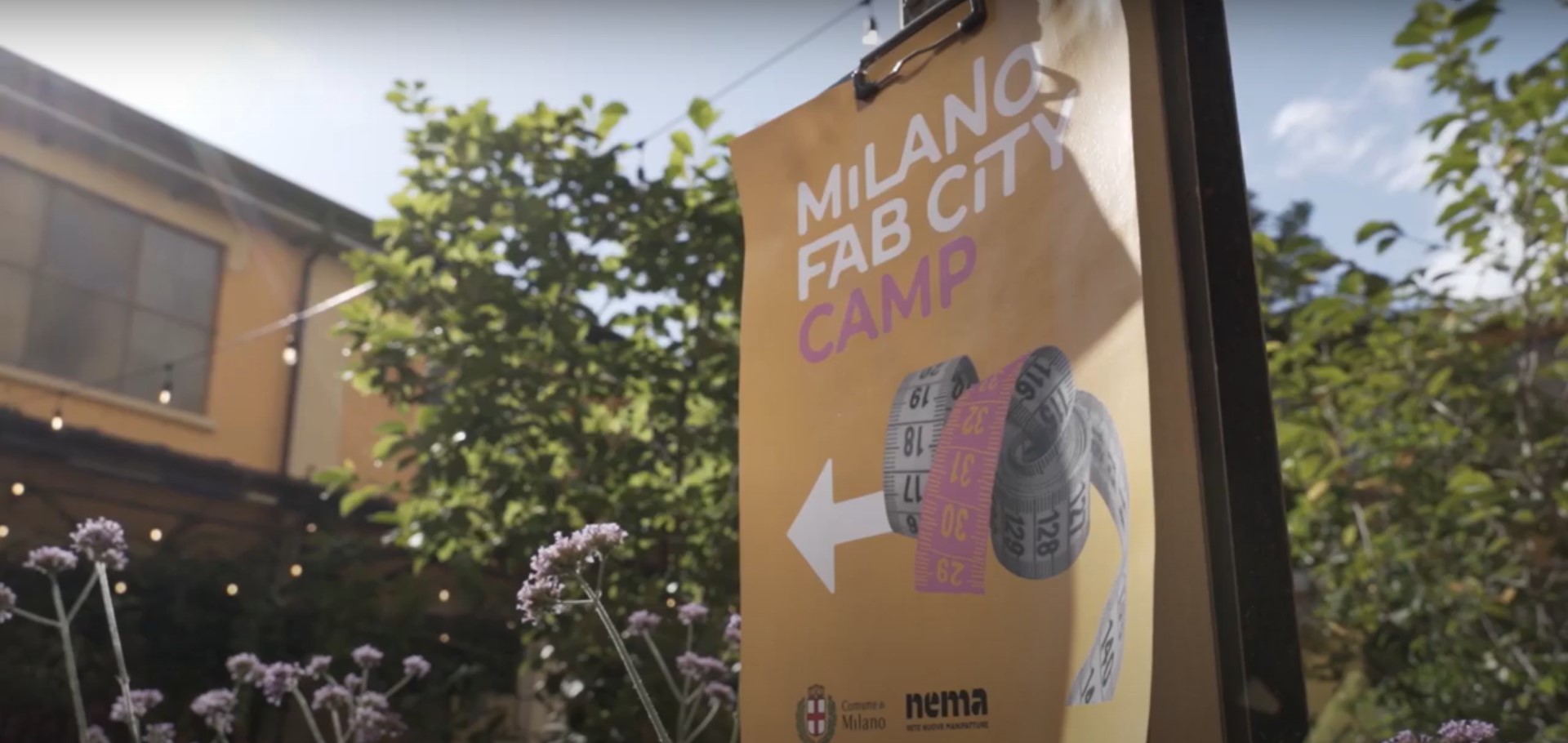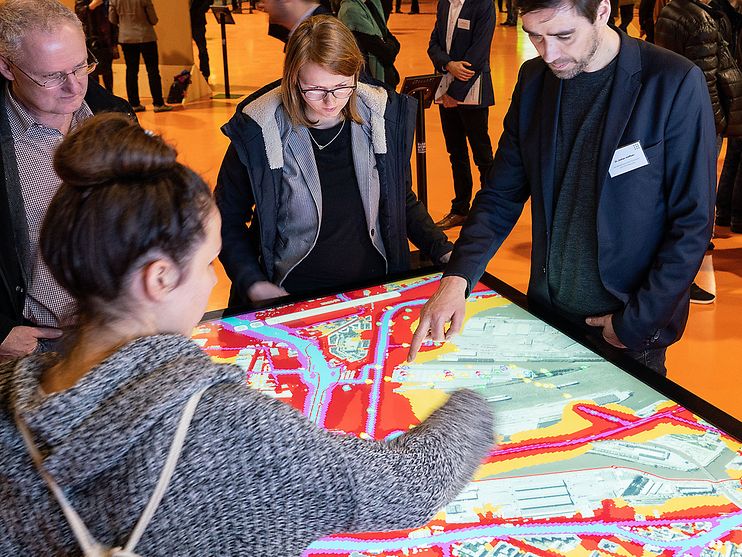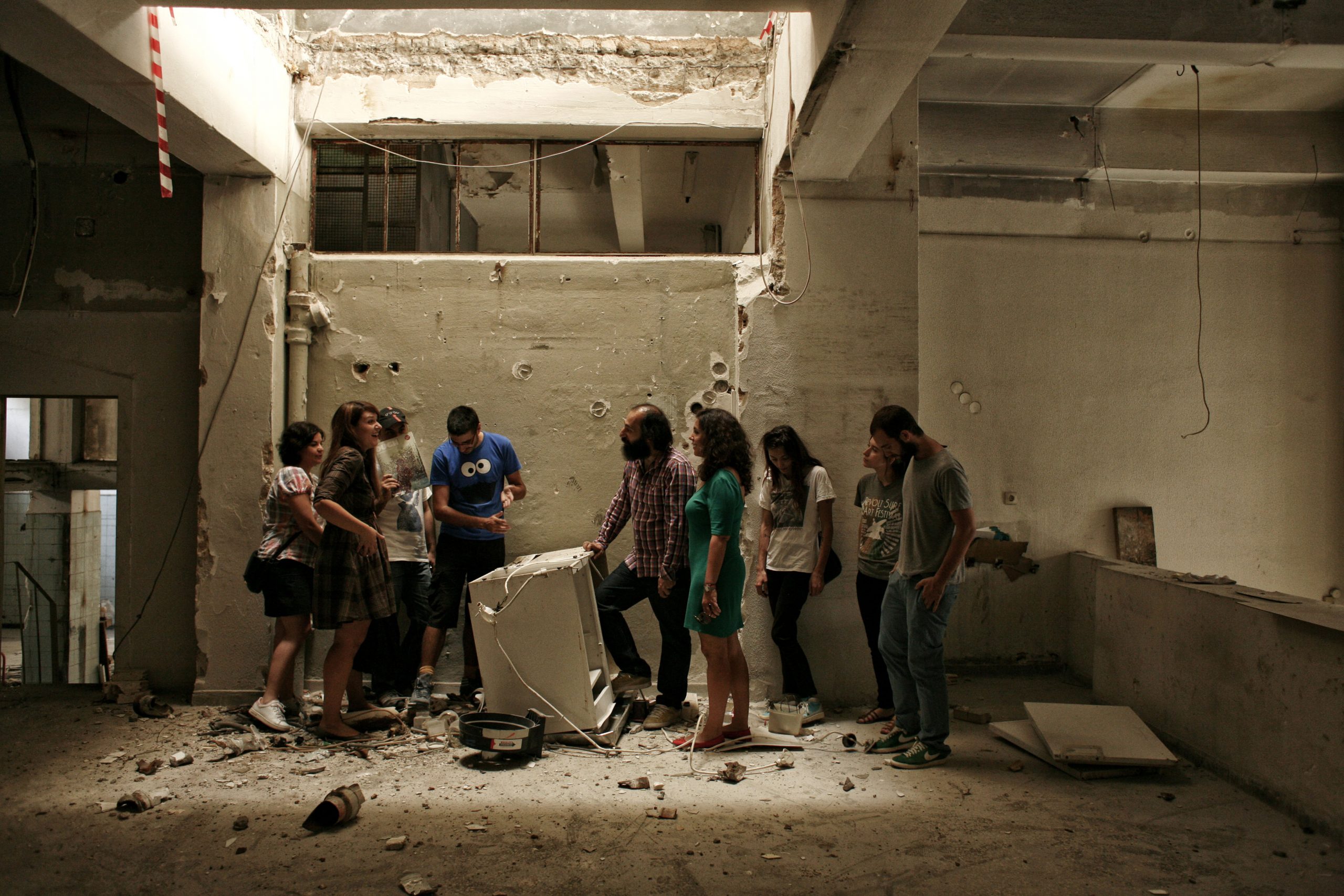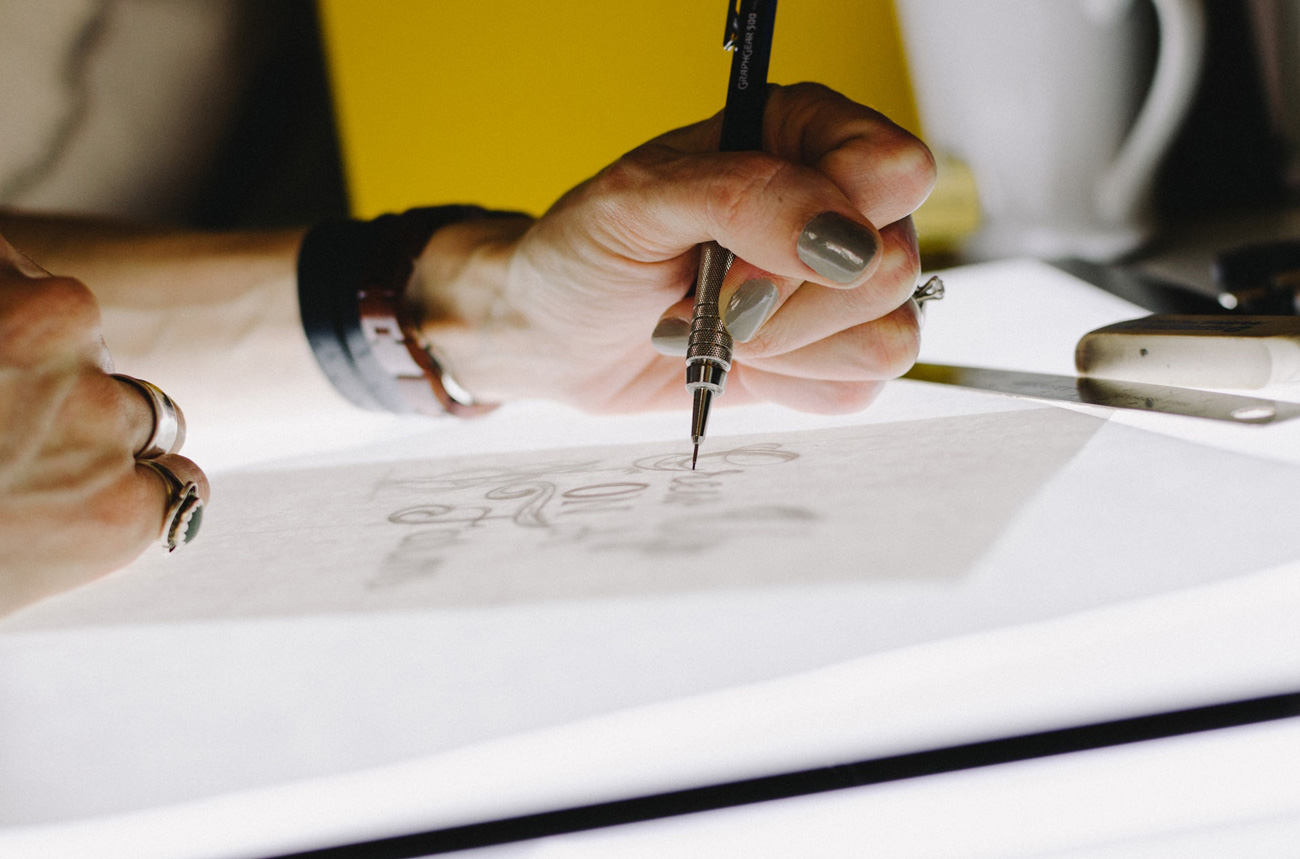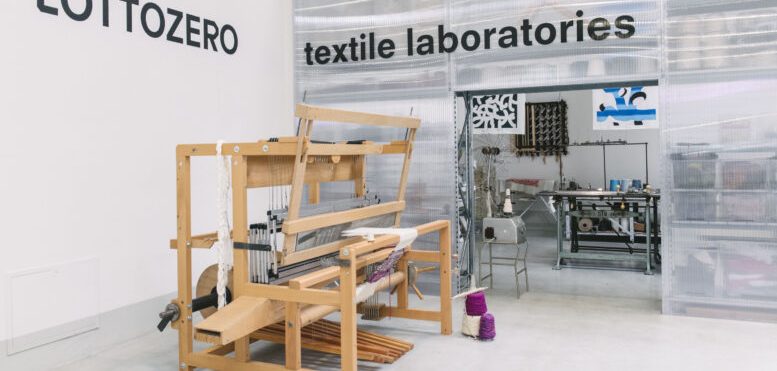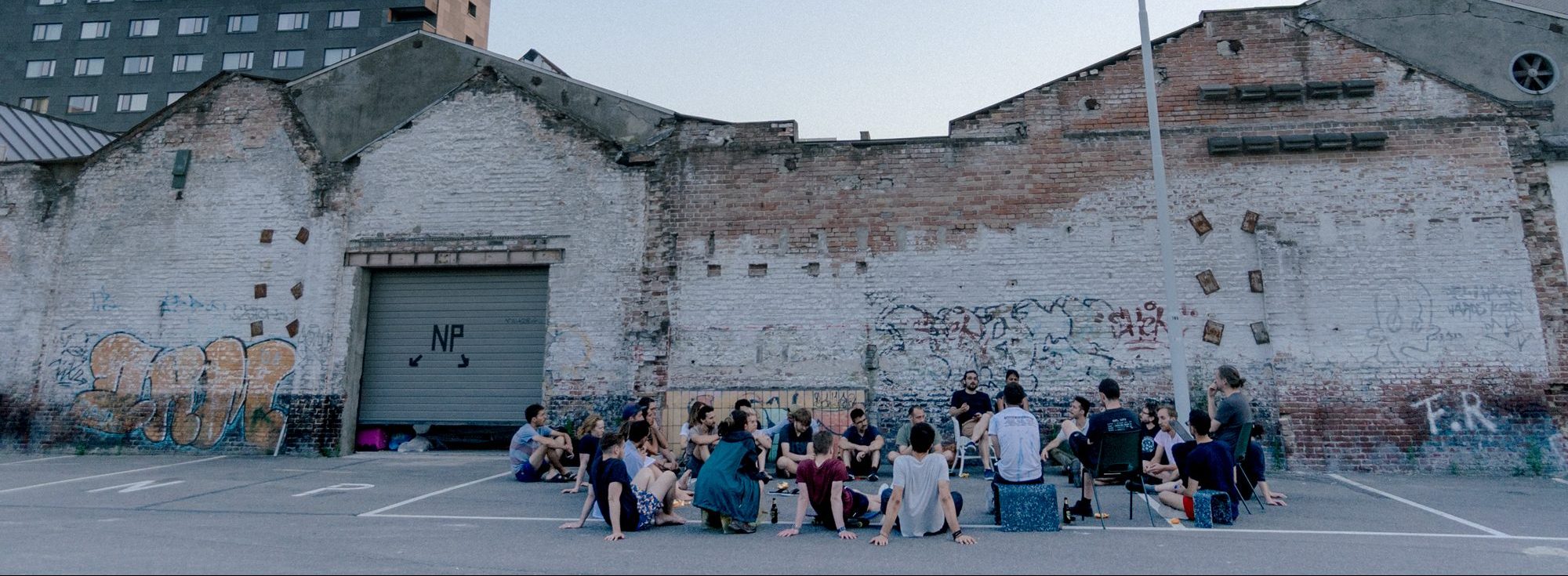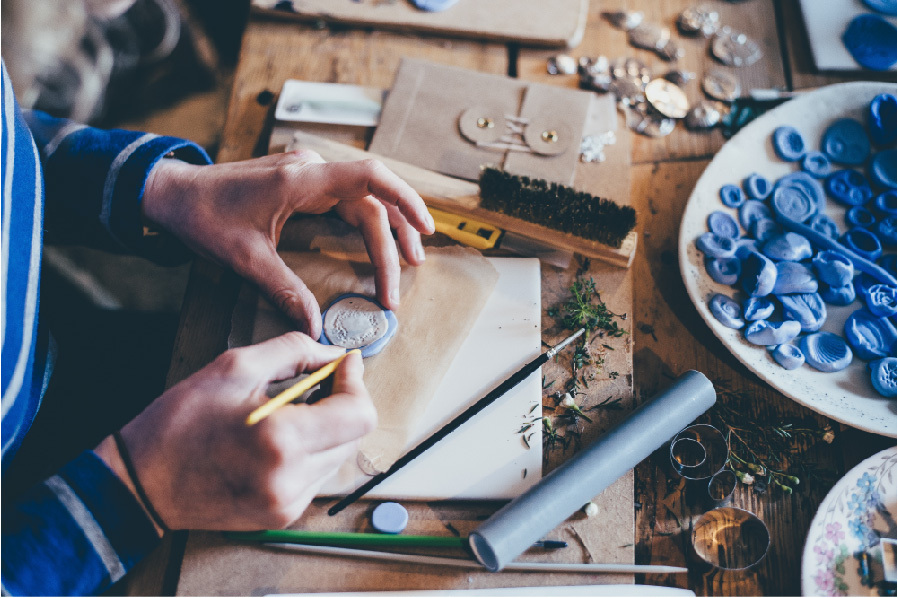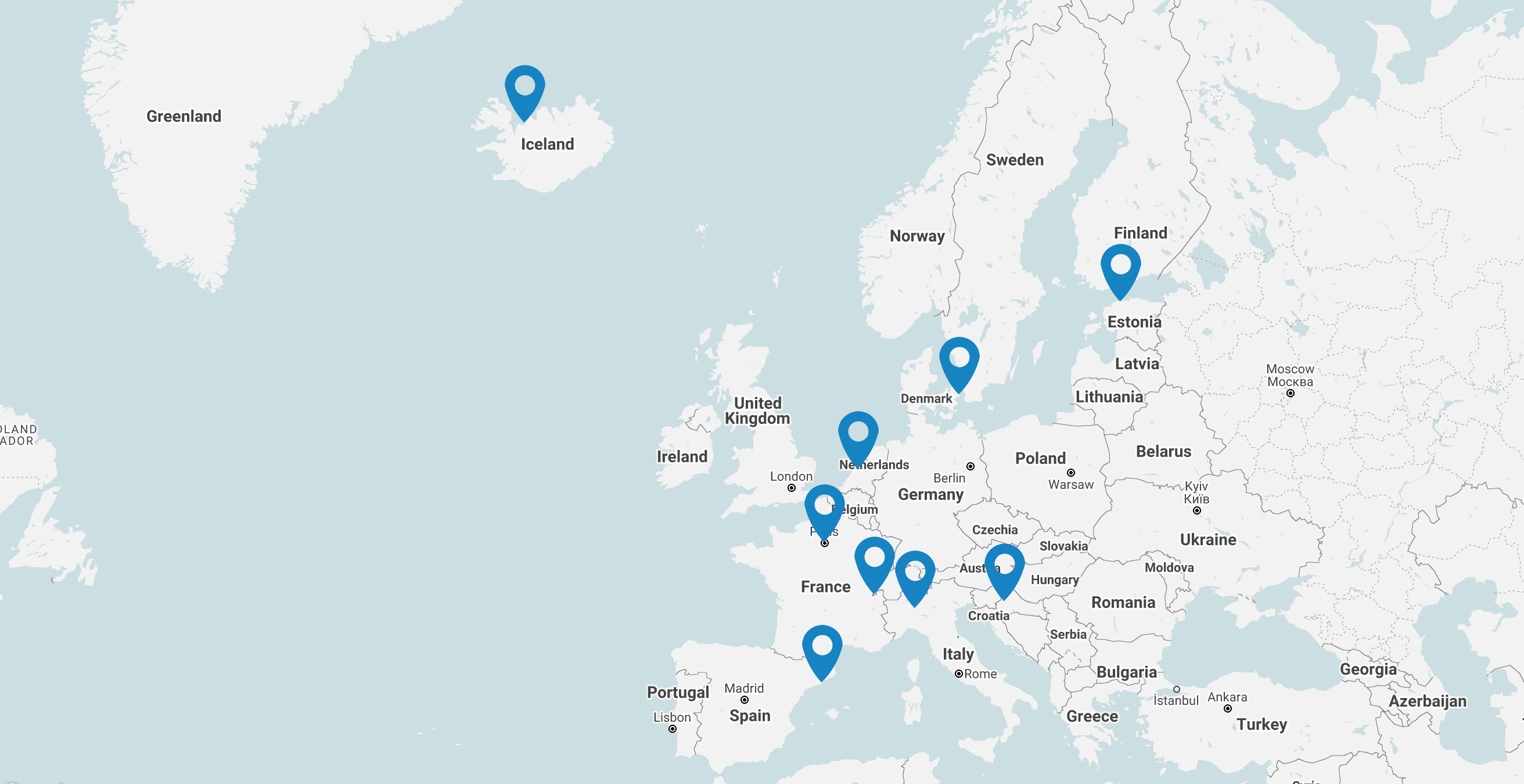BLOG
Local craftsmanship in a rapidly transforming area
Local craftsmanship in a rapidly transforming area
Local craftsmanship in a rapidly transforming area
Makership as a vehicle for a circular Amsterdam?
ABOUT THE PILOT AREA
Pilot area: Buiksloterham
As one of the last industrially used areas, Buiksloterham is an important inner-city “loop-closing” neighbourhood where remanufacturing, recovery and recycling of urban waste streams can take place. Yet, pressing housing needs lead to the conversion of remaining industrial land into residential uses. For the CENTRINNO Cartography, WAAG and Pakhuis de Zwijger have set out to portrait local makers and highlight their contribution towards local circularity. The goal of Amsterdam’s Cartography is to support lobbying for the needs of local manufacturers by communicating to the city administration why makers are needed to achieve the city’s circular economy goals.
The city of Amsterdam aims to be fully circular by the year 2050 where it envisions an economy that reuses all valuable materials without producing waste. A first step towards this goal is a 50% reduction of total virgin resource use by the year 2030 (Gemeente Amsterdam, n.d.-a). To transform Amsterdam, the city has determined four pillars as most important in contributing to circular development: participation, innovation, creativity and entrepreneurship (Gemeente Amsterdam, n.d.-a). The main material streams in focus are food or organic waste streams, consumer goods and built environment waste.
While we all have a role to play in making the city circular by 2050, Amsterdam’s makers and creatives could be at the forefront of this transition. Repair shops, tailors, mechanics and composters help reduce and reuse urban waste, while product designers and artisans create long-lasting goods for the city that can be recycled and reused locally.
In order to reach its circularity goals for 2050, Amsterdam will need to make sure its local, creative entrepreneurs and makers can stay and operate within the city’s sphere of production and consumption. For local makers and repair shops this sphere needs to be located near the greatest source of urban waste streams, that being the city center.
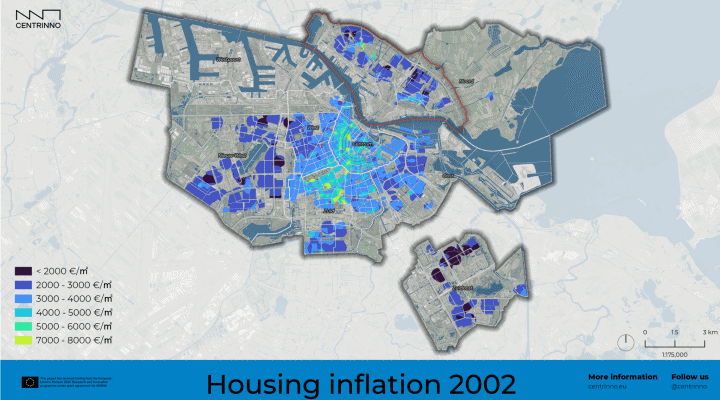
Map 1. Over time, entrepreneurs and creative makers have been forced out of the city-center due to this inflation. Source: Metabolic
One of Amsterdam’s main challenges regarding the retention of creatives and makers in the city is the ever-increasing cost of housing within the city (Boelhouwer, 2020). Inflation has already been occurring for several years around the center of Amsterdam and is now also rapidly affecting the north of Amsterdam, one of the last industrial areas in the city’s limits with affordable housing close to workplaces for creatives.
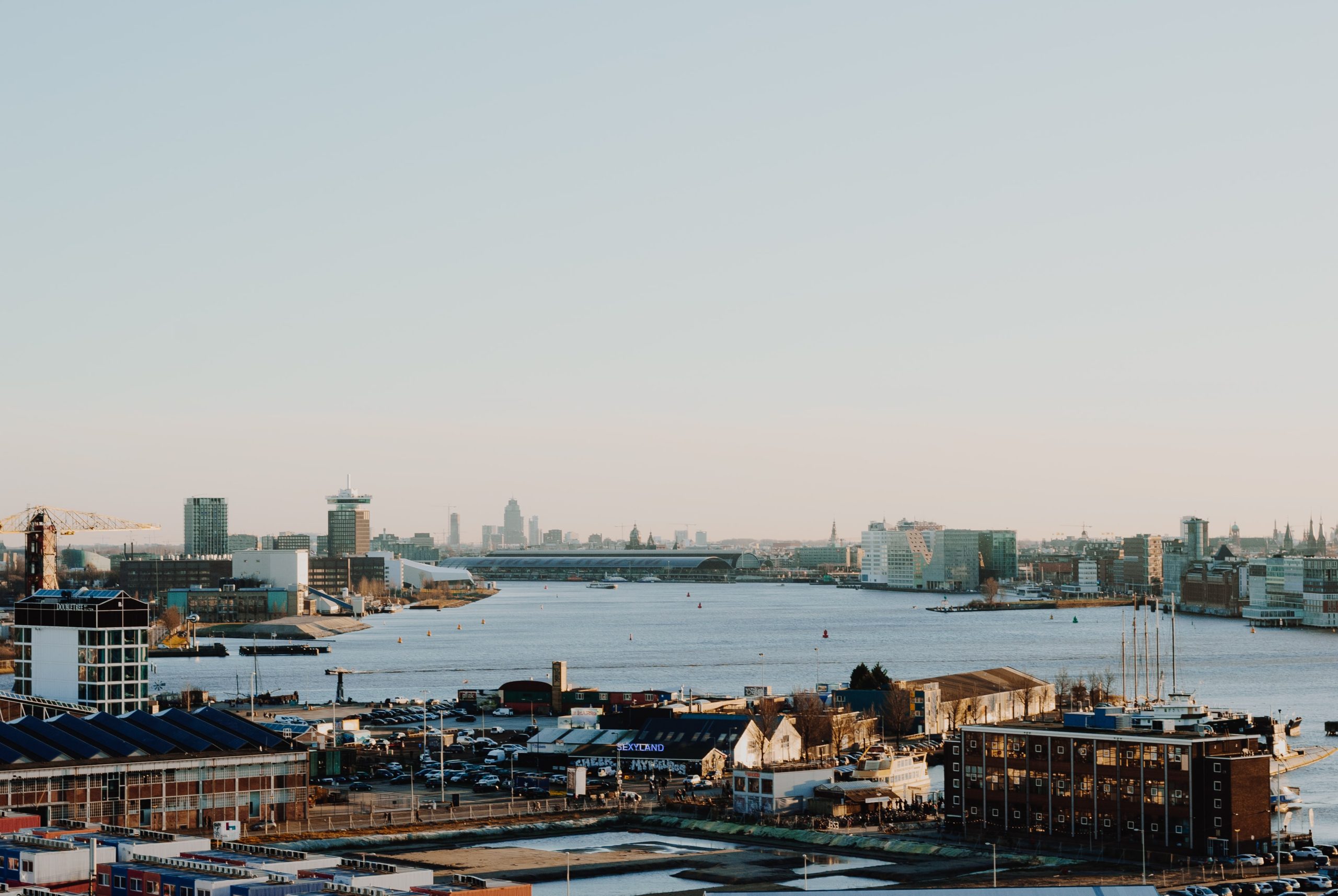
This increase in rental prices and the attraction of investment for further urban development in Noord puts pressure on the existence of working and living spaces, especially for businesses that require accessible industrial land. One of the last industrial zones in Amsterdam, where creatives and makers could thrive, is thereby under pressure, meaning the city is running the risk of permanently displacing an important accelerator and contributor to the circular transition. Yet, the extent of the disappearance of production businesses and makership from the city is not well-documented but silently happening as the transformation of Noord continues.
To give visibility to Amsterdam’s makers in Noord and their contributions to the city’s sustainability goals, we mapped ten ways on how makership in cities supports circularity.
Mapping makers in Amsterdam –
Ten ways that Amsterdam’s makers contribute to circularity
Check out the map and presentation here.
Towards a Maakschap Map of Amsterdam Noord
The KUMU mapping efforts show the great potential value the diverse selection of makers in Amsterdam Noord brings to the city’s circular transformation. It also, however, highlights the large share of makers who are unsure of being able to continue their practice in Noord in the coming years. To counter this challenging environment for makers and creators, the Amsterdam pilot aims to bring the value and potential of local creatives and craftspeople, such as woodworkers and product designers, to the forefront of Amsterdam’s circular development. The first step in this process is to bring all together under one umbrella as a ‘Makers Collective’. Through a collective approach, the voices of many can be leveraged to more strongly lobby policy makers into filling the gaps of infrastructure needed for a circular maker economy in Amsterdam, while simultaneously creating a network which can enhance collaboration and circular progress.
We invite all makers in Amsterdam Noord to join our Maakschap Map to give visibility to the diversity of skills, resources and expertise that our makers contribute to a thriving, circular and participatory urban economy.
What is coming up?
Moving forward, we will continue our focus of creating a strong network of makers in Noord and partner with them to co-create a vision of what makership in the city might look like in the future. In the coming months, we will continue to work within the maker community in Noord to co-create a strategy in working with the municipality to address the pressing concerns they have about space in the city. To do so, we will first engage in exercises that help visualize how the landscape of makership has changed over the years to understand how we might best plan for the future. Our intent is not to take a top-down approach to prescribe what the path forward might look like, but instead work to strengthen the existing network of makers, understand what struggles they currently face, and support them in tackling these challenges.
Our team is also joining forces with another ongoing project: De Ceuvel, that currently works on a plan for a centralized creative shared workspace within a new development proposal in Noord. Collaborating with De Ceuvel could help us to fill critical infrastructure gaps, such as composting, special machines or workspace, that are currently underrepresented amongst the decentralized network of makers in Noord.
